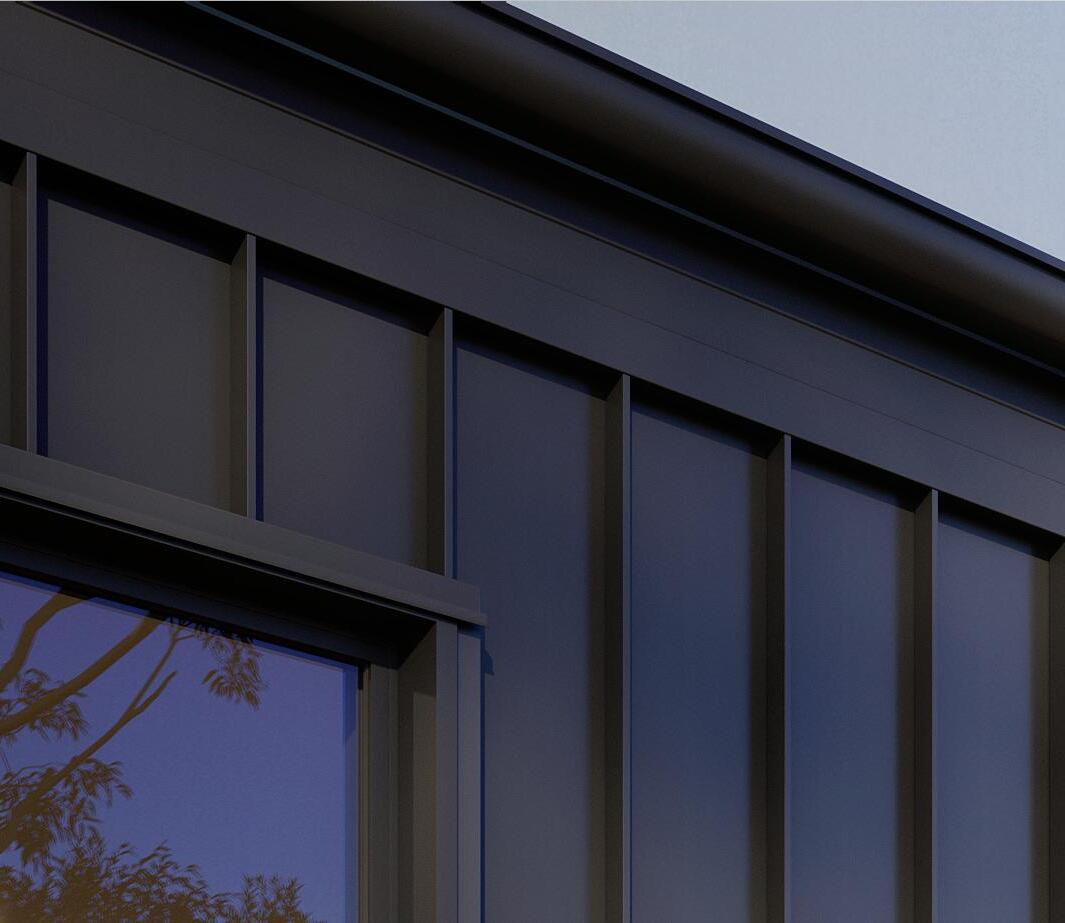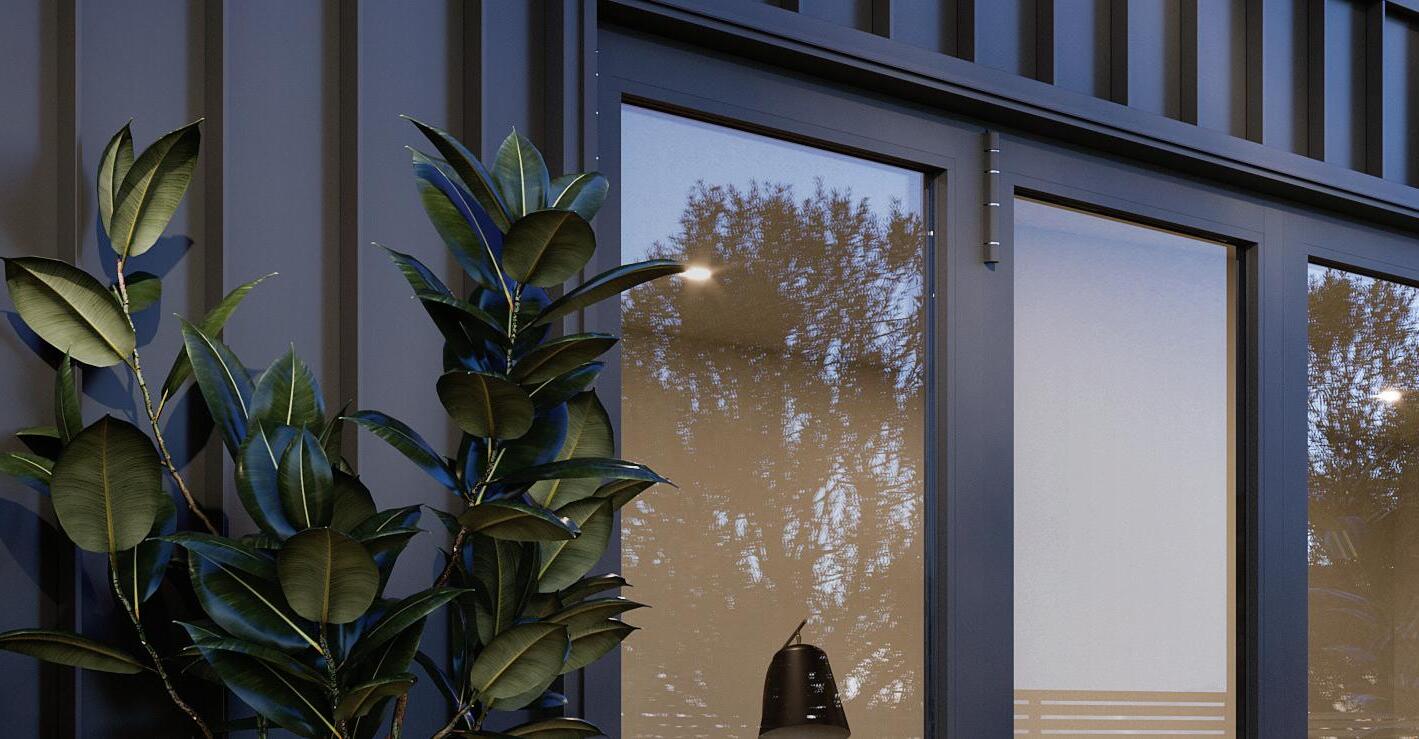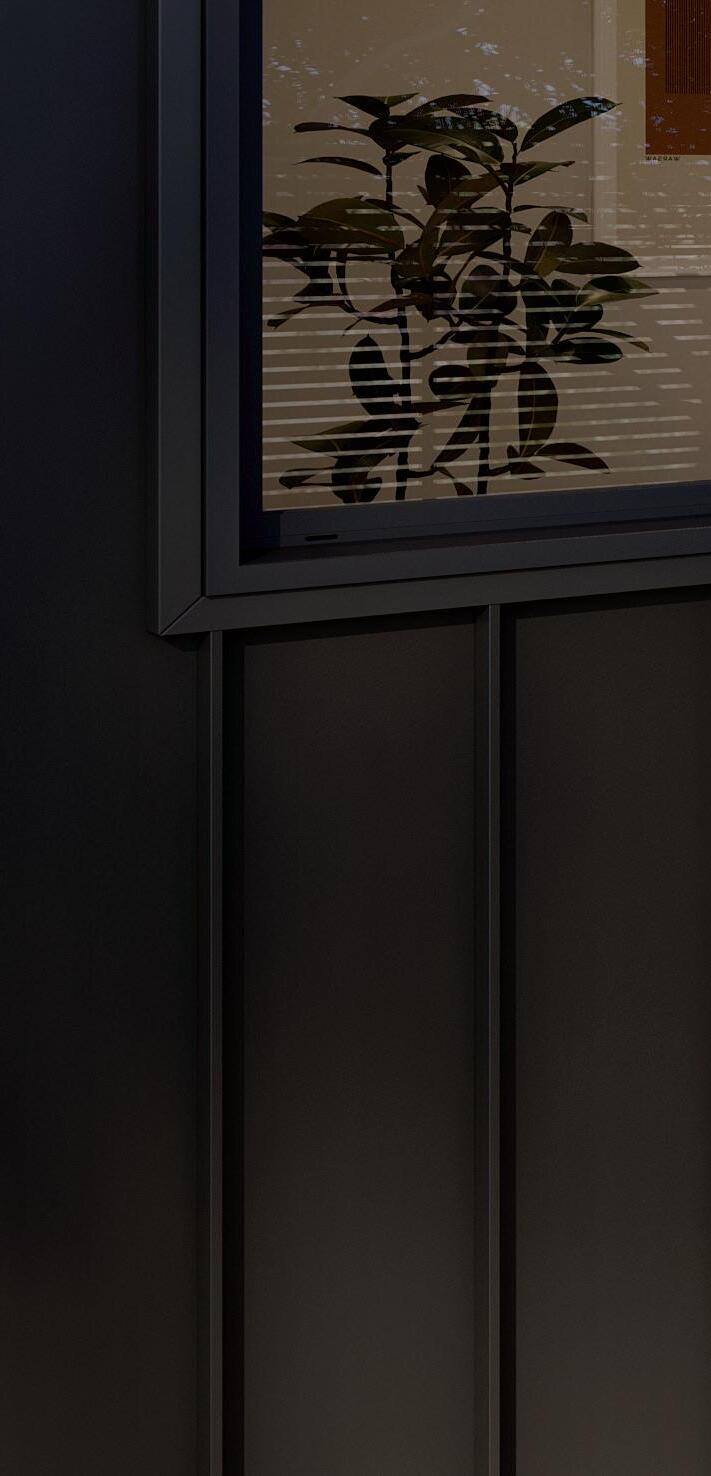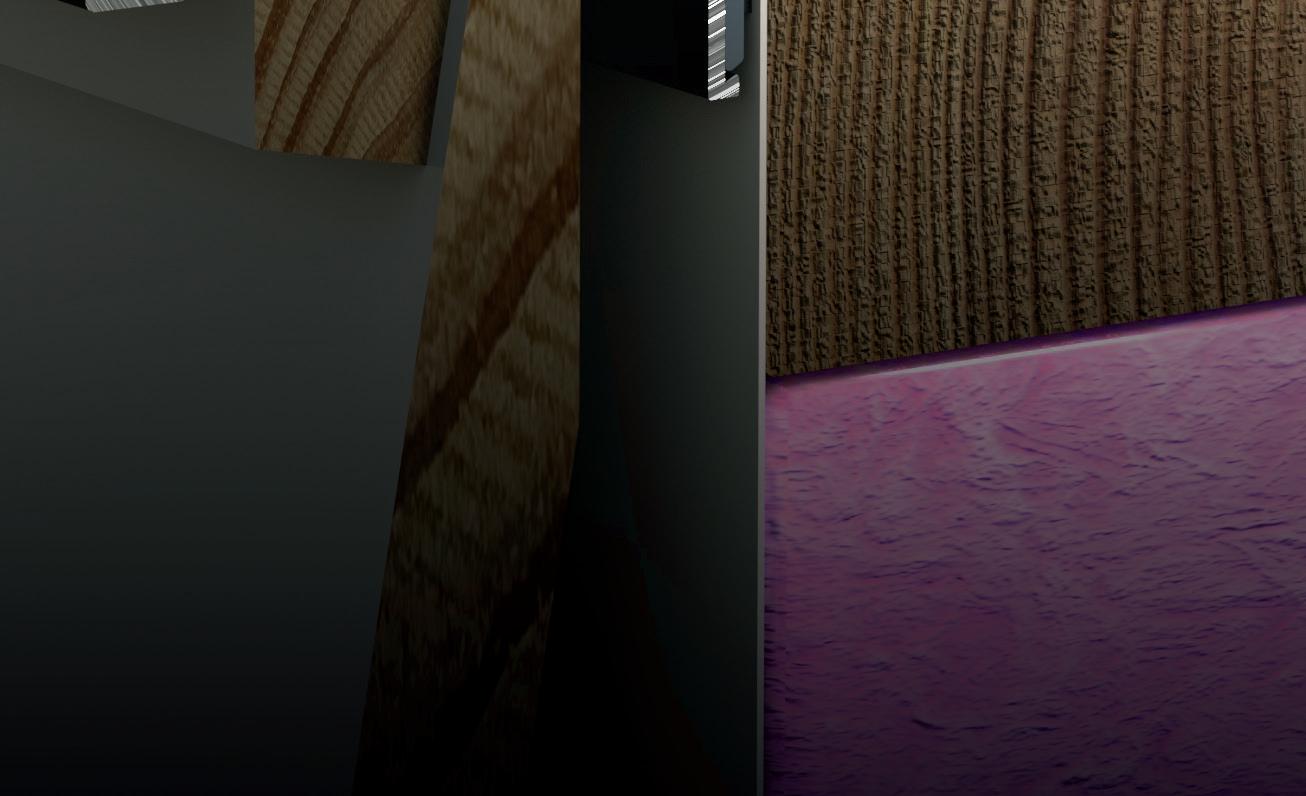




For Jason, Ferrari’s famous Formula One international-circuit workshop is the pinnacle of how to operate.
He models Ferrari’s attention to detail, precision engineering and lots of thinking, at the massive new Red Stag Cross Laminated Timber plant at Rotorua.
Red Stag uses cutting edge technology on premium pine timber to craft huge Cross Laminated Timber panels, up to 19 tonnes each, to specifications within a millimetre.


Red Stag supplies throughout New Zealand and is about to build another production line to keep up with growing demand for commercial buildings which are safer, quicker to build and store carbon in the wood.
But Jason still observes the human attraction for timber as a natural material. Everyone who visits the plant, he says, will stroke the timber in appreciation the first chance they get.
www.woodourlowcarbonfuture.nz
JASON CORDES Red Stag | Rotorua6: Risk management for residential building projects

In this issue of Builders & Contractors we kick off with some home truths, looking at risk management in residential building projects. With a nod to the current uncertain economic climate, we look at the relationship between land prices and infrastructure development, how to drive your company down the path to success, and five cashflow strategies you need to know.

There are pieces on the significant changes to a leading construction contract, building smarter to cut carbon emissions, how to get your head around goal setting, the Master Electricians Apprentice Challenge and the 2023 Concrete Industry Apprentice of the Year.
As always, we thank all our columnists for their expertise, along with the views, opinions and predictions of all those who contributed, to help you manage the risks you face each and every day.
8: Five cashflow strategies you need to know
10: How to quell the tyranny of urgency
12: Big changes to leading construction contract
14: Getting your head around goal setting

15: Land prices and infrastructure development
16: Driving your company down the path to success
19: Holcim New Zealand’s low-carbon initiative
20: Building smarter to cut carbon emissions
22: Building Code changes for plumbing, drainage and fire protection
27: Master Electricians Apprentice Challenge
30: HERA recognises leading metal minds

Page: 76
34: Getting to grips with steel corrosion
36: The advantages of steel framed housing
37: Patton’s engineering and design solutions
40: The benefits of hiring an accounting company
44: A resilient, low-carbon, concrete way forward
46: The Concrete Industry Apprentice of the Year search begins
50: Improving slurry management on building sites

56: Working safely at heights
64: The right tools for serious jobs
66: Developing vehicle technology and its impact on safety
68: Looking out for your mates
72: The ever present danger of asbestos
76: Upgrading midtown Auckland

Editor
Head Office Auckland Office
38 Lowe Street
Addington
Christchurch 8011
Phone: (03) 961 5050
Email: admin@academygroup.co.nz
Web: www.academygroup.co.nz
Readers: Construction/building industry leaders and decision makers: government & trade organisations, site safe members, business owners and professionals in the industry.
Nationwide Distribution: Mailed directly to a carefully maintained list of decision makers and subscribers for 25 years.
Builders and Contractors, a national trade newspaper targeted directly at New Zealand's building and construction industry. For some time we were aware that, although the building and related trades were generally covered individually by some trade journals, there was no amalgamated news link for trades as a whole, especially on a nationwide basis.
This void has been successfully filled by Builders & Contractors. Distribution is by way of various outlets: PlaceMakers, Mitre 10, Builders Hardware, I.T.M., Carters, Site Safe Members, Home Ideas Centre, timber companies, hire companies, together with our database direct mail drop to architects, draughting professionals, consulting engineers, building consultants, designers and local Councils. By these means we aim to reach one of the most powerful buying groups in the industry.
80: Oamaru harbour upgrade forges ahead
Does your company have any exciting projects or products you would like to feature in an upcoming edition of Builders & Contractors?
Please contact us to discuss:
Editorial: Jonathon Taylor Phone: (03) 961 5098 editor@academygroup.co.nz
PO Box 1879, Christchurch, 8140
reproduced without written permission.
Production:
Jarred Shakespeare Phone: (03) 961 5088 jarred@academygroup.co.nz
Sales Manager: Monice Kruger Phone: (03) 961 5083 sales@academygroup.co.nz
www.buildersandcontractors.co.nz

I have previously written about risk management in the commercial setting. This article focuses on the typical array of risks that arise in residential projects, which differ from commercial projects in many respects.
For a start, it is probably the most expensive, protracted and stressful undertaking that most homeowners will encounter in their lives. Therefore, unless they are seasoned investors or developers, they will have more emotion invested in the project than commercial property owners do.
They will also have relatively little experience in managing such a project, and almost invariably they, will be doing it without an engineer to the contract or some other form of project manager. Furthermore, they will be operating on a very tight budget with very little capacity to accommodate price escalations or complex disputeresolution processes.
But, on the flip side, the final differentiating factor is that compared to commercial property owners, they have an abundance of rights and remedies they can use to hold the residential builder accountable –ranging from the law of contract, the tort of negligence, the implied service guarantees in the Consumer Guarantees Act 1993, the implied warranties in the Building Act 2004, and the 12-month defects remedy in the Building Act.
The latter three can’t be contracted out of.
In addition to that, because most residential building work is required to be carried out or supervised by a variety of licensed building practitioners (“LBPs”), an aggrieved homeowner can file a complaint about the LBPs involved in the project, with the Building Practitioners Board (the “BPB”).
However, the ironic thing is that because most residential builders supply materials and perform building work in advance, and then hope to get paid for them afterwards, homeowners have a far more powerful selfhelp remedy available, which does not even require them to establish the merits of their case – and that is to not pay the builder’s latest invoice.
That is frequently regarded by the homeowners as a perfectly satisfactory outcome to the dispute, and it forces the builder (who has already paid up to 80 percent of the invoiced amount
to the building materials suppliers and subcontractors), to initiate expensive and time-consuming disputeresolution procedures.
Because of that, any examination of risk management in residential building projects needs to focus as much on the residential builder’s risk as it does on the homeowner’s risk.
Leaving aside the residential building divisions of the large construction companies, residential builders are typically small firms who don’t have specialist personnel on the payroll to thoroughly document payment claims, variation claims and extension of time claims, and to comply with the strict formalities and deadlines that are characteristic of the commercial construction contracts.
Those contracts are simply unrealistic in a residential setting, unless the contract price is in the seven figures and the building company is better resourced than most.
To put it in perspective, the owneroperators of residential building firms are in many instances less wealthy and less educated than their clients. They might earn something like $150,000-$200,000 per year, out of, say, four major building projects, and they struggle to make ends meet.
Residential builders can’t absorb the cash flow impact of retentions or liquidated damages and they can’t raise performance bonds.
The bulk of whatever they invoice is payable to subcontractors and building materials suppliers, and the latter don’t take kindly to late payment. The prospect of them taking an unpaid $100,000 invoice in their stride is just fanciful.
The two suites of residential building contracts in most common use in New Zealand – those issued by the New Zealand Certified Builders Association and the Registered Master Builders Association – attempt to strike a balance between the competing interests of homeowners and residential builders by incorporating a comprehensive range of warranties in favour of the homeowners, some costeffective and rapid methods for resolving disputes, and some protections for the builder against the self-help remedy referred to above.
In addition, builder members of those two organisations are able to offer their customers a third party guarantee which lasts for 10 years after practical completion.
Having said that, there are some rogue residential building companies out there just as there are some rogue homeowners. So, homeowners need protection against their three most common exposures – defective work or materials, excessive delays, and unjustified overcharging.
The first risk is covered by a combination of the five different laws mentioned above, the BPB complaint process, the third party guarantees, and ideally by an experienced project manager if the homeowners can afford it.
Auckland commercial lawyerand no less, and they can reduce the scope of it if the cost gets out of hand.
With a fixed price contract, the builder is much more at risk and can only manage that risk in one of two ways. First, by adding into the price a substantial contingency in the hope that it will cover any unforeseen difficulties and cost escalations the builder can’t avoid.
That approach involves both parties gambling that the homeowner won’t end up paying too much or too little. The second way is to allow for the fixed price to be adjusted by provisional sums and cost increases, which converts the contract into a hybrid fixed price/cost reimbursement model.
The banks don’t like anything but a true fixed price contract, but in that respect, I think they are being extraordinarily naïve. For a start, every homeowner should have the right to direct variations to be undertaken, within reason, and they always result in a price adjustment.
Secondly, if the builder is counting on earning a certain amount of profit out of the project, it makes no sense to erode that profit by requiring the builder to absorb unforeseen cost escalations that the builder can’t avoid. Leaving aside the fairness of it, a financially distressed or disenchanted builder is no recipe for a successful building project. It is in neither party’s interests to construct a win-lose residential construction contract, because that is just going to sour the relationship from day one.
Delays are best dealt with by obliging the residential builder to work diligently and conscientiously until completion, because builders cannot accurately predict every obstacle that is going to be encountered, nor can they afford to pay penalties for failure to achieve an arbitrary completion date. The unjustified overcharging risk is the hardest one to manage. On a costreimbursement project a rogue builder might charge for more hours than were actually expended, or might do unnecessary work or add an excessive mark-up to the subcontractor or building materials costs.
On a fixed price project, a rogue builder might attempt to claim for variations that were in fact part of the original scope of work. Unless the homeowners have particular expertise in this area, there is no substitute for a qualified quantity surveyor and/or an experienced project manager. Cost-reimbursement contracts seem to me to be fairer, because then the homeowners are paying the true cost of the project, no more
Therefore, when reviewing a building contract prepared by a builder, I urge the homeowner’s advisers to make changes sparingly, and with the spirit and intent of the relevant clauses in mind.
Draconian contract clauses are only there to protect against scurrilous behaviour. The secret to a harmonious residential building project is continuous disclosure and total transparency, so both parties should record their expectations at the outset – and monitor their fulfilment.
Geoff Hardy has 47 years’ experience as a commercial lawyer and is a partner in the Auckland firm Martelli McKegg. He guarantees personal attention to new clients at competitive rates. His phone number is (09) 379 0700, fax (09) 309 4112, and e-mail Geoff.Hardy@martellimckegg.co.nz. This article is not intended to be relied upon as legal advice.

When reviewing a building contract prepared by a builder, I urge the homeowner’s advisers to make changes sparingly, and with the spirit and intent of the relevant clauses in mind.
WORK SMARTER TRAIN AN APPRENTICE ALREADY HAVE THE EXPERIENCE?
GROW YOUR BUSINESS THROUGH TRAINING
CALL BCITO TODAY 0800 4 BCITO (422 486)
BCITO.ORG.NZ
HAVE YOUR TEAM WORK SMARTER, LEARN UP-TO-DATE SKILLS
HELP THEM LEARN THE SKILLS AND BECOME QUALIFIED
GET SKILLS RECOGNISED WITH A FORMAL QUALIFICATION
TRAINING AN APPRENTICE IS AN INVESTMENT IN YOUR BUSINESS AND THE INDUSTRY
2. Ensure your rhythm supports your cash flow
In music, the rhythm is defined as “the underlying structure that all the other elements of music are held together by”. In your business, you also have a rhythm for cashflow. But is it one that supports or hinders your business?
Now that you have the numbers, identify your location and where you want to go. A map will show the way.
Studies from ANZ Bank showed that 82 percent of SMEs fail due to cashflow issues; 69 percent of these businesses were profitable.
In other words, 69 percent of those businesses failed not because they were making losses, but because they ran out of money to pay suppliers, wages, and other expenses to keep going. With better cashflow, many of those businesses likely would have survived.
Doctors know that without oxygen, water and food you cannot survive. Without oxygen, you will last around three minutes, without water for three days and without food, three weeks. It doesn’t matter how fit or healthy you are now - without these three essentials you will not survive.
Cash is the oxygen that keeps your business going. Not convinced? How many days will your business last without cash in the bank? Here are five proven cashflow strategies all tradies need to keep your bank account full and stress levels low.

1. Watch the canary in your coal mine
Coal mine workers would always take a canary in a cage into the mine to see if it was safe. This was their early warning sign. If there was a lack of oxygen and/or dangerous gases, the canary was the first one to be affected. If the canary died or looked unwell, they would drop tools and act immediately while there was still time.
With cashflow in your business there are also early warning signs. The canary for you might be that you seem to be always behind with bills every single week, too many overdue accounts, or that warning letter from the IRD. These are all signs that need immediate attention. It might be making an arrangement with the IRD, chasing overdue invoices, or getting more work. But don’t leave it; act now before cash flow gets out of control. Look for the warning signs early. With our clients, we always equip them with our tradie dashboard which gives a snapshot of each important part of the business and identifies the early warning signs where cashflow will be affected and needs attention.
Are you always scrambling to pay wages every month, chasing the next dollar to stay ahead for another month? Waking up at 3am in the morning realising that you forgot the GST is due tomorrow?
Or, is it a symphony where your business is predictable with a steady flow of cash to pay all the bills and then some?
Where large jobs have payment terms structured with cash flow in mind, invoices are always sent out on time, a team member regularly follows up payments, and there is a healthy cash buffer in both your cheque and tax accounts.
With the right systems in place, key team members taking responsibility and regular check-in points, you can have a predictable rhythm with much less stress and a healthy cash buffer.
3. The numbers are your guide
The numbers will show you how much cash you have available and what is required in the future.
You should be watching your cash position (if you collect all the money owed and paid everyone, what’s left), cashflow forecast (tells you what your bank account is going to look like over the next few weeks/ months), overdues, profit and loss (are you making money or digging a hole?).
Be careful to make sure your numbers are accurate. I often see a lot of builders who have profit figures that look great one month and then terrible the next. This can be a timing issue when deposits are taken or invoicing stages on larger projects, which can really skew your figures big time. We usually have a work in progress calculation added to the profit and loss to allow for this.
One of the first things I always do when working with clients is check if their numbers are correct and show them which ones are most important. Over 50 percent of the time, their numbers are wrong. Wrong information leads to bad decisions. You don’t want to be buying that new ute with cash and then discovering there is not enough to pay the taxes due next month.
If you are travelling from Auckland to Dunedin by car, and you only have a map of Canada that’s not going to help. Many tradies are using the wrong map or no map at all for their cash flow.
putting off all month, but decide to stay on the tools this afternoon instead. Get home and argue with your partner (who pays the bills), about why there is no money in the account and then feel guilty for the rest of the night that you still haven’t done the invoicing.
Procrastination kills momentum, splits your focus, and creates emotional thinking rather than being strategic.
The bank account doesn’t care how you feel or how hard you work. Ultimately it’s just a reflection of the choices (good and bad), you have made in the past, the systems you have put in place for collection, the clients you decided to work with, the overdraft facility you arranged, or the types of jobs you took on.
When you replace emotion with strategy, cashflow gets much simpler and less stressful. You make time in your week for the important things like invoicing, following up overdues, getting your team in sync and cash flow forecasting. Now you have laser focus on what needs to be done and when and who is responsible for completion.
Master this game and your business and bank account will improve significantly.
One of my clients had plenty of work on but was worried about increasing the team even though the work was profitable. The problem is, they were using the old map from last time, which was ‘grab anyone who is available and hope it works out’. It didn’t. This time is different; they have the right map now, a system for attracting and identifying the right team members and a cashflow forecast (so there are no surprises when payroll comes around), have identified the best and most profitable jobs, and built a cash buffer for the first few weeks while the new team members get up to speed. All geared to optimize cash flow. The right map will guide you on the direct path, without all the wrong detours in between.
5. Don’t let your emotions tank your bank account
Do you go into a tailspin every morning when you check the bank account and get crazy frustrated at having to follow up with the late payers yet again? That voice in your head starts playing again, “It’s just not fair…we work so hard… why us?”
Or, maybe you know you need to get into the office and do that invoicing you have been
These strategies work best when you use them consistently and are even more important as you grow your business.
But also, be aware that as your business and the economy changes, you will need to keep adjusting. Many things can disrupt short-term cashflow as the last couple of years have proven with shifting schedules, material shortages, losing or adding key team members, holidays, lockdowns, sick leave, or maybe you are in a growth phase. These all affect cashflow.
With the current uncertain environment, it’s essential to have plans in place to handle cash flow.
Cashflow is the oxygen of your business, make sure you get it right and your business will thrive.
Want better cashflow and a better business?
Book a session with me at:
www.nextleveltradie.co.nz/nextstep.

If you are travelling from Auckland to Dunedin by car, and you only have a map of Canada that’s not going to help. Many tradies are using the wrong map or no map at all for their cash flow.
If you have a team of one or thousands, cashflow is an essential key to having a successful business. It’s also an area a lot of tradies struggle with.Business coach at Next Level Tradie


Do you ever feel like a hamster on a wheel, frantically running, but getting nowhere; barely managing to keep up with the day to day demands and urgent business, let alone getting time to think about the bigger picture and what might be next?
Hopefully, this is more of an occasional situation rather than a continual state, and intentionally taking time to reflect on successes and challenges is a routine practice.
The past informs the future
Wherever you are on your leadership journey, spending time in regular selfreflection; thinking about your leadership style - and how you could improve - is an important factor in your effectiveness.
For many of us, self-reflection is something we often talk about doing, but all too often, neglect to actually make it happen until something forces our hand. This might be client feedback, changes in the business environment or an unexpected event.

The problem with this is that you tend to react rather than proactively respond; you are in effect being driven by the ‘tyranny of the urgent’.
Avoiding the tyranny of the urgent
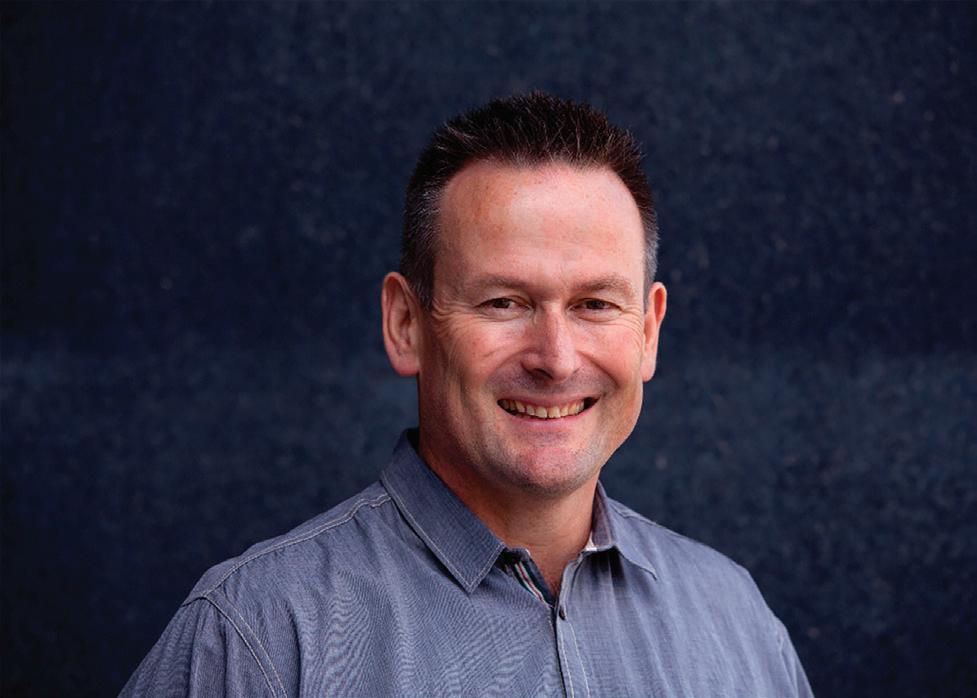
Using a process that gets you (and keeps you) into the habit of self-reflection helps you avoid being driven by ‘the urgent’, by routinely prompting you to take a step back and consider the bigger picture of where you are headed and why you want to get there.
Stephen Covey, author of The 7 Habits of Highly Effective People, believed that we must increase the amount of time we spend on activities that build our leadership capacity and relationships.
To do this, we need to find ways to minimise the time we spend on urgent tasks that demand our attention and energy, and achieve increased balance and perspective. Ongoing reflection on our performance, goals and purpose is just that sort of activity.
So how might you go about doing this?
Given that clients, team members and everyday business can fill up your calendar really quickly, it’s crucial to create routine and structure for yourself.
As simple as it seems, blocking out time in your diary, and following a process can make all the difference.
Covey also believed that the most powerful way to increase personal effectiveness is to establish a ritual of weekly planning.
This gives you both perspective on bigger picture goals, while providing a manageable enough time span to focus on what’s in front of you.
In essence, it provides a balance between long term perspective and short-term execution, which supports your everyday wellbeing and future goals.
The first thing to do is to reconnect with what you want to achieve in the short or long term - whatever fits your big picture.
Then do what Covey calls ‘sharpening your saw’, and decide when in the coming week you will spend time attending to your wellbeing (this may be physical exercise, spending time with loved ones or friends, or learning something new).
Once you’ve locked these important activities into your calendar, block out times in the week for your personal reflection.
It’s important you ensure this happens by not letting distractions get in the way.
Enlist the support of others by making sure they know when you are unavailable and not to be interrupted.
Obviously circumstances will be different for everyone, so if that’s not an option for you, consider going off site to a place where you can do your best thinking.
A six-step process to turn reflection into action
It’s all very well spending time reflecting on your effectiveness and performance, but it is pointless unless it results in action and improvement.
It’s best to keep it simple. These six steps will help your reflective process become a habit:
1. Identify opportunities and/or areas for improvement.
2. Link these to your wider goals.
3. Share these ideas with others, when and if applicable.
4. Identify what you can do and make plans to put this into action.
5. Stop thinking about it and get on with it!
6. Rinse and repeat.
Making habits stick
Ongoing self-reflection is a cycle of continuous improvement, and has the greatest impact when you can make it stick.
A great way to support this is to record your reflections. You might use a list or a journal, write on post-its or a whiteboard, or even use audio snippets on your phone.
Whichever suits you, find a way to capture your ideas so you can revisit and implement the ones that will make the greatest difference.
Sometimes, you will need to share relevant aspects of your reflections with others to help them become a reality.
Habitually recording your reflections helps them become a reality through ongoing action by:
• Helping you clarify your ideas
• Giving you and others opportunities to identify areas for improvement and innovation
• Inviting others to support you
• Creating self-accountability for your results. This way, not only will you be more balanced, feel better about what you are achieving, and have a better perspective, you’ll be focused on what’s important.
So, if you do find yourself feeling like that hamster on a wheel, and know that you need to quell the tyranny of the urgentwhip out your diary, plan for next week and get reflecting.
Your future self will thank you for it!
Wherever you are on your leadership journey, spending time in regular self-reflection; thinking about your leadership style - and how you could improve - is an important factor in your effectiveness.
Even though we live in a society highly dependent on a “card”, like Eftpos or credit/debit cards, it is a constant battle on-site to get a MEWP operator to show his/her competent operator card.
Most of the time, they either can’t find it, lost it or were never given one by their training company.
Silvercard™ Elevated Work Platform (EWP) training – run and managed by the Hire Industry Association of NZ (HIANZ) – issues over 6,000 Silvercard™ Competent Operator cards every year.
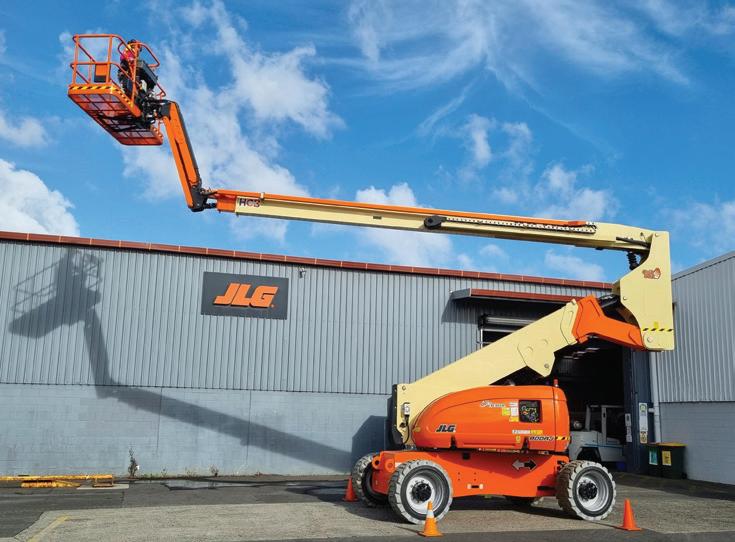
We have some 30,000 competent operators currently registered. The card is the size and shape of a bankcard and has all the required information to verify the operator has been trained and assessed as competent.
Still, it seems, they are harder to keep safe than the card that they can buy goods with.
In an effort to make it easier for the operator to retain and produce their competency training records easily, Silvercard™ has launched an app.
The Silvercard™ Competent Operator App will display all the operator’s competencies for both EWPs and forklifts in one easy place for them to find – on their smartphone.
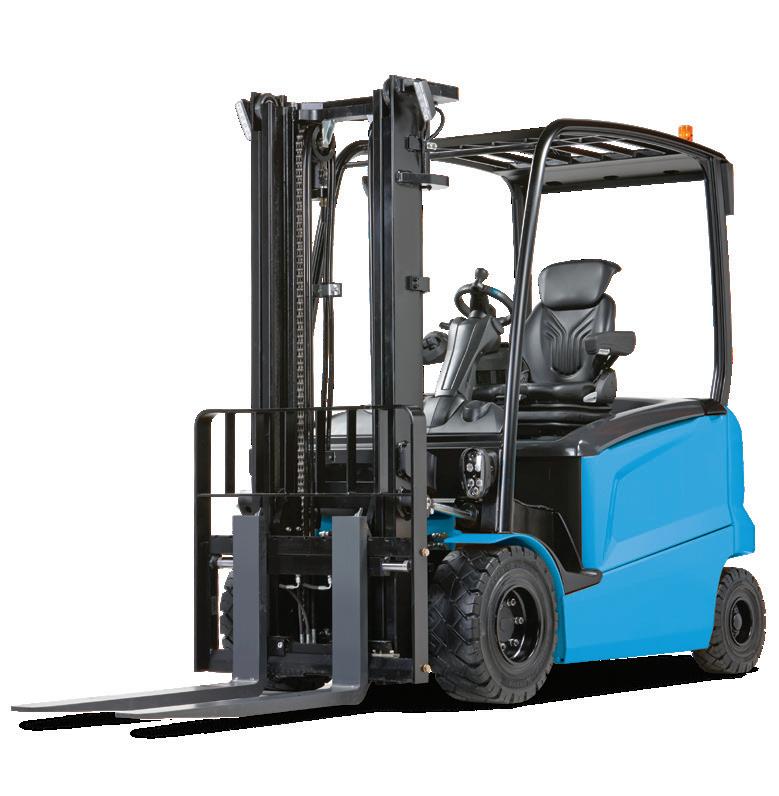
The app allows the operator to have the most up-to-date record of their training and assessment sitting neatly on their phone, available to whomever asks at a moment’s notice, HIANZ Chief Executive Rodney Grant says.
The app is usable both on and offline and will display a QR code. Using the app to scan this QR code will take the verifier to the Silvercard™ Database to verify the information on the screen is accurate.
New training and assessment are automatically and almost instantaneously displayed on the operator’s app,
giving confidence to supervisors, site managers, employers and PCBU’s of an operator’s competency.
The Silvercard™ Competent Operator app is only available for Silvercard™ trained and assessed operators.
Training and assessment by non-accredited providers will not be displayed. Ensure you are using a Silvercard™ accredited trainer/ assessor for all your operator training. See silvercard.co.nz to find a trainer near you.
The app will remind operators of when they are due for refresher training, says Rodney, and provides information on other relative training available to them.
Safe operating instructions and the Using EWPs Safely training support booklet are available for quick and easy support to operators. This includes an FAQ on safe operation.
“This is the next big step in creating the safest environment when working at heights,” Rodney says.
“EWPs are a control for reducing risk when working at heights. The app supports the competent operator to ensure that they are working safely and giving confidence on-site to others that working at height is low-risk when an EWP is involved and operated by a verified Silvercard™ Competent Operator.”
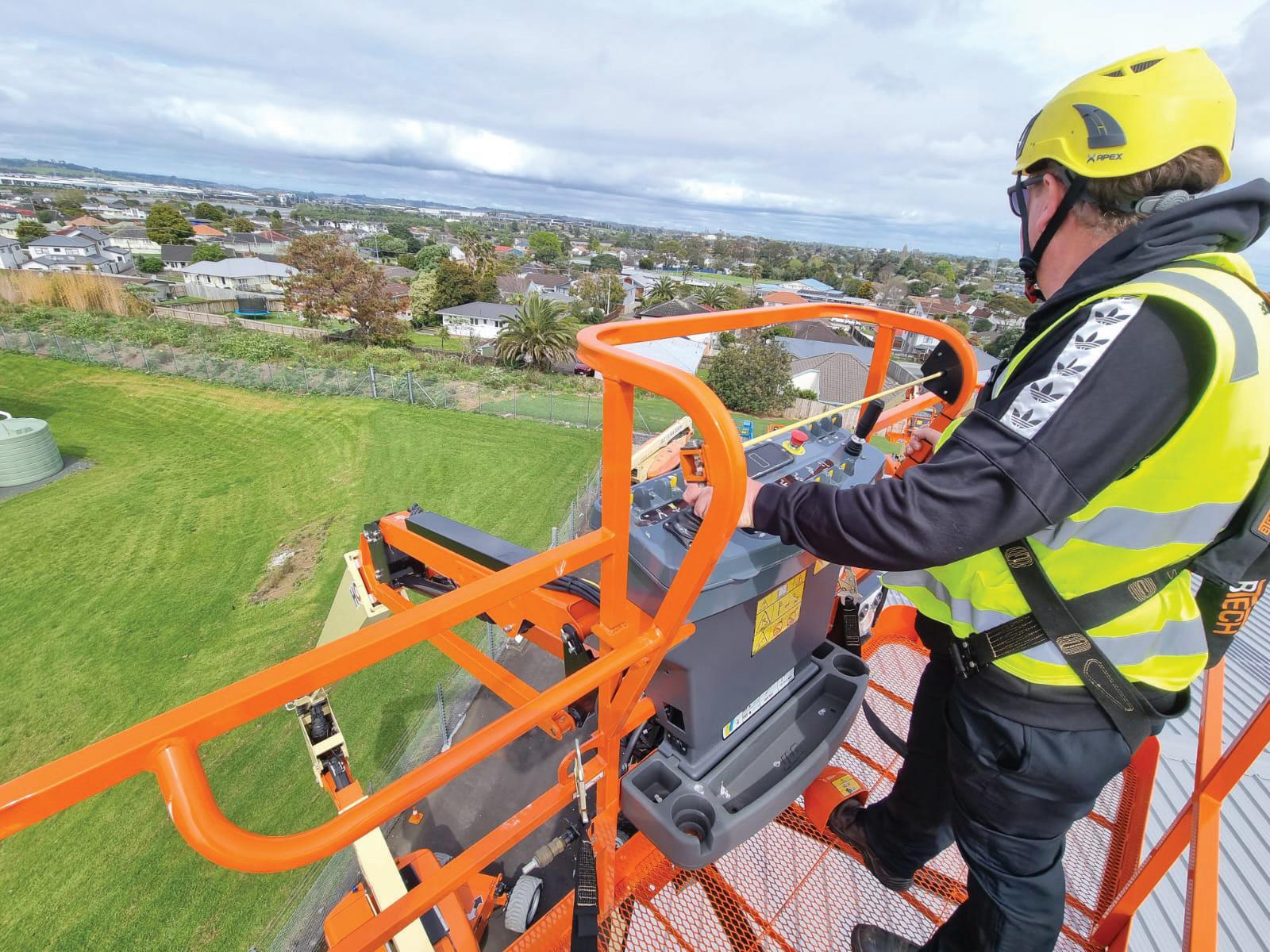

comprehensive courses combine theory and practical training with valuable one on one time to ensure a successful outcome.
The NZS 3910 is the contract most commonly used in New Zealand’s construction industry. However, recent industry and government reports have pointed to significant issues with the contract’s use that may erode relationships between clients and contractors.
Such relationships play a critical role in driving construction sector productivity, as well as value-for-money in public sector infrastructure spending (around $10 billion each year).
Construction Sector Accord co-chair, Tracey Ryan, says there’s been an overwhelming consensus from the construction sector that the contract needed a comprehensive update.
“The proliferation of special conditions of contract that are often added to address shortcomings in the standard contract was a big focus.
“The fairness of some special conditions and the continual fiddling with the standard contract has caused big problems for the construction industry.”
In response, the New Zealand Infrastructure Commission, Te Waihanga and the Construction Sector Accord, jointly commissioned a comprehensive revision of the contract with support from many within the sector.
Standards New Zealand was appointed in late 2021 to lead and manage the revision process, which was done by a committee of representatives from across the construction sector.
This review of 3910 is the biggest revision the contract’s had since 1987, and the draft version of the revised NZS 3910 is now out for consultation.
“This revised contract aims to bring NZS 3910 in line with the current legislative environment and market conditions,” says Accord co-chair, Andrew Crisp.
“The goal is a balanced contract that is fair and reasonable for all parties. This is expected to reduce some need for parties to insert their own lengthy and complex special conditions and help ensure that the contract is fit for the industry in 2023 and beyond.”
The revised contract is only a tool, however, and its use must be accompanied by a major culture shift, says Ross Copland, chief executive of the New Zealand Infrastructure Commission, Te Waihanga.
“While these updates to NZS 3910 are an important enabler of better construction relationships, I want to emphasise the importance of a cultural shift in our industry from a mindset of contractual ‘winners and losers’, to one where public and private client-side leaders champion fair risk allocation and strive to eliminate, manage or accept some risk, rather than just transferring it.
“In order to rebuild a strong domestic construction industry and attract the talent we desperately need, the sector needs to be profitable, fair and sustainable.
“Over the past decade we have seen far too many leading New Zealand construction

firms fail and clients are most certainly worse off as a result.
“Client behaviour will make the biggest difference, so I’m asking our construction industry leaders to take this opportunity to think about their contract and procurement processes and become champions for better contracting practice.”
The consultation document with the proposed revised standard form contract is now available on Standards NZ website and consultation on it closes on 30 June 2023.
All feedback needs to be submitted through the Standards NZ consultation tool.
Why are the Construction Sector Accord and Te Waihanga involved?
A 2018 report by consultancy Entwine identified significant issues with public sector procurement and contracting of major infrastructure projects which impacted the construction sector.
Following this, the Government and industry signed a Construction Sector Accord in April 2019, acknowledging the challenges
facing the sector and signalling a shared commitment to transform it.
This included a commitment to a more visible pipeline of work and procurement practices that are fair, efficient and predictable. A guiding principle for the Accord is the building of trusting relationships.
In February 2019, the Government announced it would establish the New Zealand Infrastructure Commission, Te Waihanga to help improve how New Zealand co-ordinates and plans its infrastructure, makes the most of the infrastructure it already has, and ensures that investment in infrastructure delivers what New Zealand needs.
The Accord and Te Waihanga are working to improve how government and the private sector work together to build public infrastructure. Their joint commissioning of the NZS 3910 revision is one example of this work.
What is the NZS 3910 review working to address?
Some key things raised in the Entwine report that this review is aiming to address include: Large numbers of special contract conditions effectively make contracts bespoke and these are often not reasonable or well understood by both the public sector and industry. These modifications, along with the use of unfamiliar contract terms, can lead to misunderstanding, confusion, and ultimately, litigation.
Specific concerns regarding special conditions that are becoming more common in public sector construction contracts relate to the use of time bars, the lack of liability caps, and
The fairness of some special conditions and the continual fiddling with the standard contract has caused big problems for the construction industry.
the impartiality of the role of the Engineer to the Contract.
Risk should sit with the party best placed to manage it. The common aggressive approach to risk transfer often means that all risk sits with the contractor. Contractors may also face ‘risk transfer by stealth’ where risk is transferred through appended contract documents such as design specifications. This is not sustainable.
In 2019, the construction sector contributed seven percent to New Zealand’s GDP and employed 10 percent of the national workforce. A thriving sector is vital to New Zealand’s social and economic wellbeing. Additionally, the public sector is a major client of the construction sector, spending around $10 billion a year on procuring infrastructure - an amount that could increase significantly in coming years, as we work to address the infrastructure gap identified in Rautaki Hanganga o Aotearoa New Zealand Infrastructure Strategy. Given such investment, it’s vital that New Zealanders get the best value from this public spending.
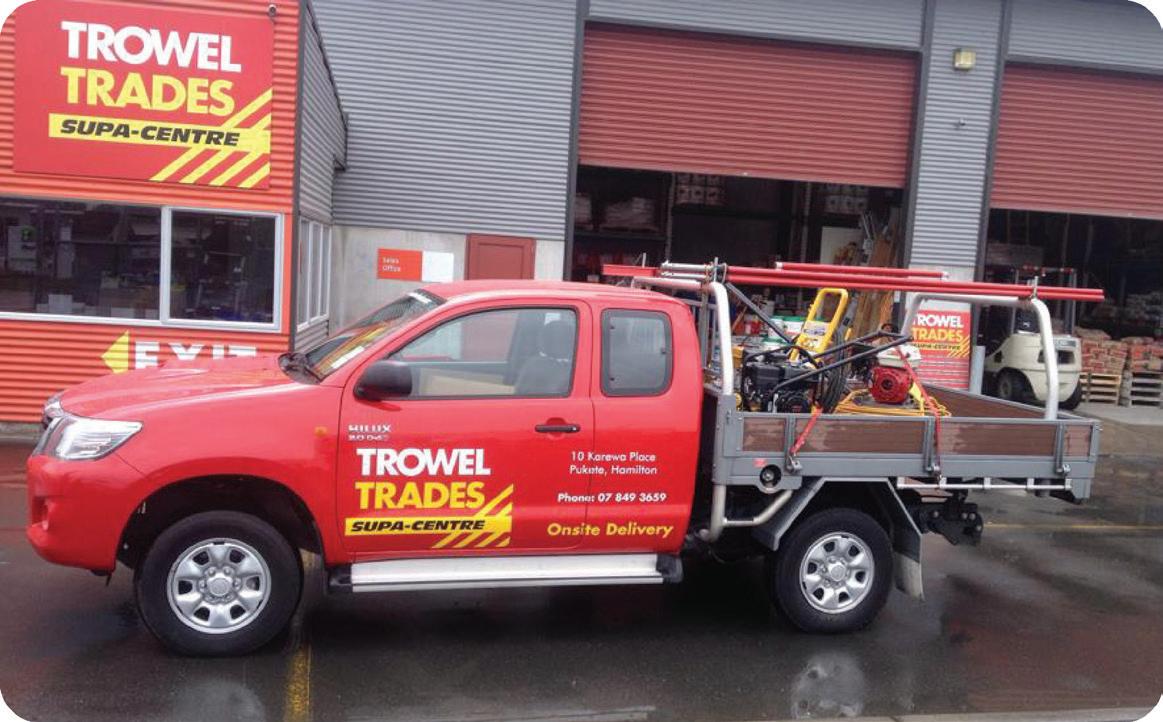

Timeline for Conditions of Contract for Building and Civil Engineering Construction (NZS 3910):

1987 - contract first published following a major revision of its predecessor NZS 623.
2003 - contract updated to align with Construction Contracts Act 2002.
2013 - contract underwent a limited scope review.
2018 - report by Infrastructure New Zealand identified significant issues with public sector procurement and contracting of major infrastructure projects. Creating Value Through Procurement: A Report into Public Sector Procurement of Major Infrastructure Projects (Entwine, 2018)
2019 - report by Treasury Infrastructure Transaction Unit found a ‘culture of mistrust’ between public sector (clients) and private sector (contractors). And, that this results in lots of special conditions that modify standard construction contracts and lead to misunderstanding, confusion and, ultimately, litigation. It also found a number of related issues.
An examination of issues associated with the use of NZS Conditions of Contract (Treasury Infrastructure Transactions Unit, August 2019).
2021 - Te Waihanga and the Construction Sector Accord jointly commission the revision of NZS 3910 as part of addressing issues raised in the 2019 report. The revision is carried out by a committee appointed by Standards New Zealand and that represents the range of industry and client interests.
9 May 2023 - revised NZS 3910 contract out for consultation.
30 June 2023 - consultation closes.
October 2023 - Standards New Zealand aims to release the final NZS 3910:2023 contract.
We are a privately owned small business that is passionate about all things in the building industry that involve a trowel. We carry an extremely broad variety of tools, compounds, trims, additives, sealers, paint, repair systems and so much more!
We can also back this up with expert knowledge and service, here at Trowel Trades nothing is a problem....
Setting goals is all about starting and heading into another year on the right track.
Yes, when you reached the end of 2022, you could look back and be proud of all you accomplished. This moment of proud reflection however, needs to be just that – a moment – before turning your attention to the year ahead.
According to Health Navigator New Zealand, having a goal helps motivate you and gives you direction in general everyday life.
“You may have one goal or several and they may be short or long-term. Whatever you’re aiming to achieve, it’s never too late to start.”
They also suggest research shows setting goals and working towards them can contribute to your overall happiness.
There are many different strategies to set goals. Start with deciding what your goals are by doing a self-journaling session or creating a vision board.
Writing down your goals and developing a plan on how you will achieve them is an important part of the goal setting process.
Health Navigator New Zealand says, “Writing your goals down helps clarify what you want to achieve and increases your chances of sticking to them”.
They also suggest that, “You may encounter setbacks on your journey towards achieving your goals. The key is to not give up.
“If you hit a roadblock or something isn’t working, you can always try a different approach or re-adjust some of the steps [if needed] in order to achieve your goal.”
SMART goals
Breaking down your goals into measurable stages will help you feel as if you can achieve them in a timely manner. Using the acronym SMART is one way to help stay on track. Goals which are achievable and realistic means you are more-likely to be selfmotivated to strive for achievement throughout the year.
SMART goals are:
Specific
Make sure your goals are specific enough so you know exactly what you are working towards. Breaking this down can also help with feeling overwhelmed when wanting to set your mind to a task.
Measurable
Ensuring you have a plan on how you can measure your goals is important. Facing the dreaded feeling of not moving forward can be disheartening. Measuring your goals in steps means the outcome will feel possible.
Achievable
This is not to say you can’t ‘reach for the stars’ with your goals, but ask yourself if they are achievable within your current circumstances. What changes do you need to implement in your day-to-day life to ensure you stay on track?
Realistic
Similar to Achievable here! You should travel but how much do you need to save? Want to
You
Be realistic with yourself about how you will work towards them and you’ll be one step closer to them coming true before you know it.
Self-determination theory
Health Navigator New Zealand says, “Setting goals that draw on personal motivations produces greater confidence in our ability to change and greater sense of ownership over the process”.
Personalising your goals to suit your personal motivations is one way to ensure you pick the right goals and they ‘stick’.

eat healthier? You might need to buy less dinners out. Be realistic with yourself and know goals require consistent and realistic effort.
Timely
Putting a timeframe on your goals can help motivate you. If goals are set too far in the future, they may feel impossible to complete. Or, if you don’t allow yourself enough time you may feel unaccomplished. Finding the right balance with time and goal setting is key here.
Reviewing goals periodically means you keep revisiting and reflecting on your progress. Keep on track with your goals by being honest with yourself about what stage you’re at throughout the year.
All of the SMART goal strategies work together to ensure you’re well on your way to accomplishing your goals and dreams.
“The importance of ownership for personal motivation is captured nicely in what is known as the self-determination theory of motivation.
“This place a high level of importance on doing what we find to be intrinsically motivating or working from what is inherently rewarding.”
Selecting goals which come from a place of personal value over external validation will also mean achieving your goal will feel that much more satisfying.
Throughout the year make sure to look after all aspects of your hauora wellbeing including mental and physical health.
Goal setting should be a positive experience where you can take time to understand what you envision your year to look like.
Setting goals in the New Year can be daunting and exciting. Looking ahead into the future can feel impossible but with small, consistent steps, you will be able to see change in your life.
may have one goal or several and they may be short or long-term. Whatever you’re aiming to achieve, it’s never too late to start.
need, from neighbourhood schools to major public transport routes.
“Our current ‘wait and see’ approach often means that valuable infrastructure doesn’t get built at all. By the time we need a new school or a better transport route, the right sites for that infrastructure are gone - they’ve got houses built on them.
“Planning ahead and protecting sites in advance can break that vicious cycle,” he says.
Te Waihanga general manager strategy, Geoff Cooper, says land prices are, in part, an infrastructure issue.
“On one hand, a shortage of infrastructure can limit development opportunities in cities, contributing to higher prices. On the other hand, high land prices can make it costly and difficult to build infrastructure where and when it is needed.”
The first report, Urban land prices - a progress report, examines trends in urban land values between 2010/11 and 2020/21. Between 2010 and 2021, the difference between urban and rural land prices roughly doubled in nearly every large New Zealand city: Auckland, Hamilton, Tauranga, Wellington and Queenstown.
The report finds that infrastructure and planning costs are factors in these increases. The exception is Christchurch, where land has remained more affordable which may possibly be due to changes to housing development and infrastructure following the 2011 Canterbury earthquake.
“In recent years, New Zealand has made significant progress towards addressing challenges with housing supply and urban development, but urban land prices remain high,” Geoff says.

“In some places, infrastructure may now be the main constraint to homebuilding. We know that the sector faces funding, financing, and workforce capacity challenges. And, costs to subdivide and service residential land are rising.”
The second report, Protecting land for infrastructure: How to make good decisions when we aren’t certain about the future, examines how we can manage the impact of rising land prices on infrastructure project delivery.
It finds that designation or acquiring land for infrastructure in advance can make it cheaper and easier to build the infrastructure we
Protecting land needed for future infrastructure keeps our options open and can be easily reversed - we can sell the land if it is ultimately not needed.
“Developing infrastructure is a big investment and once built it will last for decades. Our findings suggest there are ways we can make better long-term infrastructure decisions - no matter what the future holds.”
Key points from Urban land prices - a progress report
• Between 2010/11 and 2020/21, nearly every large New Zealand city, with the exception of Christchurch, experienced significant increases in the value of urban land relative to nearby rural land. For instance, in 2010, Auckland’s urban land values were 2.1 times higher than the value of adjacent rural land. By 2021, this ratio had risen to 4.4.
• In dollar terms, this has been a significant increase. In Auckland, urban-zoned land was valued at a premium of nearly $1,300 per square metre relative to nearby rural-zoned land in 2020/21. This is up from a premium of less than $200 per square metre in 2010/11. Tauranga has a difference of $1,100 per square metre, while Wellington, Hamilton, and Queenstown have differences in the range of $400 to $500 per square metre.
• Christchurch is the only city to experience declining rural-urban land value differences. In 2020/21 Christchurch had the lowest price premium for urban land - around $200 per square metre. While the reasons for this weren’t examined specifically, this is likely due to the impacts of the Canterbury earthquakes and subsequent rebuilding.
• These findings do not reflect the impact of the 2020 National Policy Statement on Urban Development and the 2021 Medium Density Residential Standards, which are expected to reduce pressure on land prices but which were not fully implemented by councils until after the end of our analysis period.
Key point from Protecting land for infrastructure: How to make good decisions when we aren’t certain about the future
• This paper identifies and tests methods that can potentially be used to determine when advance site protection is warranted in New Zealand.
• It models different scenarios using case studies of advance site protection for a small project - a school for a growing suburb - and a large project - a major rail line extension. In each case study, we considered three broad options for acquiring land to build the project: advance purchase, obtaining an option to purchase, and wait and see.
These case studies show that:
• Advance site protection can be beneficial even when it is uncertain when, or if, a project will be built
•In some cases, advance site protection may need to occur decades before projects are built
• A ‘wait and see’ approach to land acquisition often means that needed infrastructure doesn’t get built
• Analysing uncertainty is a powerful tool to decision-makers, but more guidance would be needed to put this into practice.
The link between land prices and infrastructure, and the need to earmark land for future infrastructure, has been highlighted in two new research papers from Te Waihanga, the New Zealand Infrastructure Commission.
Developing infrastructure is a big investment and once built it will last for decades. Our findings suggest there are ways we can make better long-term infrastructure decisions - no matter what the future holds.
“However, a long-term strategy means you can reference back to see if you are meeting objectives and if you’re ‘failing’ what you’re ‘failing’ against and what needs to change.”
Having a business plan to reference and change directions means you can reflect on where you’re at in terms of business success.
“Social media is a way of expressing your brand’s values. For example, ownership in a dynamic TikTok retailer space can engage audiences in a cost-effective way.”
modern work environment such as flexibility or remote working are valued.
Blank Space Strategy (BSS) is an expert boutique digital marketing consultancy. Different from a typical marketing agency, BSS is focussed on supporting small business start-ups looking to grow.

Founder of BSS, Fraser Reeves, suggests some tips for businesses looking to move forward on their entrepreneurial quest and improve business success.

“At BSS we integrate ourselves with partners, founders and leaders. We provide services particularly in the digital marketing setting and digital strategy aspect,” he says.
“For example, market analysis research, geographical research or suggesting marketing strategy aligned personally with individual businesses and much more.”
Fraser says a common tip for effective ideas to improve the success of your business includes creating a long-term business strategy plan.
“I think businesses can often implement short-term actions and keep ‘moving the needle’ which can work for the short-term and might give momentum.
He says there may be businesses who continue to work hard for many years, however, are not led by strategy and rather implement ideas without considering this affect business on an evolving scale.
“Invest in organic brand strategy content. This means investing in a long-term piece of the puzzle.”
He says that sometimes businesses spend ‘too much money’ on digital marketing to fast-track sales or customer engagement.
“Depending on what industry you’re in, you want to consider who your organic customers are. Once this is clear you provide them with information, the solution and value of your product.”
Building and delivering a plan is key to reviewing progress within online digital advertising space. Fraser says self-made content is one of the biggest opportunities businesses have to make an impact in online marketing.
For some brands or businesses, outsourcing to readily available social media platforms such as TikTok can be a successful strategy for improving the success of your business.
Being prepared to evolve in business is important. Despite social media platforms such as TikTok having the possibility of not existing ‘forever’, Fraser says these platforms are still a good chance to invest in.
“Utilise all spaces on social media and don’t just stick to one. Try out different avenues and see what works for your business.”
When speaking about workplace culture and the importance of a successful work environment, Fraser says this is more important than ever before for a successful business to operate.
“Workplace culture could be considered more sophisticated than even five or ten years ago. Fostering a positive workplace culture is valued and important.
“I believe aspects such as allowing emotions in the workplace and having mechanisms where people can express themselves is important.
“External anonymous channels of communication may work for some workplaces or six-monthly structured reviews give employees the opportunity to have conversations.”
He says retaining talent can be a challenge for some workplaces now, as aspects in a
“Exploring options which work for both the employer and employee is important to the success of a positive work environment.
“Especially for younger people these days, I think there is an expectation of an adaptable workplace environment.”
Whether it’s online branding, believing in your brand, being passionate about your values or workplace culture, all impact the success of your business. Ensuring customers are confident in your solution means sales and engagement will rise in no time.
Fraser is looking to connect with any startups or businesses wanting to scale up in operations, particularly in the technology or agri-tech industry.
“There’s a lot of promise in the Canterbury region. I am interested in working with founders and leaders in this space and understanding different market places of this region.”
Fraser says he is excited to see what BSS can do for your brand and develop your business to improve the success overall.
For more information you can get in contact with Fraser through his website, blankspacestrategy.co.nz, and start your next business consultancy with him now.
Finding new ways to improve your business is essential to success. Having a clear plan for your business direction is important for drawing customer attraction to your brand.

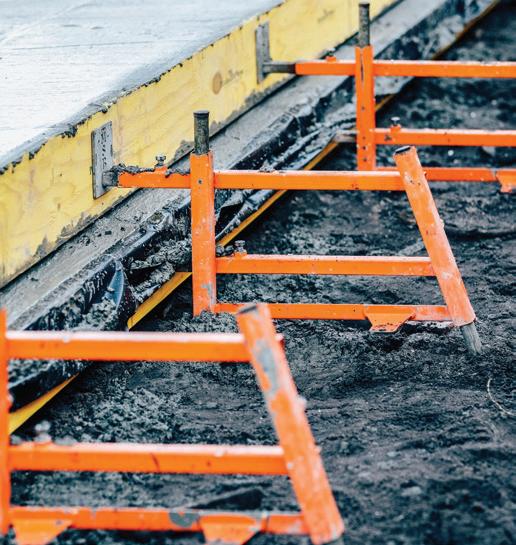
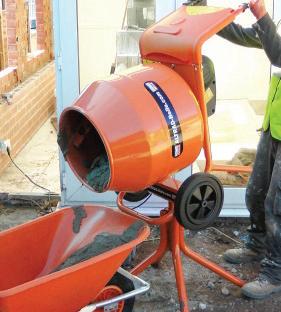

safety as well as ‘fan on demand’ which runs only when the machine reaches its maximum heating point, thus reducing noise and the amount of dust that gets into the machine.
Additionally, it features digital meters for precise adjustment as well as an IP23S environmental safety rating which is a requirement for some mine sites.
Unique to the Weldarc 185 is its power factor correction feature, which makes it tolerant to unconditioned power when used with generators or on long extension leads. Like all WIA machines, the Weldarc 185 comes with a three-year warranty for the power source and sets the standard for machines in this category.
The Weldarc 200 AC/DC Stick and TIG welder has been enhanced with new features. Designed for repair and maintenance, aluminium boat fabrication and motorsports fabrication, the Weldarc 200 AC/DC offers precise AC TIG welding of aluminium and comes with power factor correction, ‘fan on demand’ and an LCD screen.
The 2023 range of WIA Stick, MIG and TIG welders, along with a new plasma cutter, incorporate new operating platforms that provide full digital control over the welding process for greater efficiency and precision.
The next generation of WIA welders have been introduced to New Zealand for 2023. Every model has been redesigned from the component level and feature digital technology for enhanced welding performance thanks to more precise arc waveforms and more stable arc control.
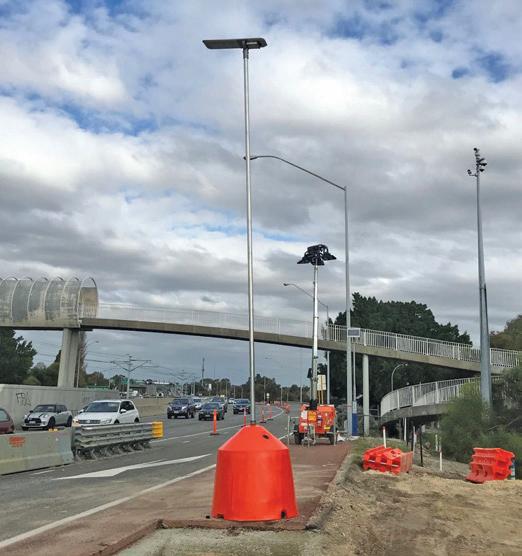
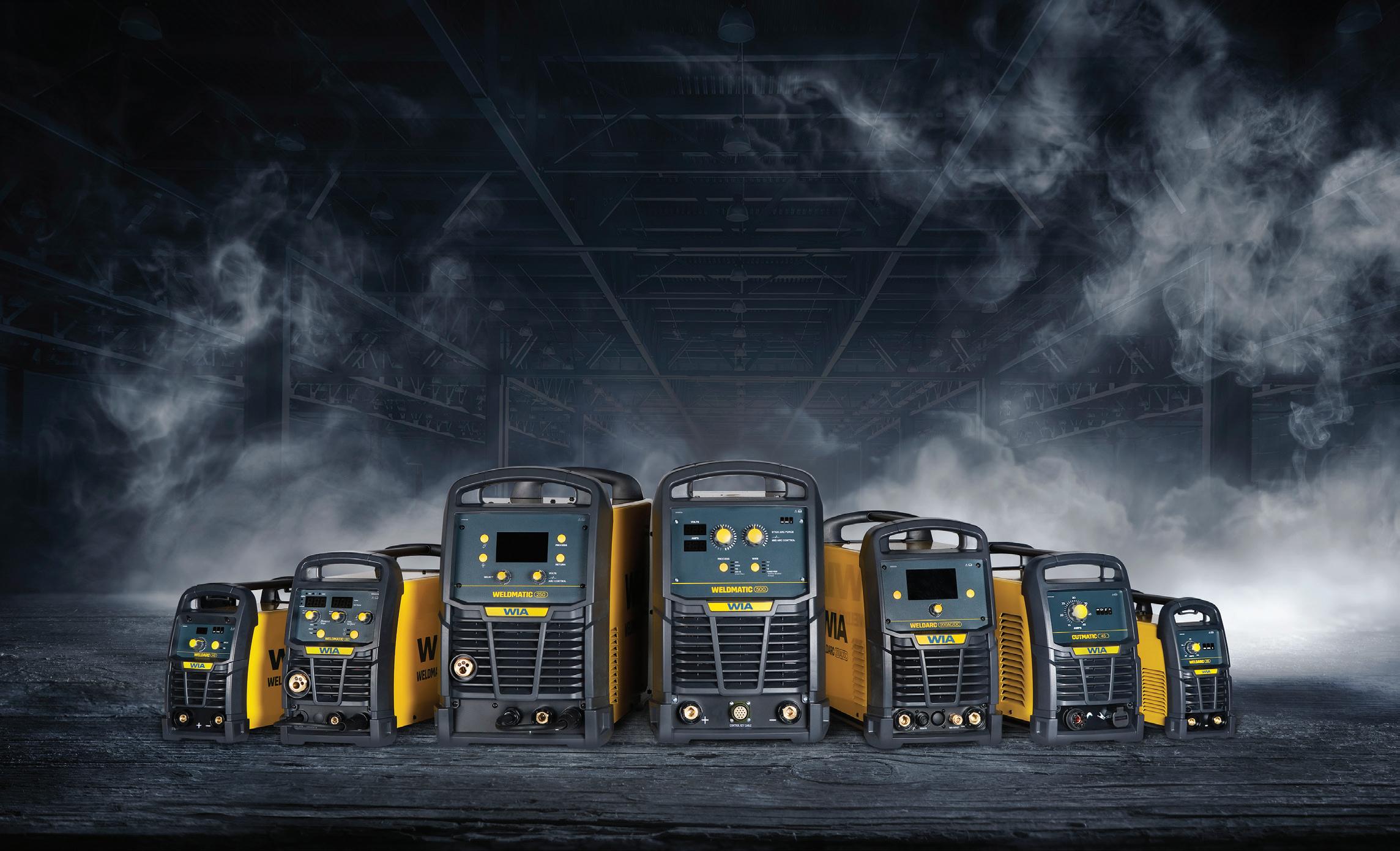
The new platform also allows easier software upgrades to be made in the future.
WIA product manager, Aleksandr Koshelyev, says “It’s exciting where we could take these
machines. Simple upgrades can be developed and implemented to meet market demands quickly and easily.”
The redeveloped models provide enhanced control over the process enabling more precise settings. Major components like the IGBT modules, bus bars, reactors, capacitors, diodes, and insulation have been either reinforced or replaced with more robust versions, increasing the reliability of the range.
Selected models of WIA’s new welders now feature an LCD interface which enables an intuitive setup process. This new functionality is achieved through the implementation of the new digital platform, giving operators a new way to interact with the machine.
For beginners, the pre-set functionality simplifies the machine setup process by interactively guiding them through the necessary steps.
WIA has also added two models – a portable Weldarc 135 stick welder as well as a Weldmatic 180 multi-process machine with a 10A plug for beginner to intermediate welders.
Also new to the line-up is the Weldmatic 200+ multi-process model which incorporates an LCD screen interface that allows easy access to pre-set parameters for quick adjustment.
The Weldarc 185 Stick / TIG welder has been redesigned with new features to suit light fabrication, repair, maintenance, farming, and building and construction projects.
The machine has a higher duty cycle than previous models enabling it to run for a longer period at 185A. This model comes with a voltage reduction device for enhanced
WIA’s new Weldmatic multi-process range is supplied with an improved MIG gun featuring a flexible goose neck for better positioning and an upgraded ball cable joint for more flexibility.
The smaller machines in the range have a built-in wire feeder making them portable. The Weldmatic 180 weighs 11kg and the 200 tips the scale at 17kg, making both models easy to transport.




For fabrication workshops, WIA offers the 3 Phase Weldmatic 350 and 500 multi-process machines and 356, 395 and Fabricator MIG welders. All come with a separate wire feeder for flexibility and manoeuvrability.
Both Weldmatic 200+ and 250 incorporate an LCD screen and offer pre-set parameter adjustment. These machines along with the Weldmatic 180, 200, 350, 500, 395 and Fabricator are suitable for both the workshop and outdoor applications and can take gas shielded and gasless wires.
The redesigned Cutmatic 45 has an improved duty cycle, power factor correction and an upgraded air filter. The machine is suitable for precise cutting required for fabrication, on-site maintenance and automotive repair. The cutter features water and oil removal filters to increase consumable life and its 11kg weight makes it portable.
WIA also prides itself in being able to support its products for a very long time in an environment where some suppliers discontinue this after a year.

“We still supply spare parts to many of our models which were discontinued more than 10 years ago,” Aleksandr says.
“When it comes to commercial welding machines, this new WIA range is very comprehensive with each machine built to meet the specific requirements of welders.”

Holcim New Zealand have recently launched new low-carbon initiatives and a new brand identity to match. They’ve officially opened a new low-carbon cement replacement facility at the Ports of Auckland which will reduce the embodied carbon in construction projects.

Holcim executive general manager, Kevin Larcombe, says the company is focused on leading the decarbonisation of the construction industry in Aotearoa New Zealand.
“We recognise that, as a cement company, we have a significant role to play for decarbonisation,” Kevin says. “We have gone from being a global leader in building materials to being a global leader in innovative and sustainable building materials.”
The two biggest contributors to carbon emissions within infrastructure are concrete and steel. Carbon emissions arise during the making of cement. Carbon dioxide is emitted as a by-product of clinker production which is an intermediate product in cement manufacturing.
Kevin says Holcim want to minimise the amount of carbon dioxide given off when manufacturing clinker. They also want to reduce the amount of traditional cement, which relies on clinker, in concrete.
“We are trying to bring as many low carbon cement replacements into New Zealand as possible,” Kevin says. “The great thing about these cement replacements is that they’re
low in carbon, and improve the performance of concrete.
“As we look at what the construction industry needs in the future, we need to ensure that infrastructure can adapt to things like a growing population and climate change.”
He says concrete is the most used building material in the world due to its versatility and capability so Holcim want to enable the construction industry to have access to it without the carbon legacy.
Alongside this, Holcim have had a brand change, one that reflects the focus the company has on sustainable outcomes.
“We’ve not only refreshed the brand to reflect the new focus on sustainability but we have also launched new products, ECOPlanet and ENVIROCore – low carbon alternatives to traditional cements. We’ve also launched the new low carbon facility in Auckland,” Kevin says.
ECOPlanet can reduce embodied carbon by more than 30 percent compared to general purpose cement in New Zealand. Kevin says each year, over 1.5 million tonnes of traditional cement is used in
New Zealand which generates 1.3 million tonnes of carbon dioxide.
The products Holcim have recently launched will enable the country to substantially reduce this.
“We want to make sure we are ready for the needs of the construction industry going forward,” explains Kevin. “Particularly with the lessons from covid in the front of our minds. We need to have a resilient supply chain and make sure that New Zealand has access to low carbon cements.”
Kevin says Holcim is only going to continue to grow. “After Holcim retired its Westport
manufacturing facility, it continued to grow its offering in Aotearoa New Zealand, leveraging off its global supply chain capabilities and innovation hubs.
“We recently made an acquisition into the quarry space, subject to regulatory approvals, and we continue to look at other expansion opportunities.
“We have more announcements to come this year as we continue to deliver on our promise to lead decarbonisation in the construction industry.”
For more information, visit: www.holcim.co.nz

process, we can assess the energy flexibility and efficiency of this technique in different climates.”
Currently, the New Zealand building sector accounts for nine percent of our total carbon emissions and the government has committed to achieving net-zero greenhouse gas emissions by 2050.
University of Canterbury Department of Civil and Natural Resources Engineering, senior lecturer Dr Wentao Wu, is leading the international research which aims to reduce carbon emissions by improving energy efficiency in large buildings.
He has received Royal Society Te Apārangi Catalyst funding to find out how the building sector could use renewable energy sources such as natural ventilation and solar energy to boost the energy performance of thermal mass – the heat absorbing potential of interior furnishings and concrete floorscreating “low-carbon buildings”.
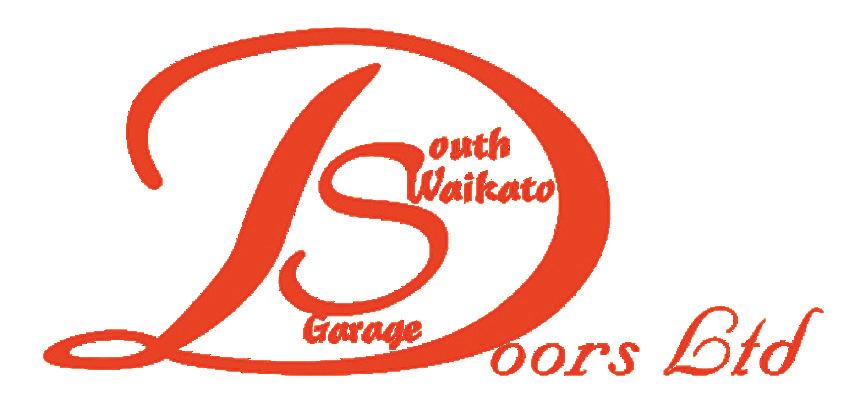
“Global warming has urged us to search for carbon neutral solutions,” Dr Wu says. “One such solution is to transform static building structures into dynamic thermal batteries that store and use energy later on.
“This not only increases energy efficiency, but also increases energy flexibility. By developing an analytical model of this
Dr Wu is leading the project in collaboration with researchers at six universities from five countries, including Harvard University in the United States, Cardiff University in the United Kingdom, and China’s Chonqing University.
Dr Wu says one solution towards designing low-emission buildings is to use cooler outside air at night to ventilate spaces inside a building.
The low-temperature outdoor night-time air cools down materials inside the building, such as concrete slab floors, so they can act as a heat sink, absorbing heat the following day and reducing the need for air conditioning systems to be used. In winter, he believes solar-heated water pipes placed inside concrete floors could be used instead of traditional electric heating systems.

“A combination of night-time ventilation in summer and passive heating in winter transforms thermal mass into a kind of thermal battery that is fuelled for a short
time by renewable energy sources including natural ventilation and sunlight,” he says. He hopes to develop a design and retrofit guideline that will help policy makers, architects and builders create buildings that are more energy efficient, reducing carbon emissions in the sector.
“Better building design can reduce energy costs by using thermal mass to reduce energy demand, especially at peak times.
“It also helps reduce carbon emissions related to buildings which is better for our environment.

“Even small steps such as opening windows at night for ventilation and making sure

curtains are open during the day can make a difference and help harness natural, lowcost cooling and heating.”
Dr Wu recently carried out research in the United States, funded by the US National Science Foundation, which demonstrated the effectiveness of using night-time ventilation systems to cool down the interiors of buildings so they can act as a heat sink the following day.
The technique was shown to achieve annual energy savings of over 600KWh for a 100 sqm building – similar to an average New Zealand home’s monthly energy usage.
A new study aims to explore how public buildings, including schools, could be designed to use sustainable cooling and heating technology and help New Zealand achieve its net-zero 2050 goal.




Buying or selling a business in the construction industry can be a challenging process. But when you engage the services of a professional business broker like Rick Johnson who knows the sector inside and out, it isn’t so complicated.

Internationally renowned as one of the most trusted companies in its field, LINK is a New Zealand owned business brokerage with branches across the country and licenced offices in Australia, the USA & the Philippines. A distinctive & tailored approach to doing business has seen LINK earn the top spot as the largest brokerage in the country, both by broker numbers and market share of successful sales.
LINK boasts copious expert brokers who are grouped into their own specialised divisions, covering a wide range of specialities from large franchises to rural businesses and everything in between.
All LINK brokers have thorough experience in their divisions, including business ownership within
these fields, offering unique & personalised insider knowledge into the sector to help clients achieve impressive results. “We are engaged by the business owner to value, prepare and market the business for sale and manage the entire process through to settlement,” explains Rick.
Based in the Hamilton/Waikato office and servicing the wider region, Rick Johnson’s area of expertise sits within building and construction, manufacturing, engineering, export, trade and service-related businesses. Rick has proven his knowledge and capabilities countless times in the arena of small to medium business brokering, with a particular focus on businesses within the $500,000 to $10 million value range.

Rick’s recent accolades reflect his dedication to brokering and successful outcomes. Last financial year, he was ranked as the #1 LINK broker in Waikato, achieving recognition for “Deal of the Year” as well as “Top Business Marketer”.
Additionally, he is regarded as one of the top 5% of LINK brokers worldwide.
Known for excellent communication, transparency & professionalism, Rick has facilitated an extensive amount of successful business sales and has mastered the craft of connecting buyers with their ideal business, while ensuring vendors get the best possible return on their investment.
As a proud Waikato local, Rick values his community and eagerly contributes to its growth. He is fiercely focused & informed on the emerging opportunities throughout the region. He remains committed to assisting small to medium-sized business owners in increasing the value of their business during exit and helping to identify the next generation of successful shareholder-owners who can continue the legacy of these businesses.
Whether you’re interested in buying or selling, contact Rick Johnson today for a free & confidential discussion to ensure an effortless transition.
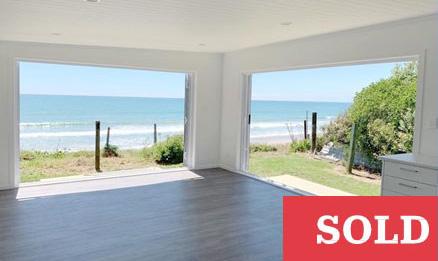
“Submissions generally supported the intent to increase the level of life safety from fire in our homes but there was no clear consensus on what the technical details of the change should be.

“We have listened to the feedback we received, made some modifications to the original proposals, and recognise that further consideration is required for the protection from fire for residential homes and will continue to conduct further engagement on this.

“The changes are updates of existing documents used to comply with the Building Code. They aim to improve the quality and reliability of plumbing and drainage services and to protect people from fire in their homes,” says Dr Dave Gittings, manager of Building Performance and Engineering.
“The changes to the plumbing documents include the adoption of the latest version of the AS/NZS 3500 plumbing and drainage standards. These new versions include New Zealand specific requirements that replace several previous modifications to the standards,” he says.


“Children and the elderly are especially at risk for tap water scalds; 65 percent of severe tap water scalds have been found to occur in infants and young children under four years old.
“The changes to water supplies aim to increase protection of those who are most
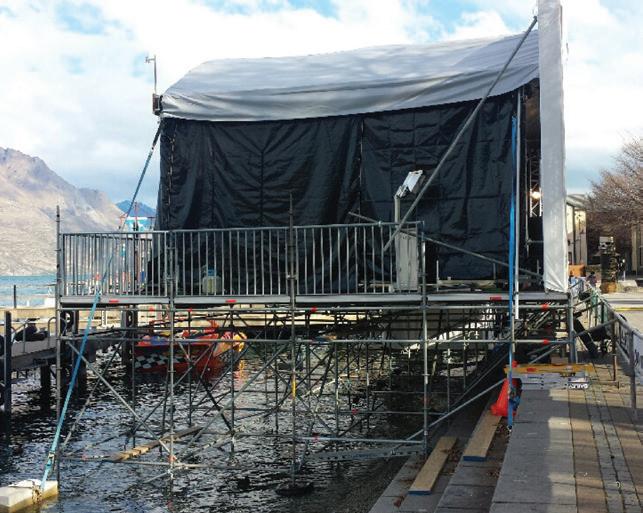

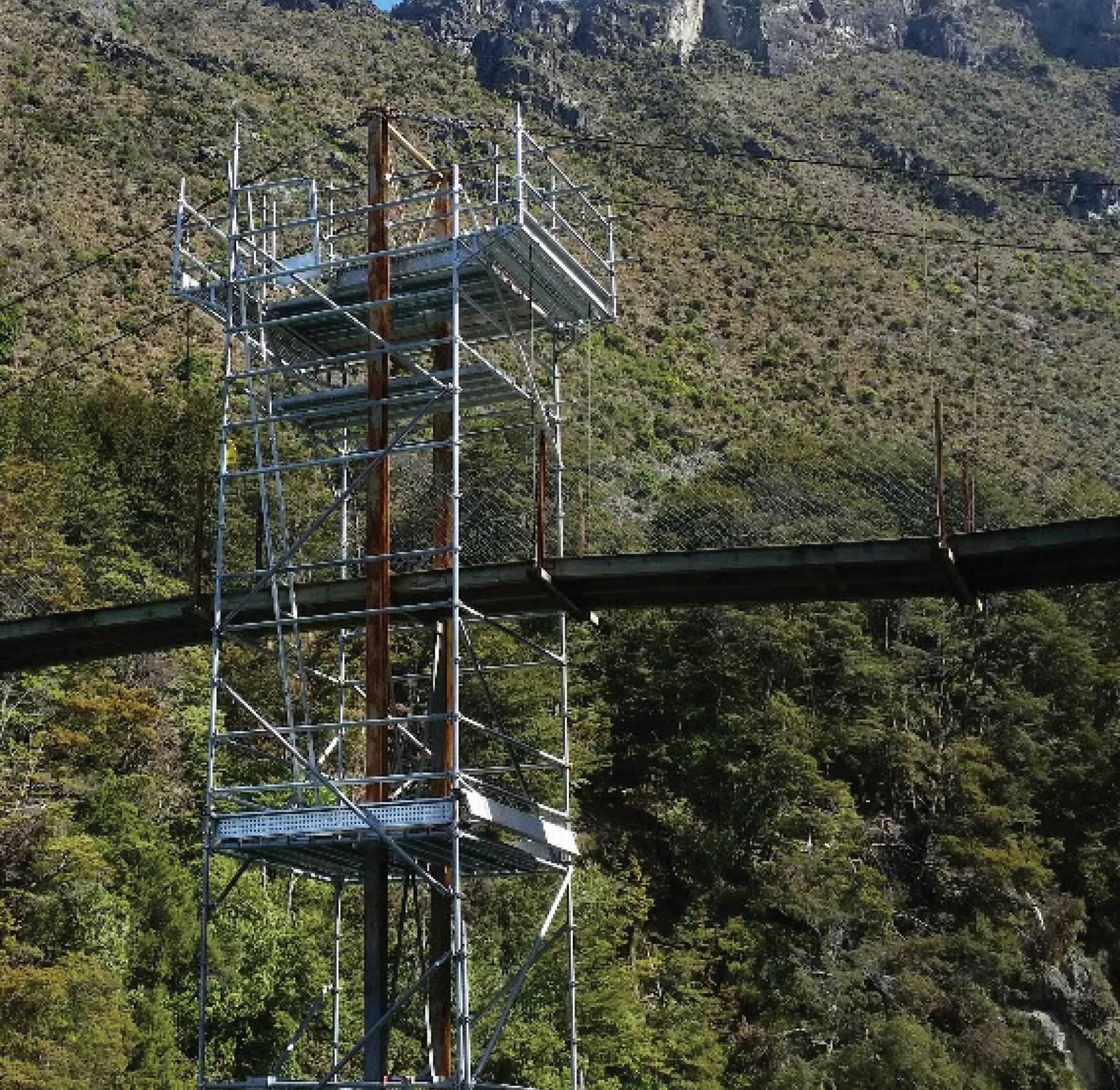


vulnerable to hot water scalding from taps and baths, and better protect drinking water from backflow contamination.
“We are proceeding with changes to cite the latest industry standards for fire sprinkler, fire alarm and smoke control systems, including the requirement for interconnected smoke alarms as the minimum fire safety system in new homes.
“By adopting the latest industry standards and aligning with similar requirements in other countries, we aim to improve the safety of our communities.
“In response to mixed feedback received in the submissions, we are withdrawing portions of the fire proposal regarding protection of other property from fire spread in townhouses and low-rise multi-unit dwellings.
“By announcing these decisions prior to the publication of the revised Building Code documents, our aim is to provide certainty and direction to the sector, to give manufacturers, suppliers and installers time to comply with the new requirements, and to prepare information and education to support the sector and public with the changes.
“We are committed to continuous improvements to ensure the compliance pathways for the Building Code are fit for purpose and up-to-date and support the delivery of safe, healthy and durable homes and buildings in Aotearoa New Zealand.” The revised acceptable solutions and verification methods documents will be published in November 2023 to allow a 12-month transition period.
At the end of this transition period, the previous versions of the documents can no longer be used.
The Ministry of Business, Innovation and Employment (MBIE) is amending acceptable solutions and verification methods to ensure the safety and wellbeing of New Zealanders when it comes to plumbing, drainage, and protection from fire.
Surveyors | Planners | Engineers | Landscapers
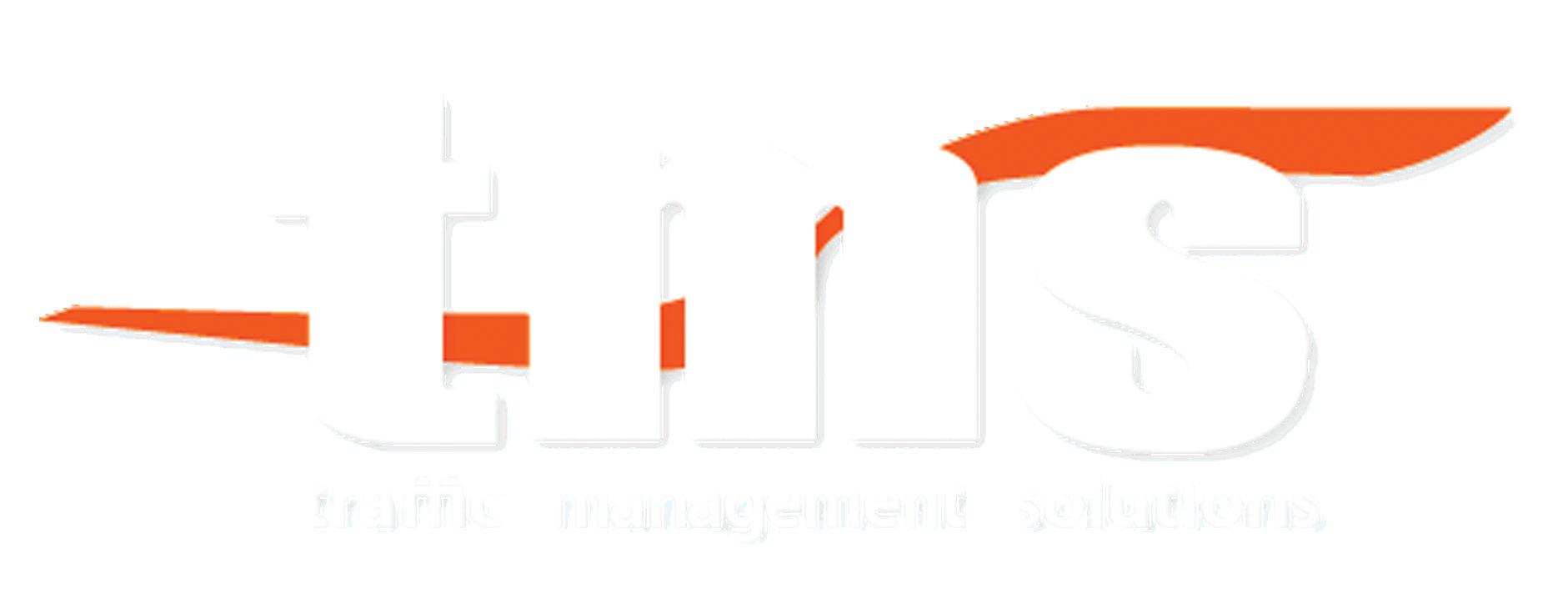
SERVICES:
• Subdivisions
• Construction Monitoring
• Land Development
• Property Layout
• Planning
• Civil Engineering
NEW PLYMOUTH 60 Hurlstone Drive P: 06-759 0904
WHANGANUI
32 Ridgway Street
P: 006 345 0333
www.juffermans.co.nz
We offer safe and effective traffic management services for roading, construction, civil works, essential services, infrastructure, special events and filming.

• Vehicle Crossings
• Tree Felling
• Events
• Cyclist management
• Road Maintenance Or Repairs
• Pedestrian Management
STRATFORD Prospero Place
P: 06-765 4122
HĀWERA
P: 06-278 4135
JSL has a team of experienced surveyors, planners, and engineers who cover all aspects of development engineering, resource management, construction setout and monitoring, and simple back-yard subdivisions. Your

www.trafficmanagementsolutions.co.nz



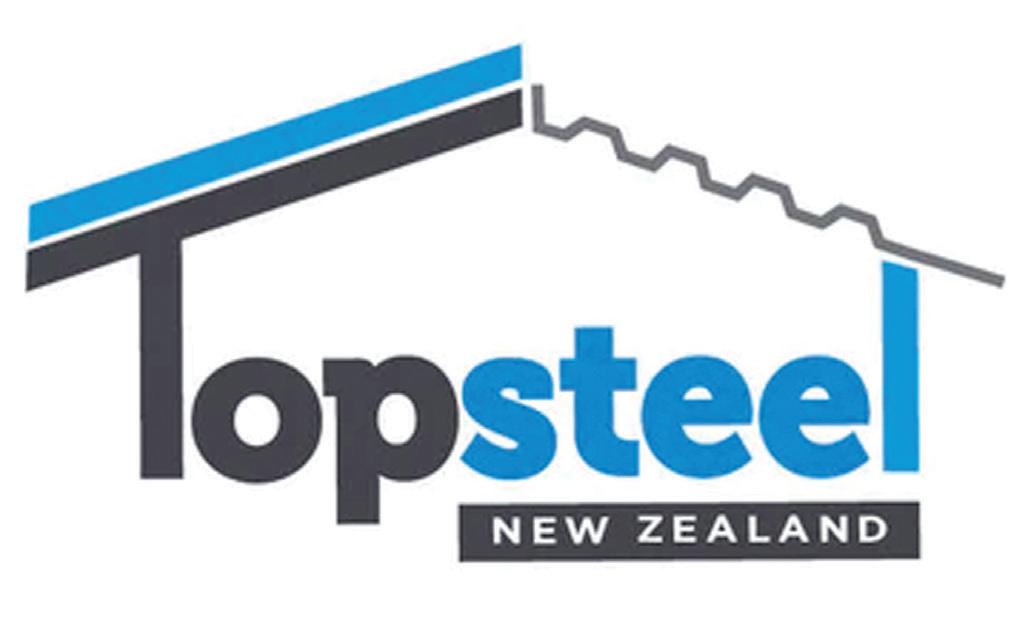




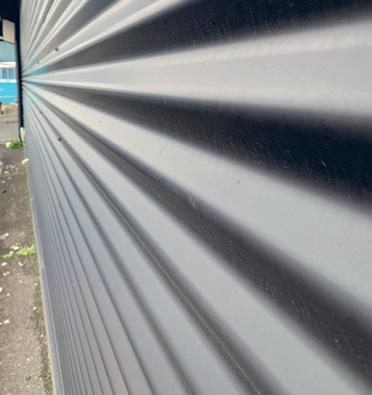




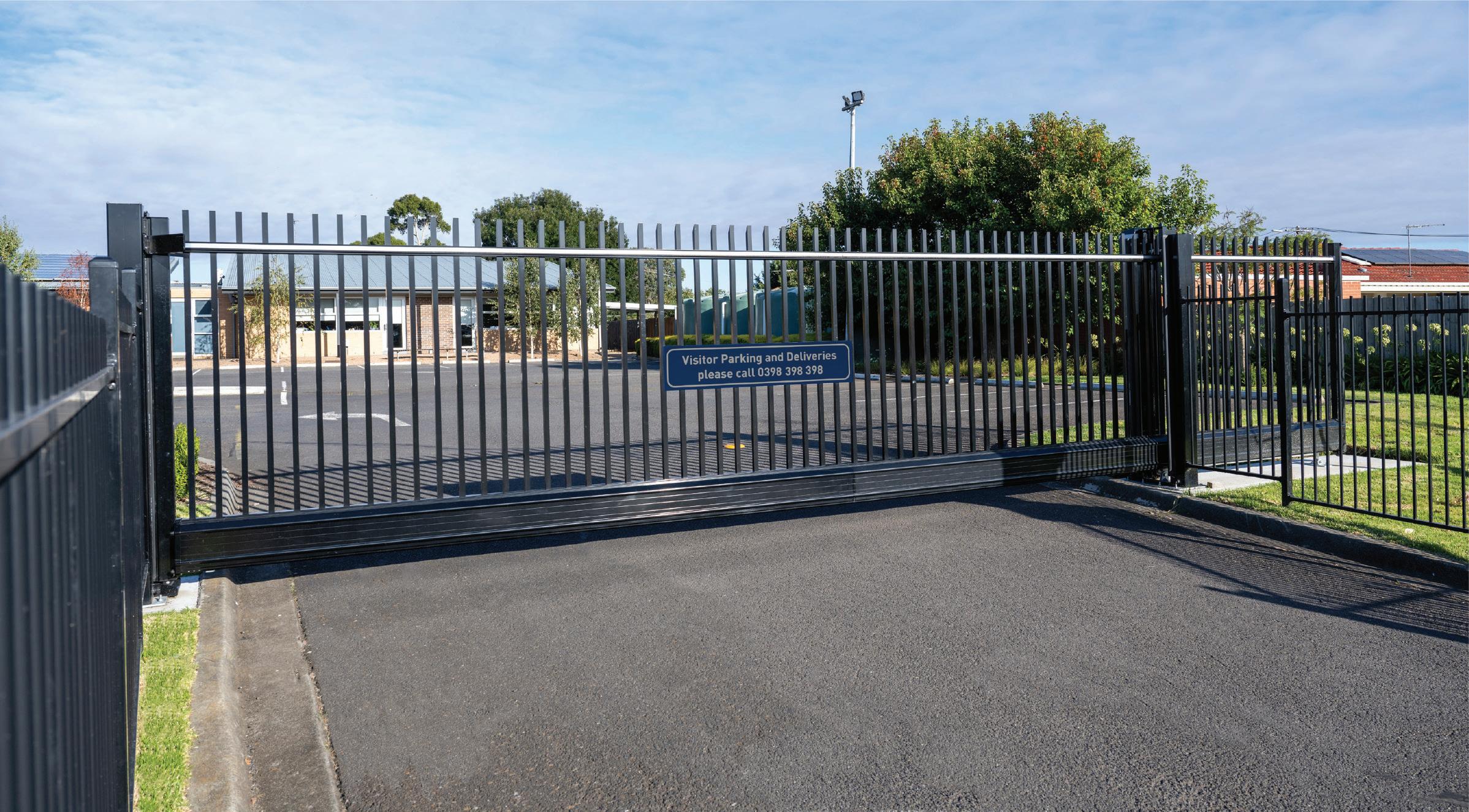


Are you an upcoming, inspiring, and current apprentice as an electrician?
The annual Master Electricians Apprentice Challenge in New Zealand may interest you.

Master Electricians is a professional trade organisation representing, supporting, and advocating over 1,200 businesses in the electrical industry in New Zealand.

Most of their work is close with Members of Parliament, government officials, and industry stakeholders.
The main sponsor for the Master Electricians Challenge is Schneider Electric, alongside Etco (the electrical training experts), Mechanical Support Systems, Ideal Electrical Suppliers, and many more.
Schneider Electric believes access to energy and digital is a fundamental human right. They provide energy and automation digital solutions for efficiency and sustainability, combining world-leading technologies for designing homes, buildings, and more.
Jared Dinneen, GM of Sales, Home & Distribution for Schneider Electric, says, “We know tradespeople play a critical role as key points of contact for customers.
“We want to help expand electricians’ toolkits so they are versed in changing demand as smart home adoption accelerates.
“Sponsoring the Master Electricians Challenge is a great way for us to champion this valuable sector, and we are excited to see and reward some of the young and emerging talent in the industry.”
This year’s challenge will have a completely new design, focusing on PDL Wiser, a way to interact with your smart home from your phone easily. This includes lowering your blinds and setting your preferred temperatures and light control.
Using PDL Wiser as the new module will create opportunities for apprentices to learn and upskill within smart homes and home automation solutions.
Apprentices throughout the country will battle in two divisions for the titles of:
• New Zealand’s Top Electrical ApprenticeIndustrial Section
• New Zealand’s Top Electrical ApprenticeCommercial & Domestic Section.
A third award will be given - the Initiative Award - to evaluate how well each finalist presented. The evaluation will include how they apply health and safety and how they conduct themselves within a competition setting.
Each competitor will be given a guideline by Master Electricians, which will be an overview of what they will be tested on. This ensures that apprentices can understand that the competition is an educational experience. Sometimes this allows each participant to learn a new skill and gain knowledge from their employer.
There are 13 locations around New Zealand where the competition will hold its regional preliminary rounds, which will kick off in June, with finals in late August, in Auckland.
The top five national competitors for each division will be able to go forward into the competition to the finals; this is an allexpenses-paid trip.
In addition, there will be spot prizes and prizes for the top competitors in the preliminary regional events.
To be eligible for the big challenge, any participant must have a current training agreement.
However, an apprentice who qualifies after 10 August 2023 can compete in the regionals but will not be eligible to participate in the finals.
The Master Electricians Challenge, sponsored by Schneider Electric, is an excellent opportunity for all aged apprentices to test out their skills and gain more knowledge as they compete further into the competition.
Apprentices can visit:
www.meapprenticechallenge.co.nz, for more information and registration.
Sponsoring the Master Electricians Challenge is a great way for us to champion this valuable sector, and we are excited to see and reward some of the young and emerging talent in the industry.
- Jared Dinneen, GM of Sales, Home & Distribution for Schneider Electric
At Southern Institute of Technology – Business Division of Te Pūkenga, women are achieving notable results in trades training across a diverse range of subjects, in the construction and engineering fields.
A consistent trend in recent years has been the prevalence of women on stage at the end-of-year awards ceremonies receiving awards for excellence. The trend looks set to continue, as more women pursue desirable trades careers after graduating.
At the 2022 Invercargill Awards Ceremony, 25 women scooped 29 Trades and Technology awards across nine different subjects, including Architectural Technology, Beauty Therapy, Carpentry Pre-trade, Hairdressing, Joinery, Mechanical Engineering, Diploma and Bachelor-level Engineering, Veterinary Nursing and Animal Care.
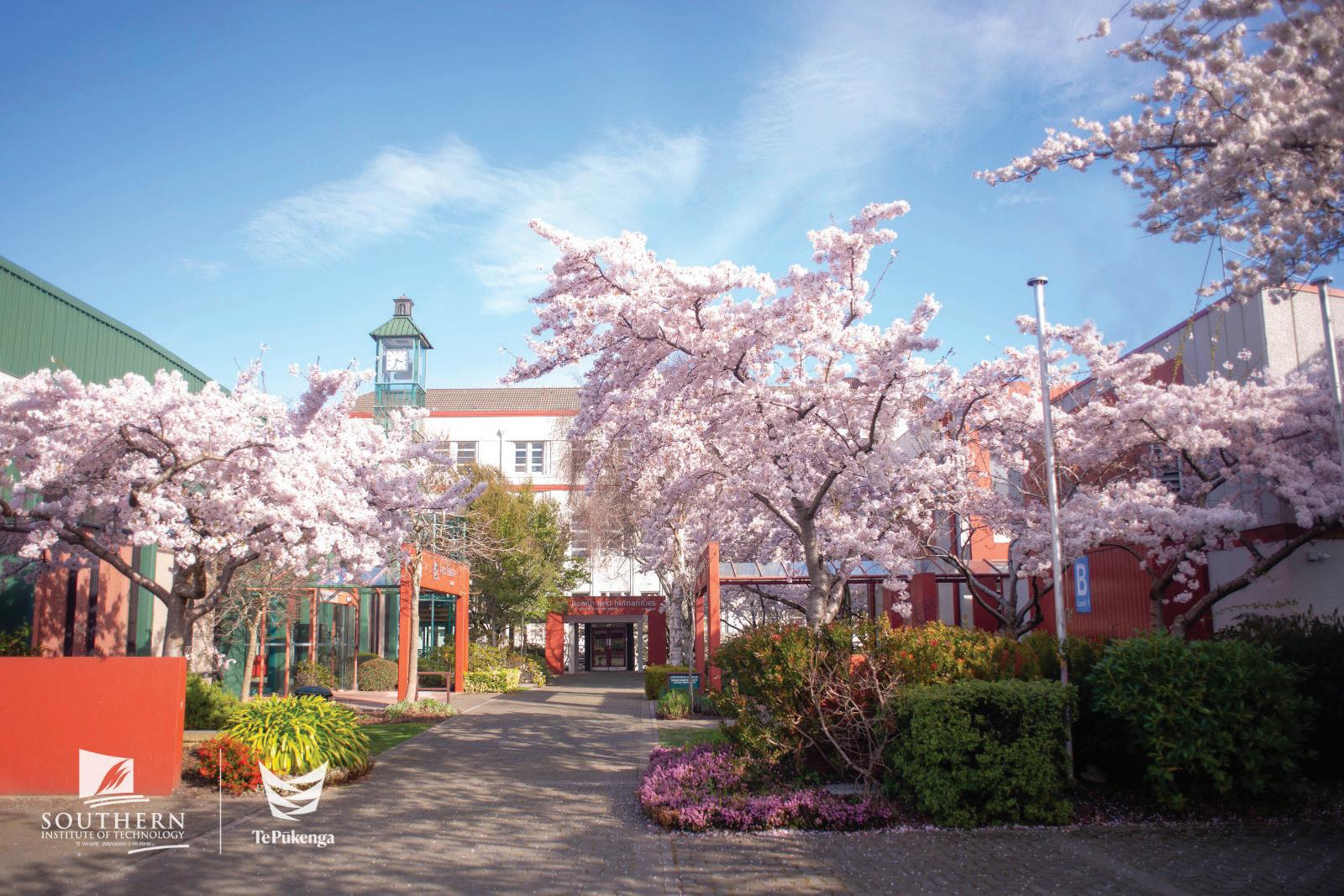
Luke Mason, Head of School – Engineering, says much of the breaking down of barriers for women entering into a trades career has already happened.
“We’ve moved past that (initial) getting females into trades, the biggest issue is not whether there are females in the class, the bar is set higher now, and the focus is on getting them into the full range of trade careers.”
He used as an example, heavy automotive engineering. “ ... there are no barriers in those roles which traditionally were dominated by males, (which often came from the physical or heavy nature of the work).” Developments in technology have changed work environments to such an extent that those types of issues are no longer relevant, Mr Mason explained.
He added trades careers are well remunerated, with long-term options for further career growth, making them valuable and highly desirable.
“It is fantastic to be able to re-engage with our former full-time students when they return for apprentice training and find out how their careers are evolving and the positive effects it has had on their lives.”
In 2022, more than half of the students –10 out of 18 - in SIT’s Joinery class were women. Philip Johnstone, SIT Joinery Tutor, says there are two qualities they consistently see in female students which help them to succeed on the course: “they are good at attention to detail, they also listen to and follow instructions.”
Joinery can lead to diverse job outcomes, Joinery Tutor, Lee Park adds. They’ve had graduates go onto upholstery, glazing, furniture making, and aluminium joinery. “The core of the course teaches Health and Safety in the commercial workshop environment and you learn the manufacturing process, which lends itself well to a number of career options.”
Invercargill born-and-raised Brooke Harris thought she was bound to end up in an agricultural career; but a conversation with her school careers counsellor sent her in a completely different direction.

Brooke’s family are big motorsport fans and she grew up watching V8 supercars. “Bathurst weekend in our house is like Christmas,” she says. After the school careers counsellor asked her why she hadn’t thought about becoming a mechanic, Brooke found her career direction. “ ... I love anything hands-on and practical, and really enjoy problem-solving,” she says.
Brooke enrolled in the New Zealand Certificate in Automotive Engineering (Level 3) (Light) at SIT. “ ... I thought this was my best way to get my foot in the door and start making progress towards a career in the motor racing industry as a mechanic.”
Studying at SIT was definitely a learning curve, Brooke says. “It was a big step outside of my comfort zone ... I had to work very hard to keep up and retain all this new knowledge ... “ It was no fault of the tutors or structure of the class, she explains. Looking back, she sees how it really helped her to step up to new challenges.
Now an Apprentice Mechanic at Leitch Motorsport and Restoration, Brooke started her full-time job there the day after her course finished. Completing work experience was a course requirement; Brooke’s placement with Leitch Motorsport led to the offer of an apprenticeship.
Brooke wants her qualification to take her as far as she can go (literally) with a goal to work overseas as a mechanic in a race team. “When I started, I never imagined any of this would even be a possibility, but I really pushed myself out of my comfort zone to ... make connections that have now opened up so many opportunities, from supercars in Australia, to IndyCars over in America and even work in Europe.”
When I started, I never imagined any of this would even be a possibility, but I really pushed myself out of my comfort zone to ... make connections that have now opened up so many opportunities.
AVAILABLE COURSES FOR MID-YEAR INTAKE
• NZ Certificate in Construction Trade Skills (Level 3) - Carpentry

• NZ Diploma in Construction (Quantity Surveying) (Level 6)
• Bachelor of Construction (Level 7)
• Graduate Diploma in Construction (Level 7)
The heavy engineering industries’ top innovators and changemakers were recognised at the HERA Future Forum Nation Dinner on May 5, 2023, at the Christchurch Art Gallery Te Puna o Waiwhetū.

Sponsored by New Zealand Steel, the awards celebrated the significant impact that individuals and teams are making across Aotearoa, honouring outstanding projects, innovations, and research that demonstrate leading vision and contribute to success within their respective industries.
HERA’s chief executive officer, Dr Troy Coyle, says “I would like to congratulate the winners, finalists, and scholarship recipients for 2023.
“All of the work they do across the country invaluably contributes to the success of the industry and nurtures the values that will ensure we are serving a better tomorrow.
“It is a privilege to acknowledge the longstanding dedication, alongside new leaders and up-and-coming talent.”
Keith Smith Memorial Award – Beca’s structural technical development manager
Geoff Bird
Geoff’s contribution to the industry is a longstanding one, supporting HERA’s structural division in 1983 and moving on to become New Zealand’s structural manager of steel in 1992, where his work became instrumental in the widespread use of structural steel in multi-story buildings.
Geoff is a significant knowledge benefactor for the industry, participating in HERA’s Steel Research Panel and SCNZ technical working groups.
DON’T LET YOUR ASSETS CORODE AWAY IN OUR SEVERE COASTAL CORROSION ENVIRONMENT.

RUSTOLEUM NOXYDE HAS BEEN PROTECTING OUR COASTAL ASSETS NOW FOR OVER 25 YEARS.


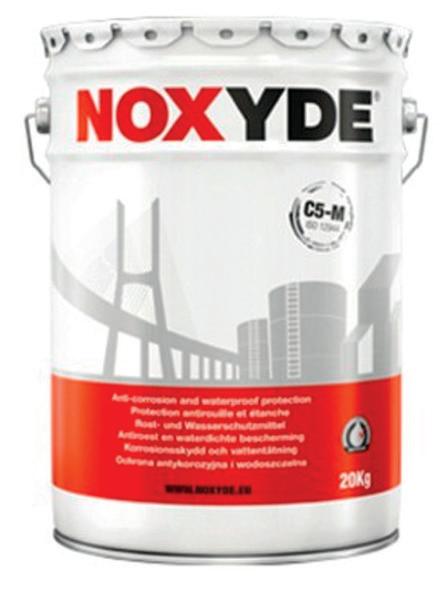
NOXYDE HAS AN ISO 12944 C5-M APPROVAL FOR HIGH MARINE CORROSIVITY.

He is also an honorary lifetime member of the Structural Engineering Society (SESOC) and a fellow of Engineering New Zealand (NZ).
Next Gen Leadership, Leading Metalmind Award – Farra Engineering’s general manager of operations Mike Ryan
Mike impressed the judges with the breadth of projects for which he was able to achieve the seemingly impossible, as a result earning the informal title ‘guru of solving crazy engineering problems for the hydro industry’.
His problem-solving work at the Burrinjuck Hydropower Station in Australia avoided a costly shutdown, saving 15 million dollars and extending its life by a further 15 years.

Whanake Scholarship
Lydia Frater was congratulated as the 2022 scholarship recipient. She is at the University of Canterbury, studying towards an honours degree in engineering, with the
intention of completing a bachelor’s degree in civil engineering.
Steel Research Student of the Year Award –University of Auckland’s Fanqin Meng Fanqin’s research is important to understanding structural steel’s performance in severe fire, in particular the performance of beam to column sub assemblages in gravity-resisting systems of steel structures, which has led to more realistic strength reduction factors for columns in fires.
Fab 4.0 Award – Farra Engineering (welding technology)
Quality work and improving supporting processes and systems have been a strong focus for Farra Engineering. As a result, this has led to a reduction in the number of hours required to complete the fabrication of complex machines, and more importantly a significant reduction in rework cost.
Fab 4.0 Award – MJH Engineering (welding skills development)
To combat the shortage of trained, skilled, and competent welders, MJH Engineering developed an in-house training programme to recruit, train, and employ skilled welders in conjunction with the utilisation of CNC technology to improve productivity.
This has led to a significant reduction in the time it takes for graduates to receive their welding tickets and become qualified with the main welding accreditations.
Innov8impact Award – Dr Shahab Ramhormozian for his project “Sustainable Earthquake Resilient Buildings for a Better Future”
This $9.47 million endeavour-funded research programme will develop systems
so that buildings will suffer no structural damage under severe earthquakes or associated fires. Therefore, significantly reducing the cost of earthquakes on the built environment and improving intergenerational well-being.
Innov8change Award - Tīra for exporting spiral welding innovations
Received in memory of Wayne Taylor who was the inventor of spiral welding, this innovation reflects a business on a path of automation and innovation. This reshaping of Tira has opened it up to new markets and expanded its footprint offshore when it comes to its novel automated spiral welding technology and unique expertise in process vessels.
Innov8rerehua (steel is beautiful) Award –McConnell Dowell, Aurecon and Eastbridge
McConnell Dowell, contracted by Waka Kotahi NZ Transport Agency, replaced the 105-year-old Mangere Bridge with a new 260m long stunning piece of structural engineering that is a focal point that reflects its local landscape. Designed by Aurecon and predominantly fabricated by Eastbridge, Ngā Hau Māngere connects the communities of Onehunga and Māngere Bridge on either side of the Manukau Harbour.
Innov8resilience Award – WSP and Waka
Kotahi NZ Transport Agency
The “Steelwork Durability Documentation Suite” relates to the coating of steelwork on highway structures such as bridges, and will be integral in raising the quality of the protective coatings industry in Aotearoa New Zealand, and the durability potential of structural steel in the built environment.
Innov8taiao (steel is sustainable)
Award – Beca
The project “Adaptive reuse of steel in the Civic Administration Building” resulted in the 100 percent reuse of the 1,900 tonnes of structural steel frame and gave it a new lease of life as high-end central city apartments. The resultant reduction in carbon footprint was 6,150 tonnes of CO2 equivalent emissions.
About the awards
The HERA Industry Awards recognise those who have significantly contributed to the industry’s success. The awards were aligned with the Future Forum Conference, which is about building a tribe of metal minds and casting a collective gaze on the future so the industry can prepare for disruption.


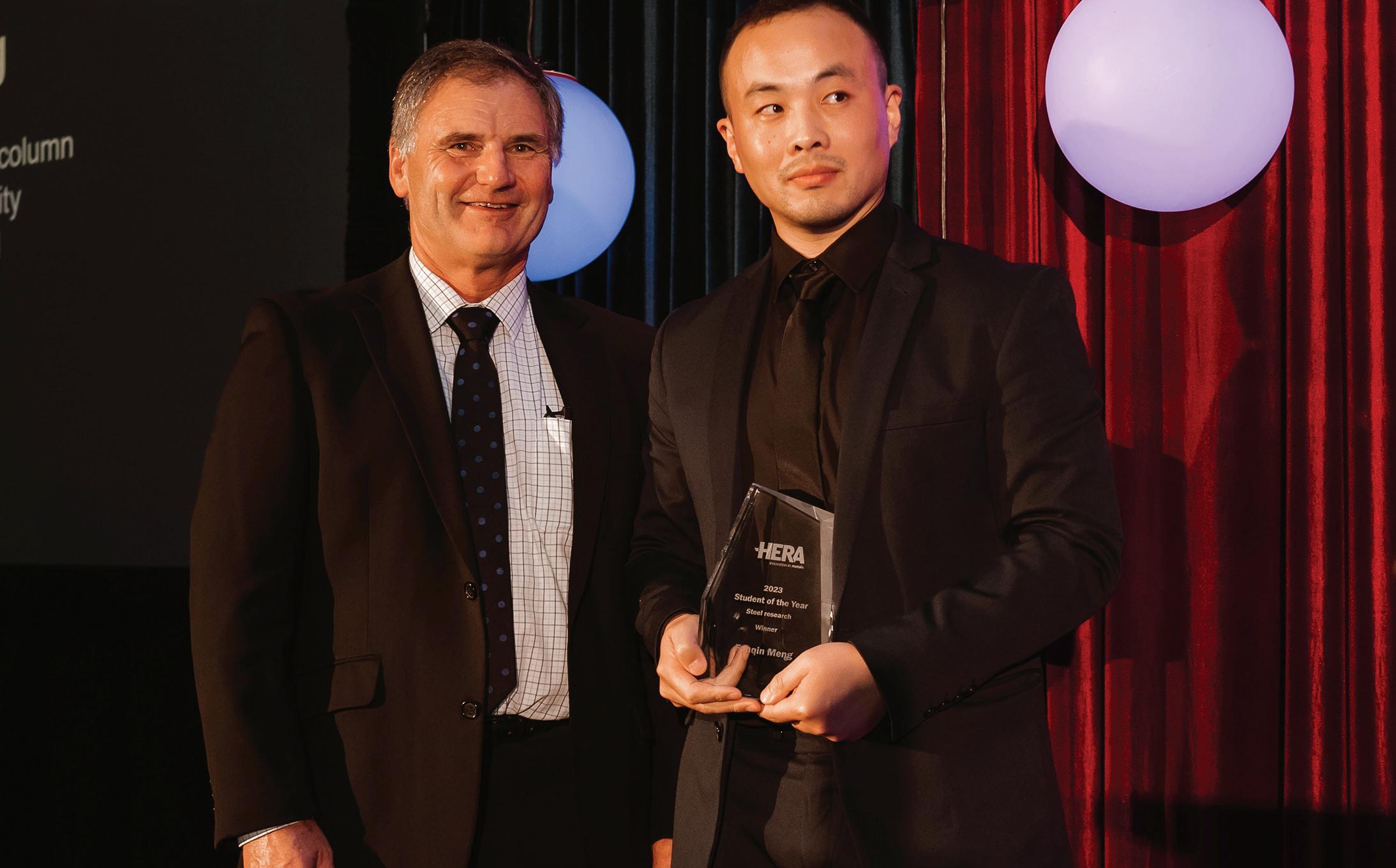

About HERA
Securing tomorrow’s industry by innovating today, HERA drives thought leadership for our industry in research and innovation.
Everything we do is to ensure we’re a New Zealand that supports our metalsbased industry.
We want our members to be employers of choice, and to be optimising cost effectiveness through productivity and efficiency. Providing support so they follow global best practices, are evaluating and adopting new technologies for commercial success, and are recognised for their outstanding commitment to quality.
Future-proofing our industry means making sure our members’ metal solutions are recognised as the best choice because
they’re easy to use, are low risk, and are the most sustainable, competitive, safest, and innovative option for Kiwis.
HERA is led by CEO Doctor Troy Coyle, who brings 20 years of experience in innovation management covering the private sector, not-for-profits, government, and academia across a range of industries including materials science, medical radiation physics, biotechnology, sustainable building products, renewable energy, and steel.
She is a scientist with a doctor of philosophy from the University of New
South Wales with training in journalism and communications.
HERA is a non-profit research organisation dedicated to serving the needs of metalbased industries in New Zealand.
It is the industry stimulus for research, innovation and development, delivering a trusted national centre for design, manufacturing technology and quality assurance.
Visit: www.hera.org.nz
All of the work they do across the country invaluably contributes to the success of the industry and nurtures the values that will ensure we are serving a better tomorrow.
It is a privilege to acknowledge the longstanding dedication, alongside new leaders and up-andcoming talent.Innov8taiao (steel is sustainable) Award – Beca. Whanake Scholarship recipient Lydia Frater. Fab 4.0 Award (welding skills development) - MJH Engineering. HERA chair Dave Anderson and Steel Research Student of the Year Fanqin Meng.
D&H Steel Construction has been working alongside New Zealand contractors since 1972 by supplying structural steel profiles; the company’s soul has been enriched by offering the industry a significant integrated service of planning and design of the steel structures that will then be built in its Auckland plant.
To best interpret this role as an integrated partner - THE “D&H WAY” - and support construction projects that are becoming more and more challenging, D&H Steel Construction felt the need to equip itself with technologies that would guarantee not only high production standards but also great production flexibility. Technologies, therefore, capable of performing a wide range of machining operations on the processed profiles, guaranteeing precision quality and productivity.
To meet this need, D&H Steel Construction turned to Ficep precisely because of its characteristics as a supplier partner of complete and integrated lines, distinguished by high productivity, precision and quality of processing, versatility and, last but not least, reliability. Ficep, in fact, is an Italian industrial reality with almost one hundred years of experience, which offers itself to the global market as a reference partner for the production and supply of complete solutions, offering a wide range of plants and machines with a high technological profile for the steel construction industry and the forging and stamping industry.
The partnership with D&H Steel Construction, which was perfected thanks to the deep-rooted expertise and professionalism of Francis Lee, Ficep’s area manager for Australia and New Zealand,
began by sharing the customer’s needs to equip itself with technologies that could meet emerging trends in the New Zealand steel construction industry. Over the years, the customer’s machine set up has been enriched with several Ficep profile machining plants. The Ficep Beam lime, a complete line for processing beams over the years has consisted of:

• One Endeavour 1203DDB automatic CNC line for drilling and band sawing
• Two automatic lines for punching, drilling, shearing and thermal cutting of angles and plates model F504PSNA and TYPE D4
• One multi-spindle automatic CNC line for drilling and cutting model Vanguard 1003DZB
• The RB1500 shotblasting system. These technologies combined and integrated within a single configuration are managed and controlled by Pegaso, the next-generation CNC for Ficep plants. Pegaso provides improved performance and substantially reduced cycle times. Pegaso features a powerful processor, expanded memory, up to 15 controlled axes and multiple communication protocols (Canbus, Profinet, Ethercat) and comes with the innovative, easy-to-use Office Technology Central offline programming software.
Endeavour model 1203DDB is the 3-spindle drilling system for processing the full range of structural steel and is integrated with the Katana band saw. A high-productivity integrated production line capable of such typical operations as straight or inclined cuts, mechanical drilling, wing thickness reduction, “rat-holes,” weld preparations, beam splitting, and more.
The two units intended for processing plates and angles F504PSNA and TYPE D4 are equipped with a 4-station punching unit. A marking unit allows part identification, which is functional for the subsequent assembly stages of the machined part. Steel structures are composed, in fact, of a very diverse series of components - connections,
reinforcements, joint plates - that vary in thickness, width and shape. Marking the part is therefore a machining operation that cannot be ignored, and the integration of Ficep punching systems with other machining operations is a much appreciated plus.
The versatility of F504PSNA and TYPE D4 meets all production requirements: they are combined with a unit for drilling, from a rotary shear for cutting, and a head for thermal cutting.
The Vanguard 1003DZB model for drilling is integrated with the Katana band saw. This drilling machine has the advantage of the distinctive pluses of Ficep drilling machines, plus it has an advantageous price/ performance ratio. This model is extremely efficient but, at the same time, it is easy to operate, ensuring maximum reliability even in difficult working environments. The Vanguard features the same welded steel construction as other Ficep drilling machine models for maximum stability and rigidity: this important construction feature improves drilling performance. The Katana saw with which the drilling machine is integrated is capable of making cuts up to an angle of 60° extremely fast and of high quality.
At the end of the line, the RB1500 shotblasting system guarantees very high performance for blasting steel profiles. It is equipped with ETA-patented turbines that offer excellent performance in surface treatment and unbeatable durability thanks to hardened steel parts: higher productivity and longer maintenance intervals these are the features of the RB series blasting machines. Because of these features, this machine is particularly useful for integration into fully automatic production lines.
To best interpret this role as an integrated partner
- THE “D&H WAY” - and support construction projects that are becoming more and more challenging, D&H Steel Construction felt the need to equip itself with technologies that would guarantee not only high production standards but also great production flexibility.


Corrosion is the deterioration of a material through its reaction with the environment.
Conducting a root cause analysis to identify the exact cause of a failure of a material due to corrosion, and to determine appropriate remedies, requires a detailed and thorough analysis.
Failure analysis experts can be involved at any point of a product’s life cycle including the design, manufacturing, service, and ultimately, when a part of the product fails due to corrosion.
The types of corrosion damage that are encountered in service often include general surface corrosion, galvanic corrosion, and localised corrosion.
However, environment-related corrosion problems, that can be quite dangerous to a structure or product, include stress corrosion cracking, intergranular corrosion, selective leaching corrosion, and erosion corrosion.
The eight types of corrosion (Fontana) that commonly occur on structures and products made of different engineering materials are as follows:
Uniform corrosion attack – this is the most common form of corrosion encountered.
Galvanic corrosion – dissimilar metal corrosion.
Crevice corrosion – an insidious form of localised corrosion.
Pitting corrosion – a rapid form of localised corrosion.
Intergranular corrosion due to poor alloy metallurgy.
Selective leaching corrosion – de-alloying.
Erosion corrosion due to flowing fluids. Stress corrosion cracking (SCC). However, there are many less common failure mechanisms encountered as well, including high temperature corrosion; microbiologically influenced corrosion (MIC), hydrogen embrittlement, and corrosion fatigue.
This latter group of corrosion failure mechanisms often require very specialised knowledge to assess and solve them.
Information sourced from: www. https: www. membership.corrosion.com.au
Protecting NZ infrastructure from corrosion
At a seminar in Auckland presented by the Australasian Corrosion Association’s New Zealand branch, corrosion experts from around New Zealand shared experiences and information on how corrosion impacts assets.
Many participants agreed that a design life of, say, 50 years (as is the case with residential builds including apartments), or 100 years (for major infrastructure), is often expected to perform considerably beyond that.
Many road and rail bridges built in the late 19th Century are still operational and expected to carry increasingly large loads.
With the decrease in “hazardous” antifouling coatings, microbial-induced corrosion (MIC) is increasing in ports throughout the world.
It’s now also being seen in fresh water, such as in the corroding sheet pile diversion wall in Lake Rotoiti.
This wall must divert the inflow from Lake Rotorua into the Kaituna River until 2057, so options delivered to the client included structural strengthening, use of an impermeable polymeric screen, or complete removal and replacement of the wall with vinyl sheet piles.
Dr Patricia Shaw spoke of BRANZ’s work in updating the New Zealand Corrosivity Map, which rates exposure risk to structures based on long term field testing of a range of materials.
Early indications suggest that more sites and finer measurements delivered by the current research are changing the risk profile for many geographic areas.
BRANZ has also found that many materials display “unusual” corrosion behaviour within geothermal environments. The correct protection methods for New Zealand structures are therefore very important.
The best protective coating is often more expensive to apply but will also extend the “time to first maintenance” period, and appropriate maintenance after that will ensure the asset’s integrity.
Regular inspection and testing of the protection ensures the underlying material is able to maintain its integrity at least until the end of its design life.
Sub-surface defects in concrete finishes can affect the performance of protective coatings, and with the increase in unvented hydrogen sulphide, MIC levels are also increasing in enclosed systems, such as wastewater pipes and tanks.
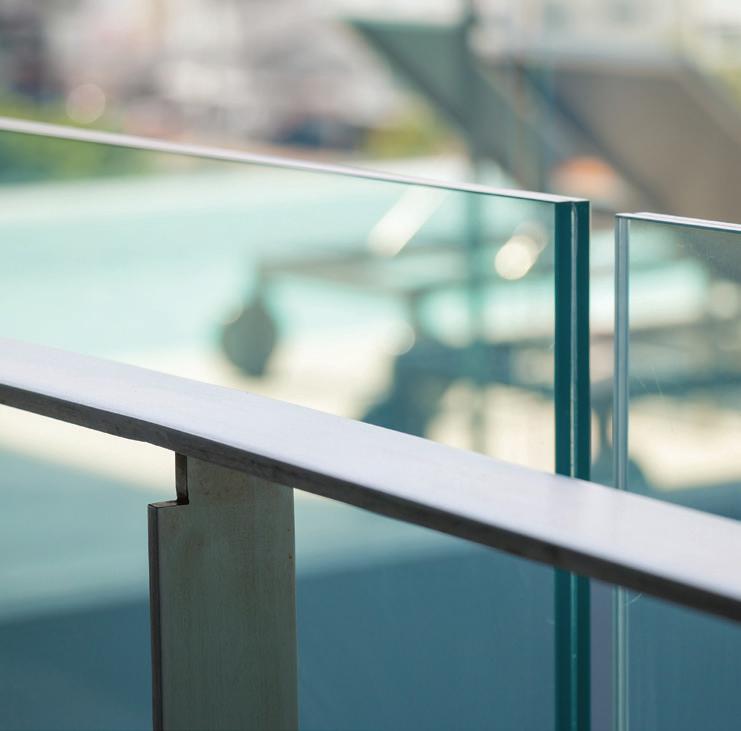
Some 30ppm of H2S will cause severe concrete corrosion, and anecdotally this has increased to over 100ppm in some systems internationally.
Asset managers cannot vent H2S from treatment plants today because nearby residents don’t want the smell, consequently trapping more sulphides than ever and placing more demand upon protective coatings.
The zinc bath dimensions are 9.5m long by 1.6m wide by 2.5m deep

These dimensions enable steel items up to 9.3m in length to be single dipped or up to 18.1m in length to be double end-dipped
Perry Metal Protection has been strengthening steel through Hot Dip Galvanizing (HDG) in New Zealand since the early 1970’s.Perry Metal Protection can offer the most comprehensive galvanizing service in New Zealand with Galvanizing operations in Auckland, Hamilton, Tauranga, Wellington, and Christchurch. Perry Metal Protection also offer a comprehensive Sandblasting and Painting service through Waikato Sandblasting Service Ltd. Perry Grating can provide you with a great range of Industrial Grating solutions.
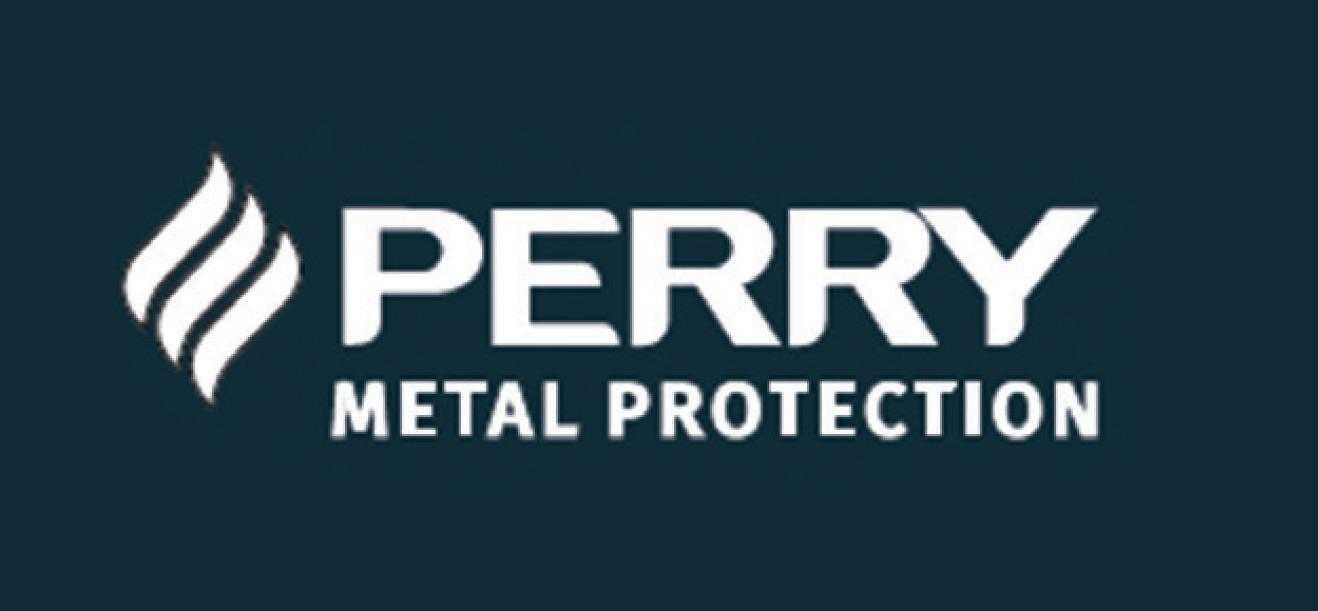
“We are New Zealand’s only ISO 9001 Certified Galvanizer, so come and talk with our team of industry specialists for you next big project”


Its stability gives it the potential to reduce cracks in cladding and linings. It doesn’t contain additional preservatives and won’t give off gasses or emit volatile organic compounds.
Along with being a healthier building choice it also has long-lasting advantages from a structural point of view.
Steel framing is a straight and stable product that delivers a perfect finish. Steel won’t warp or twist because it doesn’t absorb moisture. This means less maintenance problems like cracked lining and sticking doors.
Steel is exceptionally strong. It is noncombustible and has been shown to have excellent earthquake resistance. Good weather-tightness principles at the design stage will ensure that the steel framing will last for generations.
Steel framing requires no additional preservative chemicals and because it is pre-manufactured there is minimal wastage, reducing the impact on the environment. Steel is also 100 percent recyclable.
The roll forming technology behind steel framing gives a high degree of dimensional accuracy, enabling consistently straight walls, square corners and an overall superior finish. Plus, the stability of steel means no contraction or expansion with moisture changes, so frames won’t warp, twist, sag or shrink.
Working with steel-framing is fast and easy. Most steel-framing fabricators will also supply and erect the framing, but erecting the steel frame is a straightforward process. Fabricators will usually supply frames pre-assembled. The frames come with service holes pre-punched and with plastic grommets to make it easy for sub-trades to work with. The steel-frames do not absorb moisture so there is no delay waiting for frames to dry.
The National Association of Steel Framed Housing (NASH) represents the interests of the fabricators of light steel framing systems for housing and low-rise steel framed construction, along with designers, engineers and steel suppliers.
NASH exists to monitor and improve the standards of the industry and those operating within it.
Only by keeping its finger on the pulse of industry standards and practices can NASH ensure the quality of steel frame work carried out industry-wide and truly showcase the versatility and capability of structural steel framing as a building solution.

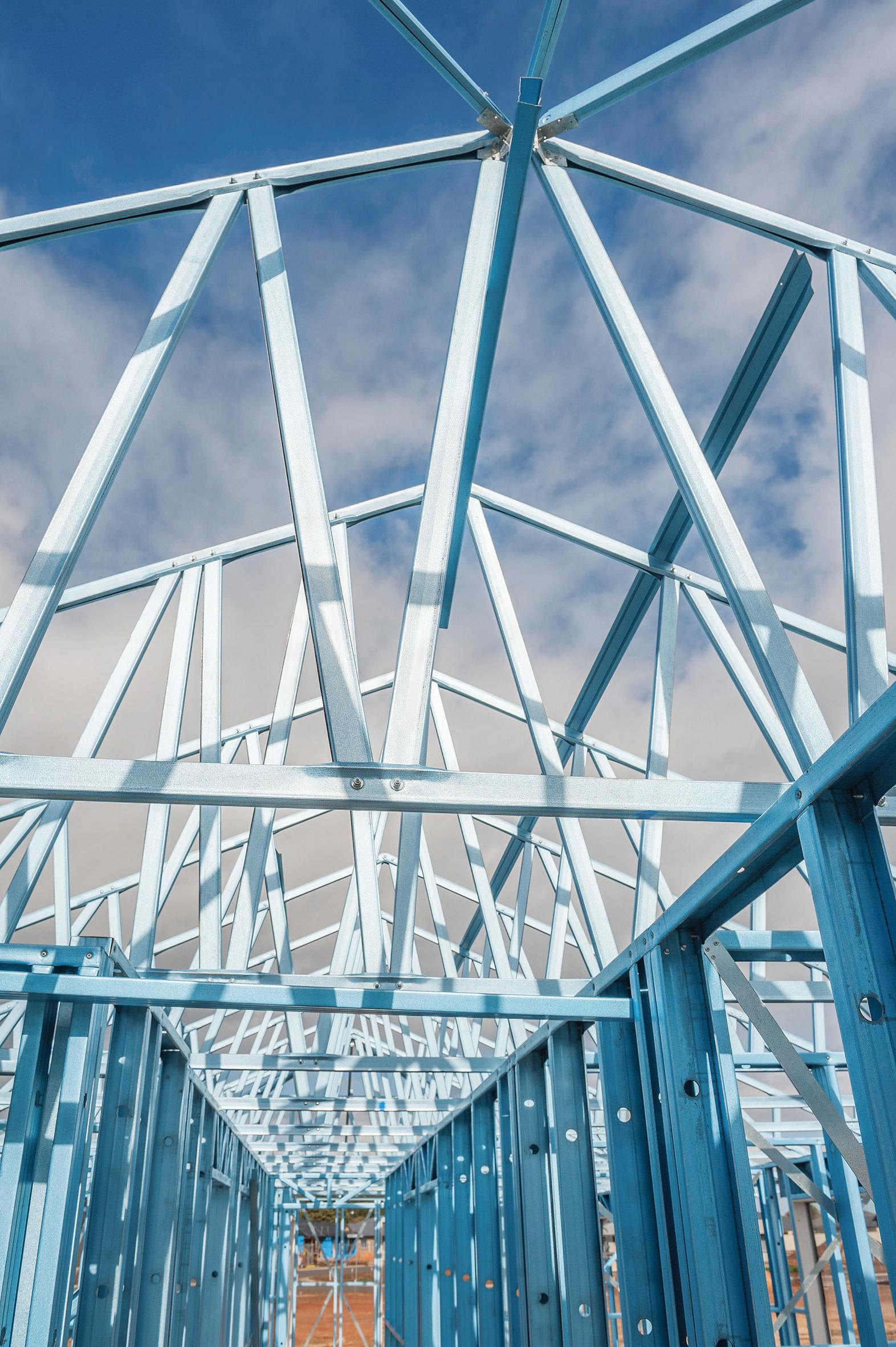
For more information contact the National Association of Steel Framed Housing. Call (09) 262-1625, or 0800 333 225. Email, gm@nashnz.org.nz, or visit: www.nashnz.org.nz
Steel framing FAQs
Is it true that the weight of a steel frame is only one third that of timber?
Yes. All New Zealand steel framing is made from thin gauge, high tensile steel, meaning that the frames are approx 1/3 of the weight of comparable timber framing.
What is the difference in cost between timber and steel framing?
This naturally varies with the volume purchased and the design adopted but generally, steel is similar in cost to timber and the final constructed cost will be the same or less for a house of comparable size and quality.
Although framing costs are only around 10 percent of the total building cost, steel provides other cost advantages. Steel is a lot faster to erect, and frames are much easier to handle. Costs are reduced because there are usually no callbacks or cracking to plaster linings. Will the building cost more?
No. The cost of the consent will be determined by the overall cost of the building not the material of the framing.
Most Building Consent Authorities have had Light Steel Frames (LSF) erected in their area and are now familiar with the procedure for consenting steel frames. Usually the fabricator will supply engineered detail drawings for your consent application. NASH also provides support and has an excellent relationship with MBIE officials.

Is steel framing a New Zealand idea?
No. Steel framing has been around in New Zealand for over 50 years. In South Australia 30 percent of new homes are steel and Australia-wide the percentage is 15 percent. In Hawaii it is 40 percent and Japan builds 150,000 steel homes every year.
Hawke’s Bay is home to Patton Engineering, a structural steel fabrication and erection company that’s been around since the 1950’s.
They cover a wide area in the North Island, having completed work from their home base to locations as far afield at Wellington, Gisborne, Taupo and Taranaki.
Engineering manager for Patton Engineering, Sean Perry, says they do everything from the design drafting to the fabrication, painting, and then building the structure itself.
“We also have the seismic strengthening; bringing buildings up to the new national building standards.
“A cornerstone project that we had was the Saint James Theatre in Wellington. It was a big job; went on for about three years,” Sean says.
Patton Engineering work with the latest technology to ensure their clients get the best results.
Sean says they use things like 3D scanning and BIM modelling so they can get all the measurements for a job and then modify their steelwork in the design so it fits on site.

Sean says Patton Engineering is all about continuing to learn and progress.
Their aim is to achieve total customer satisfaction and compliance under all governing bodies – at a competitive cost.
“We like to put our brains together, come up with what needs to happen and then execute it.
“After we execute it, then it’s a debrief; what did we learn from this and how can we continue that and improve it for the next job?
“It’s continuous improvement. Every job is a new project for us to learn, to grow, to implement and then to test the result to see if it worked out or not.”
Patton Engineering’s services:
• Fabrication
• Seismic strengthening
• Structural steel building
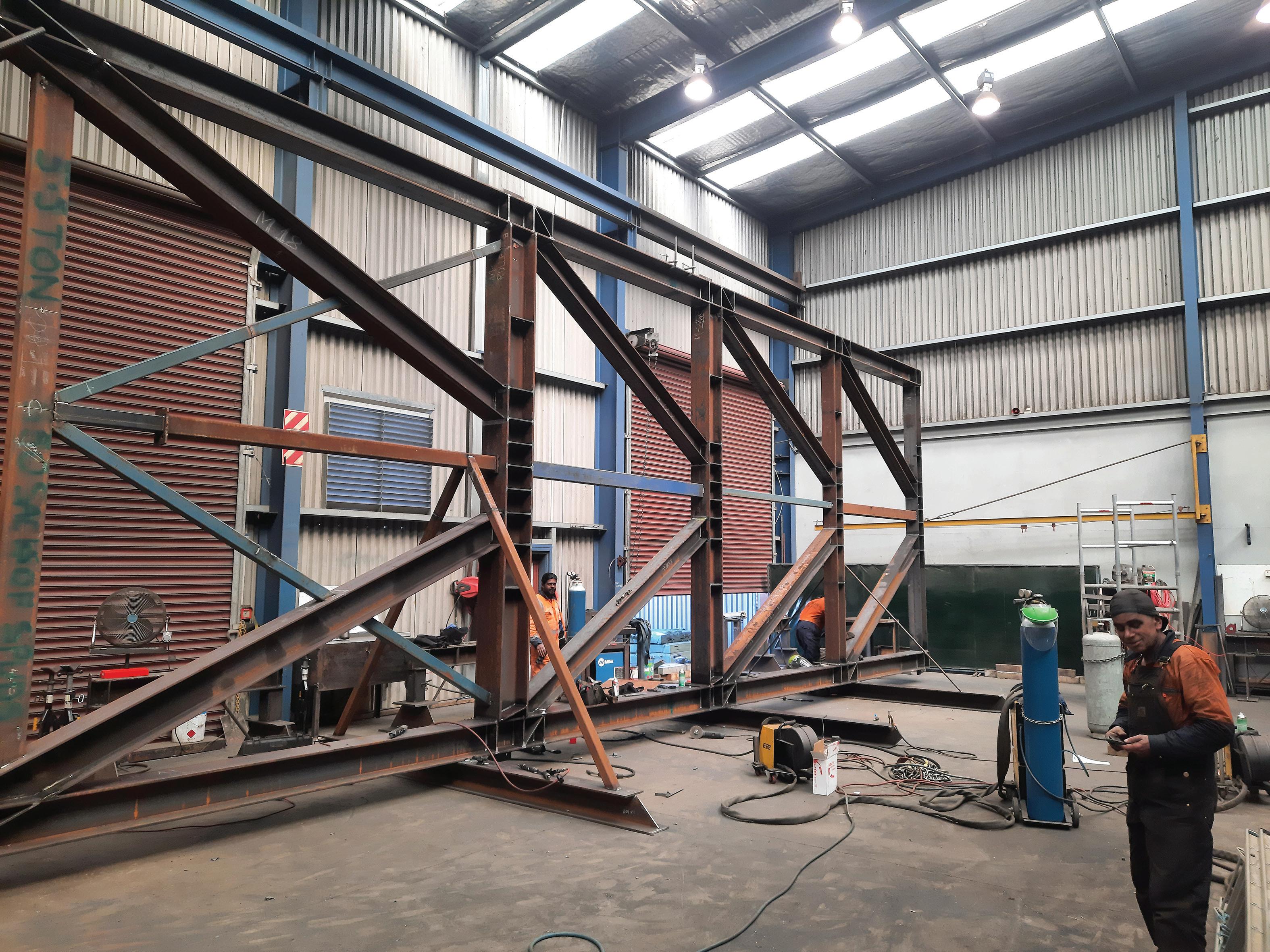
• Structural steel engineering
• Precision machining
• Onsite 3D modelling
• On-site maintenance
• Design services
• General engineering
• Full commissioning and diagnostics. Sean says Patton Engineering is continuing to expand.
They’re in the final stage of completing their first implementation their new Peddinghaus processing gear.
To our Hawkes Bay community and surrounds.
We know hard times are still present but please, dont forget to acknowledge the good you have done for each other, as you work to re-build your community.
We see you, we are proud of you and we thank you for everything.
“We have recently added a machining centre and fabrication bays to our facility here, where we have relocated our machine shop into a new facility that is adjoining to our current workshop, which is the heart beat of our company.

“We’ve added new fabricators, we’ve added new machinery and we’ve added new offices.



“That’s so that we can not only have more fabricators and more throughput but we also need to have the staff and the resources to manage larger projects.”
Patton Engineering have recently purchased a business in Wellington, Steel E.D. and Patton Ltd, which now allows the company to not only do the structural steel but now incorporate the beautiful architectural steel side of building.
“What that allows for clients is one single point of contact can now fulfil the majority of their metalwork and structural needs on new builds and refabs.”

The company is keeping busy with a wealth of projects they’re working on and have in their future.
“One of the more notable projects we’ve done was Wakefield Hospital which was about a thousand tonnes of steel. That’s probably the weight of 800 small cars,” Sean says.
“So, we’re finishing up with the hospital, we’ve got Hyde Lane apartments, we’ve got local cool stores for Sunfruit, we’ve got the Hastings DHB which we’re doing a seismic strengthening job for, among many other things.”
Patton Engineering continues to remain at the forefront of the engineering industry by adapting to changing times, meeting customer needs and embracing new technology.
The business is based off enthusiasm and drive which has provided superior precision and general engineering.

Clients can be assured Patton Engineering will provide professional engineering and design solutions from concept through to completion on all scales.

Steel & Tube has manufacturing, distribution and Tradeshops sites throughout New Zealand. We offer a comprehensive range of steel products, services and solutions for structural fabricators, general engineers, manufacturers, residential/commercial builds and the rural sector. A one-stop-shop for all your steel requirements.

The first commercial building built from 3D printed concrete in the southern hemisphere has been built in Hamilton.
Completed on time through the peak of post-COVID supply chain issues, by Iconic Construction Ltd, general manager Johnny Gordon said using QOROX walls was a massive time-saver due to the quick printing and setting time.

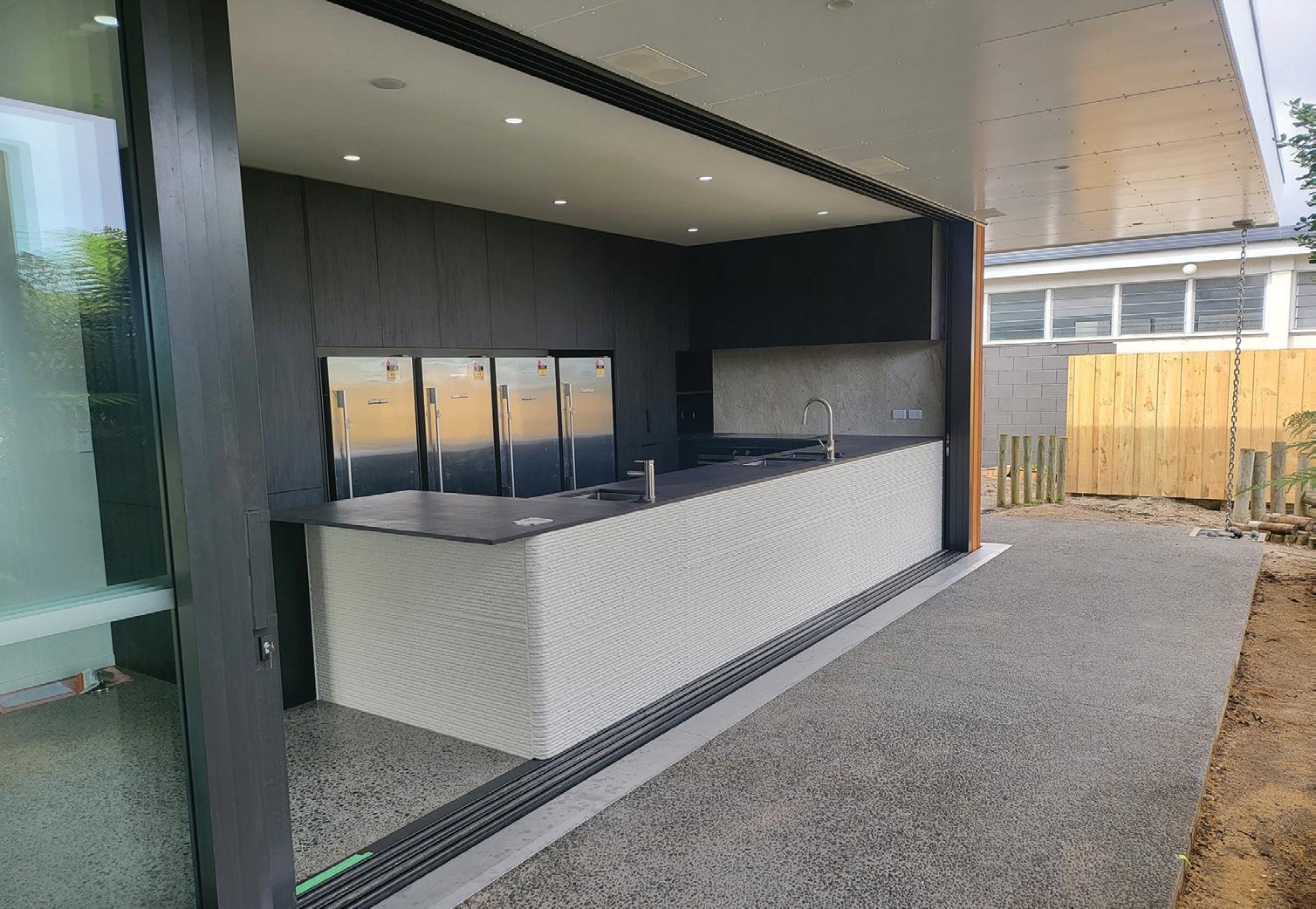
“There was a seven-day turnaround from the 3DCP walls being printed to being fully installed and filled, using QOROX’s gamechanging technology. It was impressive, particularly when you compare it with traditional masonry blocks or timber methods,” Gordon says.
“Six sections of QOROX 3D printed walls at a combined length of 15 metres long and three metres high, were printed in under five hours. Within the space of a day and a half, we had an entire length of wall finished inside and out.”
“After two hours, it’s at the same strength as a masonry block that you would buy off the shelf and at structural strength for construction in just over 24 hours.”
Gordon said the time saving was noticed by other trades on site, particularly the quick wall installation, which was completed in just two and a half days by two people.
QOROX founder Wafaey Swelim said the speed of construction was due to the innovative technology and the construction “ink”, made from 80 percent of material sourced in New Zealand, and a blend of ingredients he likes to call the ‘colonel’s secret spices’.
Gordon said being able to build texture into the wall design brings architectural interest into the space, while also being functional.
“You don’t often think of concrete as warm and welcoming, but having the texture allows us to bring personality into each
At our weekly Thursday Fracture Clinic we don’t just treat broken bones, we also see a lot of sprains and soft tissue injuries.
We keep up to date with the latest research about how best to treat them, so you can recover faster. You may have heard of R.I.C.E. (Rest Ice Compression Elevation) but have you heard of PEACE AND LOVE?
The British Journal of Sports Medicine recently published an article on how best to treat sprains and soft tissue injuries. They recommend treating sprains with PEACE & LOVE:
P PROTECTION – Avoid movements that increase pain in the first days after injury.
E ELEVATION – Elevate the injured limb higher than your heart as often as possible.
A AVOID ANTI-INFLAMMATORIES – Avoid taking these, as they reduce tissue healing. Avoid icing.
C COMPRESSION – Use elastic bandage or taping to reduce swelling.
E EDUCATION – Your body knows best. Avoid unnecessary treatments and medical investigations and let nature play its role.
&
L LOAD – Let pain guide your gradual return to normal activities. Your body will tell you when it is safe to increase load.
O OPTIMISM – Condition your brain for recovery by being confident and positive.
V VASCULARISATION – Choose pain-free cardio activities to increase blood flow for healing.
E EXERCISE – Restore mobility and strength by adopting an active approach to recovery.
If you have a sprain this season you can use this as a guide for your rehabilitation.
As always, if you need any further guidance be sure to see a GP or book into a fracture/ sprain clinic at a GP clinic near you.
With radiology and physiotherapy onsite, Te Awamutu Medical Centre offers a one-stop shop for your injuries this winter season.

wall, and also serve a functional purpose to hold and transfer heat which is great for all seasons,” Gordon said.
“We were so impressed by the 3D printed concrete texture that we added it into the kitchen island facade along with a curved edge.”
The new Creators Forest Lake building embraces indoor-outdoor flow, featuring textured concrete walls and large sliding doors on the kitchen to give the teachers the option to open or close rooms off from
the outside, or increase their play-space and serve food and drinks directly outside.
The next development by Iconic is already in the pipeline, with Iconic and QOROX working with local designers to bring to life the possibilities of 3D printing in New Zealand commercial and residential construction.
Gordon said people who are interested in partnering with Iconic to build should visit: iconicconstruction.nz or call 021 645 212. To see a range of 3D printed concrete applications in action, head to: qorox.co.nz.
As a business owner, it can be quite tempting to shoulder financial tasks on oneself, as an effective cost-saving measure.
When your business grows and you are trying to handle every aspect of your business, there are chances that important financial matters get overlooked.
Running a small business is not easy and poor financial management is one of the primary reasons why most entrepreneurs fail in the first year of their business.
Since small businesses are usually underfunded and understaffed, it becomes difficult to keep a tab on several departments at once. This is the reason it is important to hire an accountant to provide expertise in financial matters.

Accounting errors can cost you Accounting and business go hand-in-hand. It isn’t just about taxes. It also includes record keeping, analyzing, financial planning and forecasting.

If businesses do not focus on accounting, it would become difficult to ascertain which direction your business is heading. This helps in recording, assessing and classifying transactions related to your business.

For example, you are a self-employed surfing instructor who bills clients for surfing lessons.
An organised financial statement can offer you the true reflection of your profitable months and the total value of your business. Handling your business finances may seem like an easy task at first but sometimes minor errors can be the cause of flaring up your business expenses.
Every great business journey begins with a roadmap. When you are planning your business’ growth, it is important to set goals.
For example - what would your profits look like in five years from now?
Since maintaining your finances cannot be ignored, here’s why hiring a business advisory is a must.
As a business owner you have plenty of business affairs to look after. If you are not careful it’s easy to lose track of your finances and end up buried in paperwork.
Since accountants are professionals who specialize in finances, it makes sense to hire them instead.
A professional accountant can work wonders when it comes to saving tax liabilities simply by incorporating the right techniques to pay your taxes.
An accountant’s importance in business is more than completing financial statements and paying bills. They are a strategic partner in developing business strategies with profitability goals.
Most large businesses have a fully functional accounting department who provide the right information for financial matters.
Hiring an accounting company is crucial for growing small businesses who want to keep their financial structure in place.
Accountants understand the ins and outs of your business. Their complete knowledge about tax liabilities allows them to fill the
right documents and take appropriate action, which is fruitful for the growth of your business in the long run.
Time is money
Running a business without consulting a financial advisor can be like a ‘rudderless ship’ which is difficult to steer and control in the sea.
Without an efficient rudder the ship cannot function properly. Similarly, without a proper financial chart, your business goals will be a mere dream.
Accountants understand the ins and outs of your business. Their complete knowledge about tax liabilities allows them to fill the right documents and take appropriate action, which is fruitful for the growth of your business in the long run.


Protrade Group have a well-deserved reputation for delivering top-quality scaffold services. Their commitment to excellence extends across the residential, commercial, and industrial sectors, making them the go-to scaffold provider for clients seeking exceptional craftsmanship.
Protrade has taken on numerous infrastructure projects, particularly in the realm of roading, in New Zealand. Their expertise and dedication shone through in every endeavour, as they consistently delivered outstanding results. With each project, Protrade reaffirmed their position as a trusted and reliable partner to the nationwide companies looking after the roading network.
At the core of their success is the utilization of the well-proven Ringlock scaffold system. This enables their team to erect and dismantle scaffolds efficiently and with precision. Protrade also offer a full safety net service. This comprehensive approach
ensures that every project is equipped with the necessary safety measures, overseen by their safety officers.
The Ringlock scaffold system has a selection of traditional tube & clip types that can be incorporated when required. Protrade also has invested in a large range of aluminium mobile towers when portability is required. Whether it was a small-scale residential
renovation or a large-scale commercial construction, Protrade had the resources to provide tailored scaffold services.
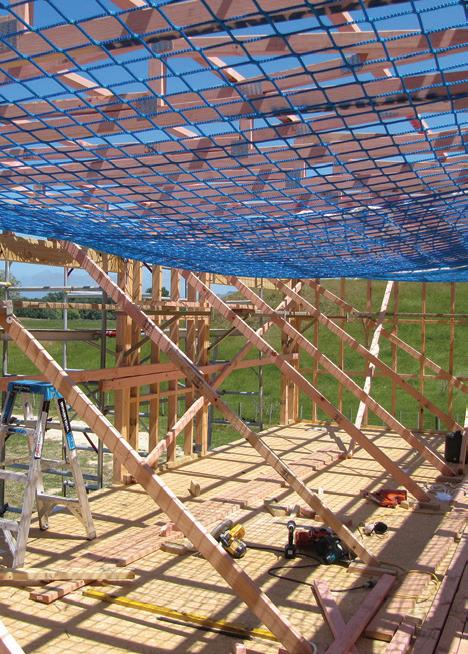


In addition to their skilled workforce, Protrade boasts an in-house scaffold designer using a special scaffold CAD program that ensures all builds are to the required standard. This enables them to provide 3D models of scaffold design.
Protrade have an assortment of construction equipment including a Manitou Telehandler with a 25-metre reach and 7000kg lifting capacity. This allows them to handle heavy loads and reach great heights with ease. Furthermore, they own All-terrain 4WD forklifts renowned for their excellence on construction sites.
Protrade’s presence extends beyond the East Coast of the North Island. They have an established branch in Gisborne and an evergrowing team in Wairarapa, serving the Manawatu region. Furthermore, they are expanding their presence in the Taupo region.
Protrade’s commitment to delivering topquality scaffold services along the East Coast of the North Island is second to none. Their expertise in servicing many sectors, along with their success in infrastructure projects, solidified their reputation as a trusted industry leader. With their well-proven systems, Protrade provides comprehensive solutions tailored to their clients’ needs. Their versatile machinery showcases their capability to handle challenging construction sites. Protrade continue to meet and exceed client expectations, leaving no job too big or too challenging.
Protrade Group Limited
609 Orchard Road
Hastings 0800 11 22 39 sales@protrade.net.nz www.protrade.net.nz
• Contract Mining

• Plant Hire
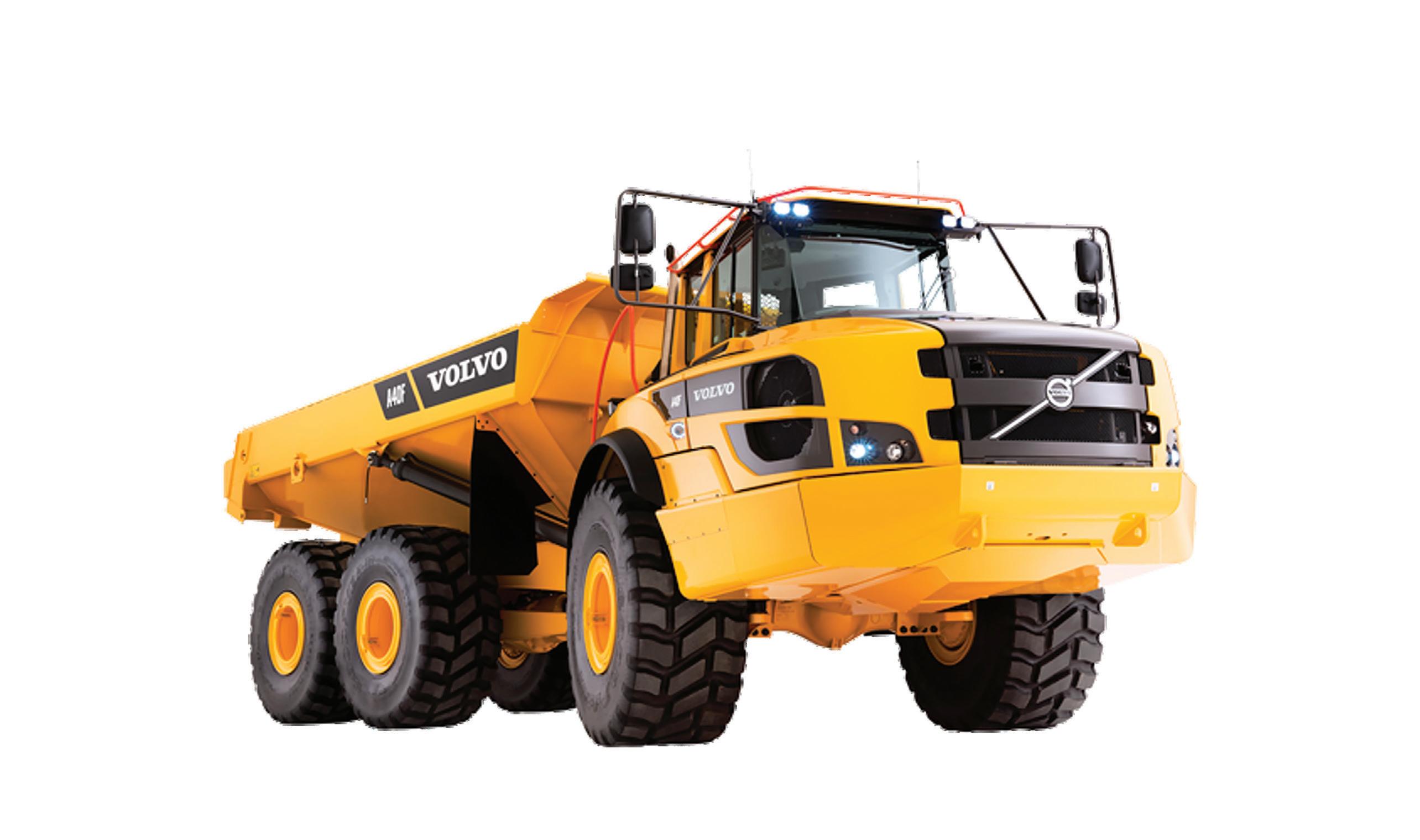
• Mine Rehabilitation
• Drill and Blast
• Civil Engineering

MORE THAN 20 YEARS OF EXPERIENCE
We have a reputation for taking on and completing work in the most challenging conditions, whatever


to Net-Zero Concrete 2050, scheduled for publication in mid-2023.
Low carbon concrete
Association’s (GCCA) 2050 Cement and Concrete Industry Roadmap for Net Zero Concrete.
While there are many questions to be answered, there is no doubt that concrete will be a key part of the eventual answers, more so as the industry pledges to reduce its carbon footprint as set out by the soon-tobe-released Aotearoa New Zealand Concrete and Cement Industry - Roadmap to Net-Zero Concrete 2050.
Resilient concrete
Concrete’s overarching properties based around durability make it an asset in mitigating and adapting to climate change. It forms part of wind farms, hydroelectric schemes and geothermal plants.
Concrete can improve the resilience of communities through robust homes and buildings, including improved stormwater management, flood defences and other forms of critical infrastructure.
The final tick in the plus column is for the sustainability credentials of concrete (including low carbon attributes) and the industry’s commitment to decarbonise.
These are clearly articulated in the Aotearoa Concrete and Cement Industry - Roadmap
By describing an achievable pathway to producing net-zero concrete by 2050, the decarbonisation roadmap sets out a positive vision for how the New Zealand cement and concrete industry can play a major role in building a sustainable future.
The industry has already made progress in reducing greenhouse gas emissions. An updated independent review shows that emissions from concrete production have fallen by 11 percent between 2005 and 2020, despite production increasing by 11 percent during that same period.
The roadmap will include different levers, such as the rapid uptake of fly ash and ground granulated blast furnace slag to replace cement, and milestones needed to achieve net-zero carbon concrete by mid-century.
It covers both ready-mixed concrete and concrete products and also involves the major participants in the concrete value chain, including cement manufacturers, concrete producers and buildings and infrastructure designers.
Developed with support from sustainability firm thinkstep-anz and engagement with Concrete NZ’s member groups, the roadmap is informed by and aligned with international work, like the Global Cement & Concrete
The concrete industry will look to remain successful in reducing its emissions by leveraging further R&D, investment and commitment from researchers, government and stakeholders.
With its mid-year publication, the New Zealand concrete industry’s roadmap to 2050 net-zero will further strengthen the case for concrete to be part of (re)building more sustainable communities and infrastructure.
Concrete New Zealand Conference 28-30 September, 2023 - registrations now open
Registrations for the 2023 Concrete NZ Conference, set for 28-30 September at Claudelands, Hamilton, are now open.
Organising Committee chair Moustafa
Al-Ani believes this conference offers an intriguing technical programme, entertaining social activities and extensive networking opportunities.
“We are delighted that registrations are now open for Conference 2023 and look forward to members, and those from across the construction and infrastructure sectors with an interest in concrete, taking advantage of the early bird registration rate,” Moustafa says.
Visit the website for more information: www.concreteconference.org.nz.
ROMILLY MADEW
Concrete NZ is pleased to have secured Engineers Australia chief executive Romilly Madew as a keynote speaker. Romilly boasts an impressive career to date, having also served as Infrastructure Australia’s chief executive, where she was responsible for overseeing the organisation’s role in helping governments prioritise projects and reforms that best serve communities. Before joining Infrastructure Australia, Romilly was the Green Building Council of Australia CEO for over a decade.

Concrete NZ
Level 7 Panama House 22 Panama Street Wellington (04) 499 8820
admin@concretenz.org.nz
www.concretenz.org.nz
In the wake of Cyclone Gabrielle, there has been a lot of comment about the urgent need to plan and build resilient communities and infrastructure.

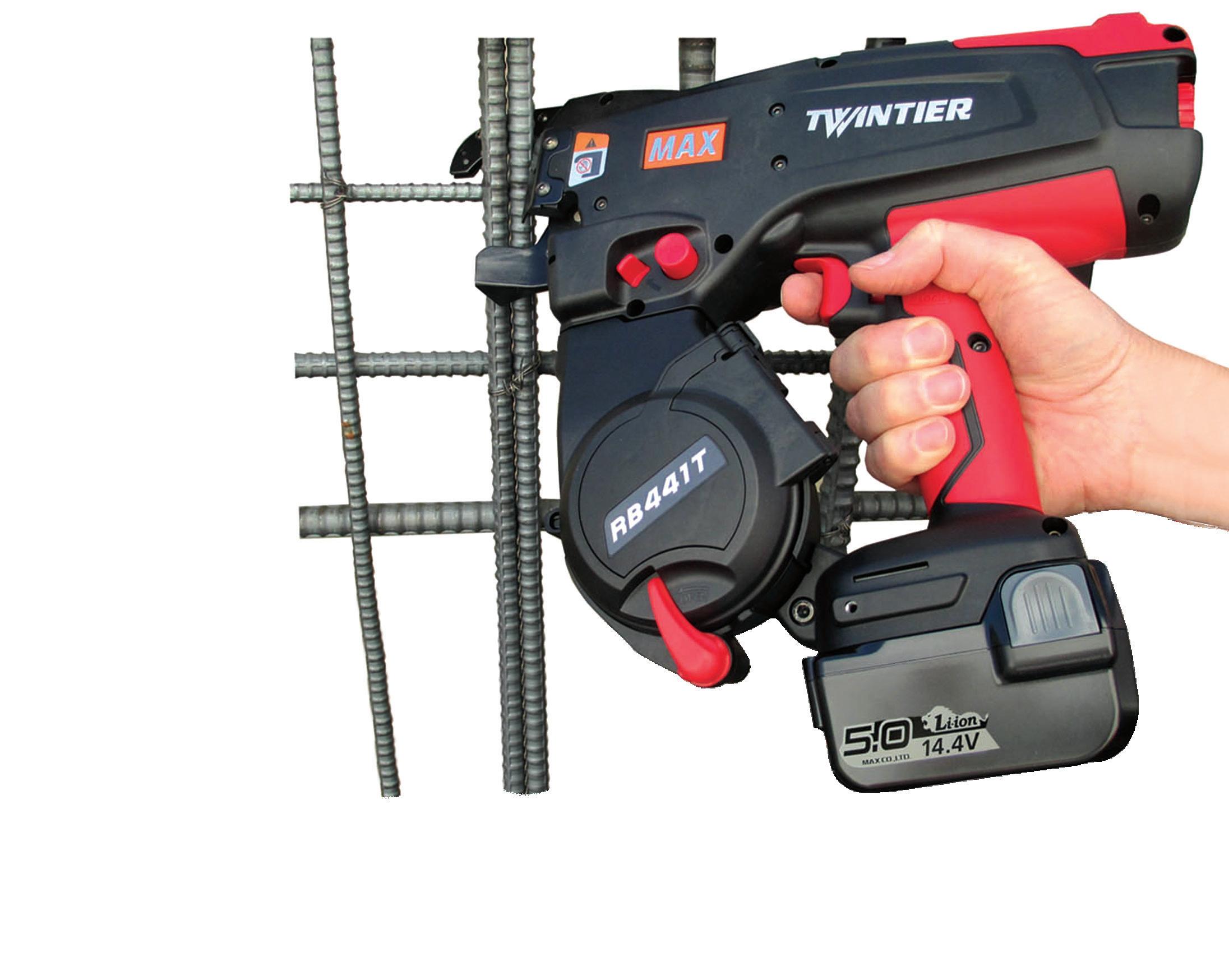

This new generation MAX® Rebar-Tier the RB441T TwinTier™ was introduced with 3 new design features to provide the greatest efficiency and highest level of safety reinforcing ironworkers have ever experienced.


The TwinTier’s “dual wire feeding mechanism” increases tying speed by reducing the time needed to twist and feed the wire, consequently reducing the cost, and shortening the time required for construction. The tool’s dual-wire wrap ensures each tie is reinforced for maximum hold.
The TwinTier’s “wire pull back mechanism” firmly pulls the tie wire in to adjust the tie to the rebar’s size to maximize the strength of the tie. When forming a tie the tool makes a loop with the wire and then pulls the wire to tightly secure and lock the rebar in place.
The TwinTier’s “wire bending mechanism” feeds a precise amount of wire to match the thickness of the rebar being tied and cut down on the use of unnecessary wire. This bending mechanism consistently feeds, pulls back, twists and releases the perfect sized tie for each application.
This generation of the MAX Rebar-Tier produces ties that are approximately 50% shorter in height, allowing for thinner concrete pours. Also, the ends of each tie are positioned downward to increase safety. Additionally, wire spools now produce up to 240 ties (when tying D12 x D12 rebar).
The TwinTier’s added features also include a jaw that is constructed to tie D10 x D10 up to D22 x D22 rebar. This wide jaw accommodates larger gauge rebar while its slim arm offers the freedom to work in tight spaces.
The TwinTier’s quick load magazine makes changing wire spools a piece of cake, and its frontward position provides improved balance/ergonomics, making flatwork easier.
A low “battery power consumption” design allows the tool to produce 5000 ties per charge using a 5.0Ah, 14.4volt Lithium-ion battery, which recharges in just 60 minutes.
The tool’s 6-step torque adjustment dial allows its user to adjust the strength of the tie based on the application. Steel, electrogalvanized and polyester (“poly”) coated wire are all available for use with the MAX® TwinTier™.
The MAX® TwinTier™ works at double the speed and produces double the number of ties from a single roll of wire than the previous model and far exceeds that of any of its competitors.
Overall, no matter the application, the MAX® TwinTier™, reduces the time it takes to complete a job, saves businesses money by cutting man hours needed for each project and increases the productivity of its workers.
For more information visit the SIFCO website www.sifco.co.nz
Simple to operate - fast to use - wraps 2 x 1.0mm tie wires, tensions and ties tight, with a 50% shorter tie height than other models. Ties a combined size of 20mm, up to 44mm, approximately 240 ties per coil, 4000 ties per charge, with the MAX® 40 minute fast charger. The MAX TwinTier™ Re-bar-tier is lightweight, with a compact body. New 5.0Ah Lithium-ion battery.
Made in Japan.
Battery operated re-bar-tying tool for:
• Precast Concrete Products
• Building Foundations
• Road & Bridge Construction
• Floors & Walls
• Retaining Walls
• Swimming Pool Walls
www.sifco.co.nz
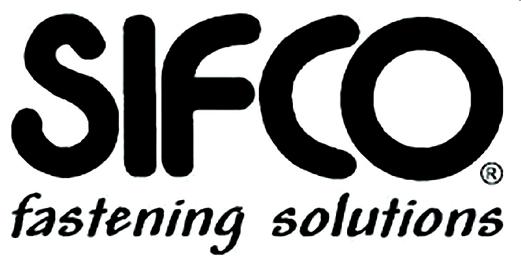

Entries are open for the 2023 Concrete Industry Apprentice of the Year award, with entrants in with a chance to win a share of around $10,000 in prizes and the sought-after title of 2023 Concrete Industry Apprentice of the Year.

Concrete New Zealand chief executive Rob Gaimster is thrilled to see the award, which emphasises the importance and value of trade training within the concrete industry, gain momentum from its inception in 2017.
“The Concrete Industry Apprentice of the Year award is at the heart of recognising young and talented individuals within our industry.
“Building and construction is a hugely important sector in New Zealand’s economy, one which offers many different concrete career paths.
“Apprentices who are committed to a concrete vocation, as well as their own personal and professional growth, deserve to be recognised for their foresight, mahi and accomplishments,” Rob says.
The award is open to those currently enrolled in, or who have recently completed (after August 2022), one of the following BCITO Te Pūkenga concrete qualifications:
National Certificate
• Precast Concrete (Level 3)
• Concrete Production (Level 3)
• Product Manufacture: Pipe (Level 3)
• Product Manufacture: Masonry Product (Level 3)
• Construction: Sawing and Drilling (Level 3)
• Construction: Placing and Finishing (Level 3)

• Concrete Construction (Level 4).
New Zealand Certificates
• Concrete Construction Skills (Level 3)
• Concrete Construction: Commercial and Civil (Level 4)
• Concrete Specialist (Level 4)
• Concrete Production (Level 4).
“It is an exciting time for the New Zealand concrete industry, as we continue to implement low carbon solutions on the road to becoming net zero carbon by 2050.
“We also pride ourselves on embracing diversity and inclusion, advancing health, safety, and wellbeing as important to business success, and ensuring that those who excel are rewarded.
“Those evaluating their construction career options don’t need to look beyond the concrete industry, as we are eager to bring them on board, offer support and guidance, and as the Concrete Industry Apprentice of the Year award demonstrates, celebrate their achievements,” Rob concludes.
The Concrete Industry Apprentice of the Year Award is made possible thanks to principal sponsors - Concrete NZ and the BCITO Te Pūkenga - and will be presented at the Concrete NZ conference formal dinner on 29 September 2023 in Hamilton.

The Concrete NZ Precast Sector Group represents around 30 precast concrete companies that operate nationwide.


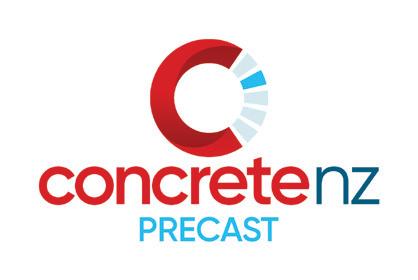
Under the Concrete NZ banner, the Precast Sector Group is the recognised voice of the off-site precast industry and strives to make precast concrete the firstchoice construction material.
An important objective of the group is to promote and advance trade trading, with members actively embracing the BCITO Te Pūkenga suite of concrete qualifications
Group members are also currently supporting a project coordinated by Waihanga Ara Rau (the Construction and Infrastructure Workforce Development Council) to develop a structural detailing qualification.
Concrete NZ
Level 7 Panama House
22 Panama Street
Wellington (04) 499 8820
admin@concretenz.org.nz www.concretenz.org.nz Manufacturer
Concrete apprentices, their employers and assessors must complete an entry form. Entries close Monday 10 July 2023.

Visit the website for more information –www.concretenz.org.nz

Profile Earthworks Ltd is a family owned excavation company, based in Hamilton since July 2015, servicing the Waikato and its surroundings.


Their comprehensive understanding of soil around the Waikato, and its formations, allows them to complete a wide range of work on residential and commercial sites.
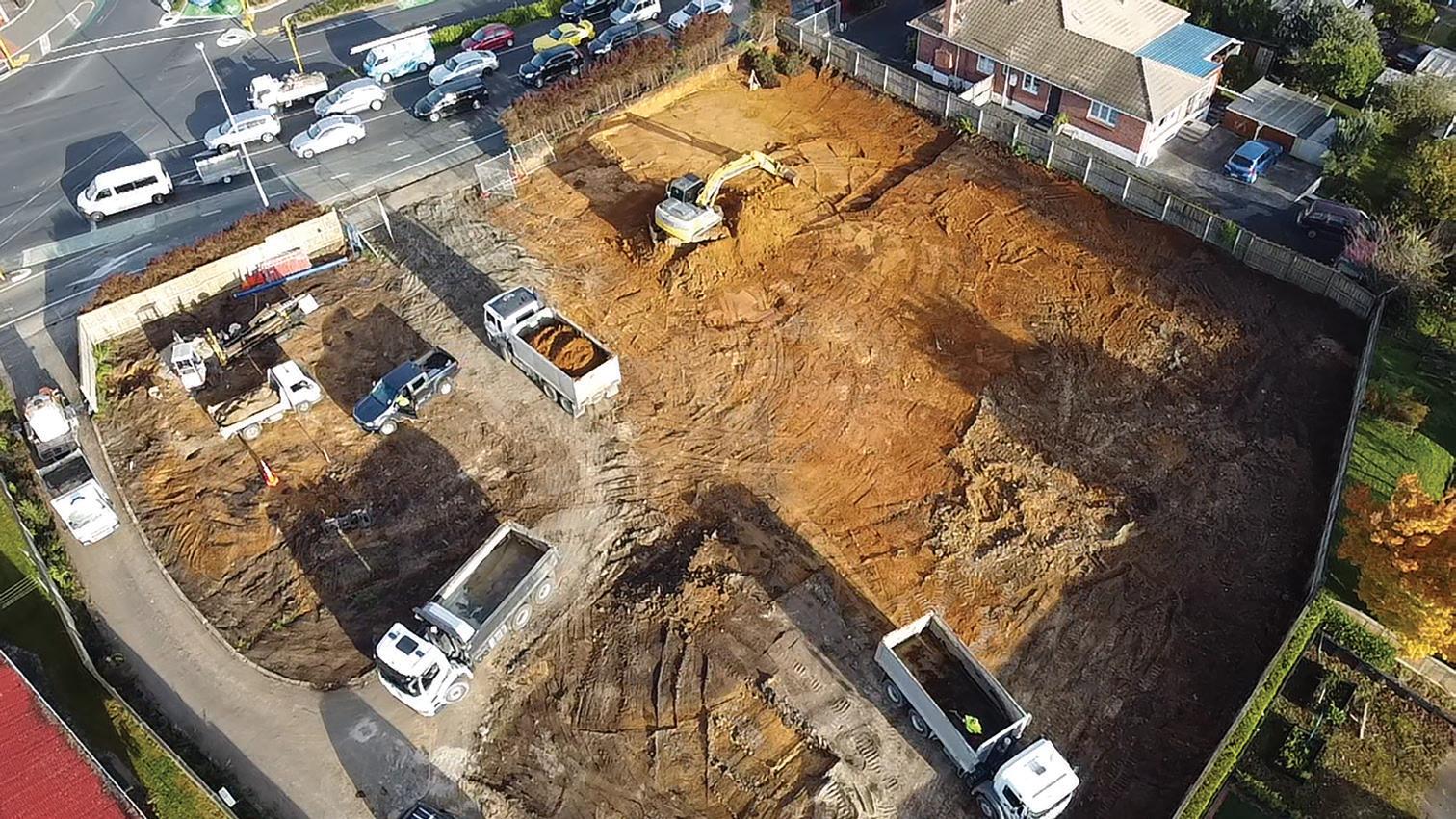

These projects include:
• Sand Pads
• Site Clears and Demolition
• Power Board Services
• Drainage
• Driveways
• Lifestyle Lawns
• Track Maintenance
• Equestrian Arenas
• Farm Races and Maintenance.
At Profile Earthworks Ltd they pride themselves on their quality, finish and high standard of workmanship. Their point of difference is their friendly, hard-working and approachable team, who deliver from start to finish.
Profile Earthworks 3-D grade control by Topcon on their digger and bobcat enables them to quickly get sites finished to your designed heights. This, along with their years of experience, makes no project off limits.

Health and safety is evident in all of Profile Earthworks’ projects, and their yearly independent auditing ensures they stay on top of the game. This, alongside Sam’s experience working with engineers, a variety of councils and his understanding of soil reports, makes your project that much easier. The team at Profile Earthworks Ltd love a challenge, so if you require alternative work that is not listed, the team will be happy to help you out.
Follow them on social media on Facebook and Instagram to see the latest work they have done; just search Profile Earthworks Ltd.
Give the team at Profile Earthworks Ltd a call now on 021 055 7774 or send them an email for a quote at sam@profile-earthworks.co.nz. For more information you can visit their website at www.profile-earthworks.co.nz
Transforming sites for better use Sam - 021 055 7774
At Profile Earthworks Ltd they pride themselves on their quality, finish and high standard of workmanship.
We offer a wide range of services from our workshop and -We Come To You- Wairarapa Wide


Heavy Earthmoving & Forestry Machinery | Hydraulic Hose Repairs | Tractors | Forklifts | 4WD Vehicles

Engineering Work | Trucks & Trailers | Generators
Frost Protection Machines | Small Diesel Engines
Water Blasters | Air Liquide Distributor Campers / Motor Homes


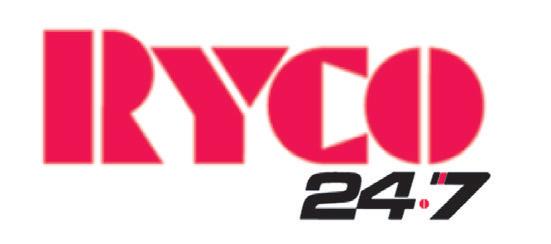

After a big day on site there is nothing more dreaded than the slurry clean-up. Often ending with dried cement on the lawn and garden, or plumes of dried cement on roads and footpaths.
When this gets washed into the groundwater and drains, it often blocks drains and causes flooding and this usually results in the site manager or builder incurring significant financial penalties.
In search of a solution, a Sydney builder had developed an ingenious filtering system called Slurrytub - an innovative and sustainable disposal solution for water saturated site waste.
It’s a simple and cost-effective filtering system that provides an environmental solution for the capture and disposal of slurry.
“It’s as simple as the three Ds: Drain, dry and dispose”. Highly practical, the tub has incorporated two handles for easy movement around site, when filled or empty and it can also be chained- up so it doesn’t get stolen from a site if it’s drying overnight.
Slurrytub is the brainchild of a respected Sydney builder who dealt with the problem of wash up waste on his own building sites for many years. He observed that the construction industry guidelines for disposing of slurry were ineffective.
The game-changing patented design is fundamentally a heavy-duty tub made out of recyclable polypropylene with a cut out at the front that fits all types of wheelbarrows.
A single use bio-degradable filter lines the tub and captures the concrete slurry before it reaches the ground which is the real breakthrough. Practical, effective and often ignored, he decided to do something about it.
This then allows sediment-free (down to 25-28 microns) water to drain into wash up zones or be captured for recycling on the job.
When the slurry waste dries and hardens in the filter, it can simply be dumped with the filter into a skip. Slurrytub basically turns wet trades into dry trade.
Slurrytub has many benefits. Essentially a portable filtering system, Slurrytub prevents slurry getting washed down drains or left to ruin lawns and gardens, then trade contractors and DIYer’s take clean up shortcuts.
Both practical and cost effective, it helps protect the environment and stormwater infrastructure. High on the list of preventing damage to aquatic plants and animals that encounter cement slurry, once in our creeks, rivers and harbours, conscious of our environment.
Slurrytub has many benefits. Essentially a portable filtering system, Slurrytub prevents slurry getting washed down drains or left to ruin lawns and gardens as trade contractors and DIYer’s take clean up shortcuts.
Clear, filtered water from Slurrytub can be easily collected and recycled on the job or disposed of in an appropriate manner.
The biodegradable filter and its dried contents can be disposed of separately as dry waste. This protects the stormwater system by preventing blockages caused by cement slurry.
So, the ultimate goal of Slurrytub is to engage with all environmental policy, regulatory and industry groups in order to have a retention and filtering systems become part of all regulated washout guidelines.
Practical problems that Slurrytub will help with are: the guidelines allow slurry to hit the ground before it has been filtered, and the filtering systems suggested are ineffective; that when slurry is on the ground
it is vulnerable to be washed into waterways and will cause environmental damage; it is impossible to find space on an inner-city site to set aside for wash areas and if it rains the slurry will get washed into the stormwater. Slurrytub is now being exported and sold in a number of countries including the UK, Canada and the more recently the USA where it was launched at the World of Concrete 2023 Las Vegas. It also available in New Zealand.
Already proving a hit, Slurrytub has been successfully adopted by a number of councils in Australia including the City of Sydney which awarded an Innovation Grant for environmental performance 2019/2020 to conduct trials on sites around the city where more than 30 individual building sites have since tested its performance. Slurrytub has been given the thumbs up from contractors who used it.
Slurrytub is suitable for multiple trades: builders, brick and block layers, landscapers, tilers, plasterers, concrete polishers, render/ stucco contractors; just about anyone dealing with cement-based materials will need wash up at the end of the job.

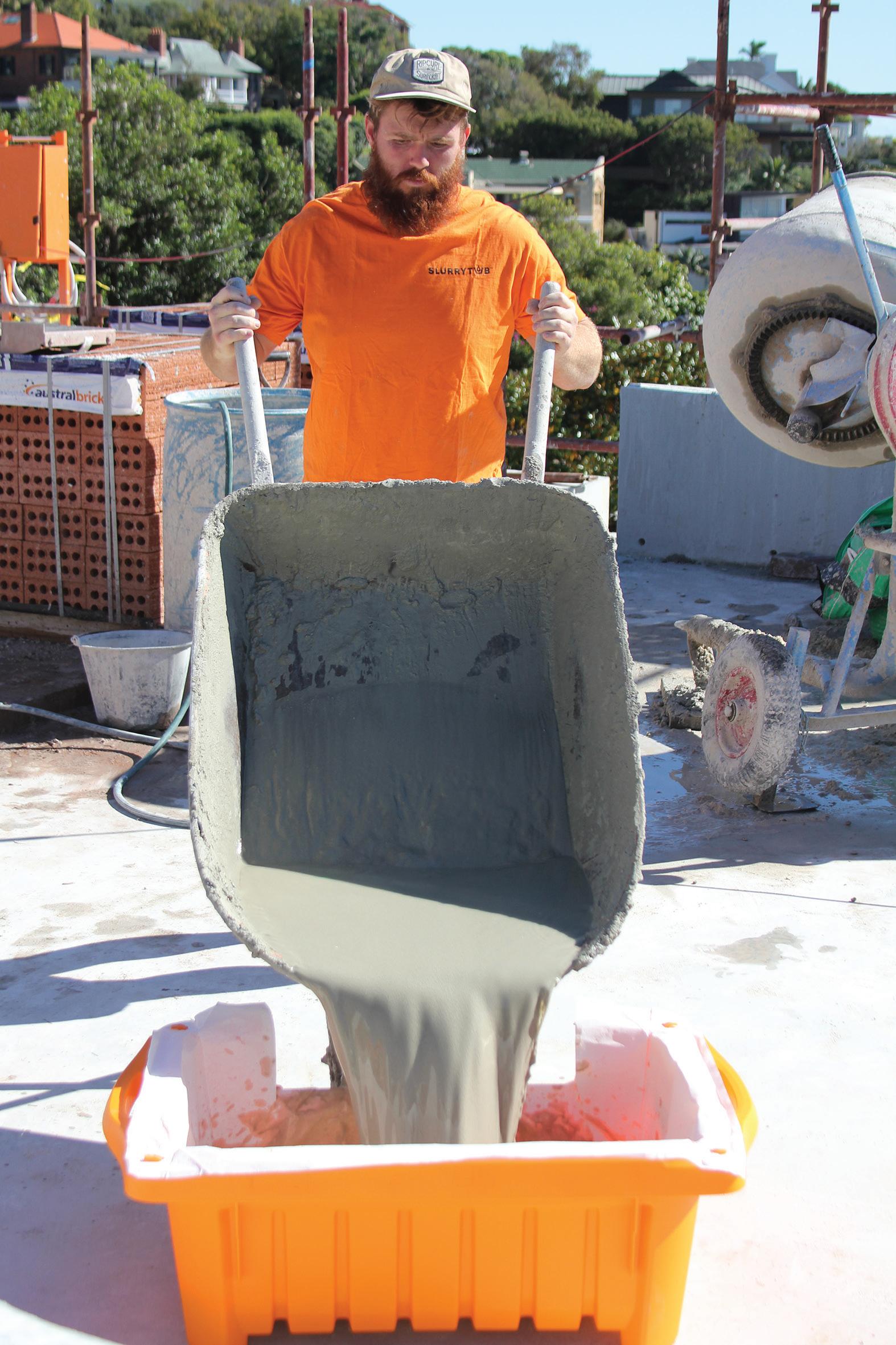


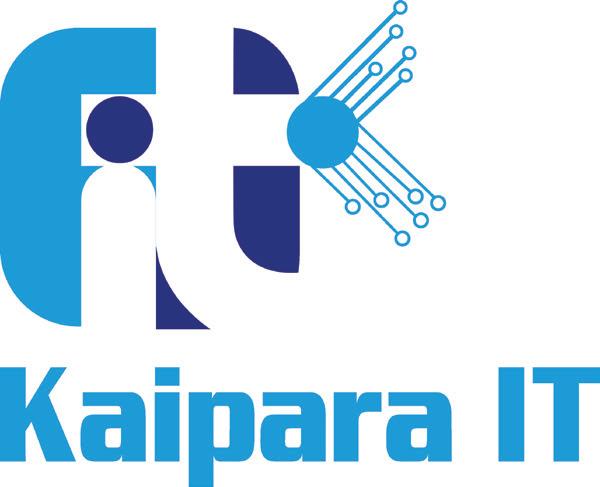



Clause 7.3.2.1 of the E2 Building Code lists the requirements for an acceptable solution for level threshold drainage:
• A channel that is 150mm deep, 200mm wide.
• Maximum channel length of 3.7m.

• 1:200 minimum fall to outlet.
• The grating that sits over the channel must:
• Be able to be fully removed for maintenance.
• Be supported independently of the door frame.
• Have a continuous gap of 12mm.
If site conditions allow, a precast grated channel or slot drain can be installed against the building as a level threshold alternative solution, complying with the E1 Building Code.
Each alternative solution needs to be addressed on a project-byproject basis. After providing detail and evidence, of an E2 alternative being fit for purpose at design stage, this will be checked by the designer and then go for council consent.
To meet consent requirements, most councils require manufacturer’s calculations to demonstrate the performance of the system.
• ACO offers a free hydraulic design service.

• Provides product details at all stages of the project. Each council has different requirements, be sure to check with your ACO representative before choosing a drain to make sure it meets local requirements.
According to the functionality of our ACO products the best practice would be to make sure nothing obstructs the clear flow inside the channel such as legs sitting in the channel base. A blocked channel can even cause water to back up into the cladding.
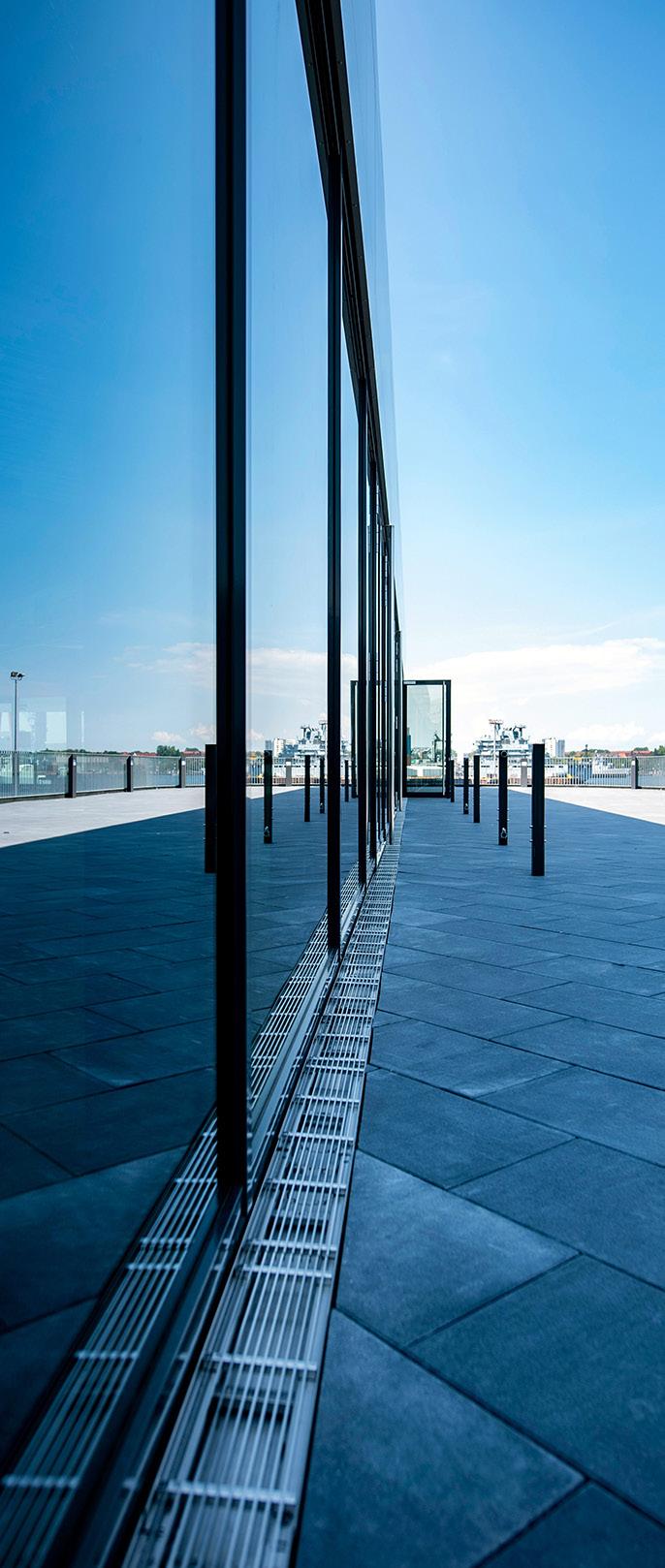
ACO Cantilever ThresholdDrain
System fully supported by the cantilever arm.
Ideal for tile and paved exteriors. Can be scheduled so the landscaping contractor is not interfering with the installation of the drain.
ACO OnePour ThresholdDrain
• OnePour is a bolted bracket system using the landscaping concrete for its support.



• Perfect for concrete floor finishes.
Both products do not require a rubber spacer or leg for structural integrity.


ACO KlassikDrain - grated channel
• E1 alternative solution.
• Often quicker & easier to install.
• Outlets can be spaced up to 80m.
Product selections include ACO KlassikDrain or Brickslot, and PowerDrain for heavy duty traffic applications.

We partner with government, business and residential clients for the design and construction of critical infrastructure to support the long-term needs of our regions and developments. We specialise in pumping stations, storage vessels, maintenance holes, pressure sewer systems and odour control technologies.

Aquatec pressure sewer systems have been installed across thousands of homes and industrial sites across New Zealand, each purpose built to suit the specific needs of the site and region. The Enduraplex system for residential applications is approved by councils and is favoured by installers for its lightweight design and shallow body, while still having the largest emergency storage volume on the market for a standard residential system.
Paired with this innovative chamber design, the patented Omni Grind Turbine (OGT)
Pump offers world-class performance, and a market leading 20-year maintenance free design life with zero scheduled maintenance.
Aquatec also manufacture electrical switchboards in-house, including our OmniSmart control technology for pressure sewers. The OmniSmart contains multiple layers of pump protection, local monitoring of system history and functionality, as well as containing an upgrade path to a broad spectrum of remote communication networks. Aquatec have the only commercial pressure sewer pump on the market (Omni Grind Plus) which is fully compatible with the Omni Smart Control Panel and our customised chambers, tailored to each project.
Our suite of product offerings also includes fibreglass pump stations, providing costeffective and quicker installations than traditional concrete wet well construction, as well as fibreglass emergency storage vessels, FRP maintenance holes and a full range of specialised odour control technologies.
Aquatec has an in-house design department across multiple disciplines and a dedicated sales and service delivery team in New Zealand, with offices in Auckland and Christchurch. We offer full on-site commissioning and stock a complete range of pressure sewer pumps across both Islands where quick turnarounds are required.
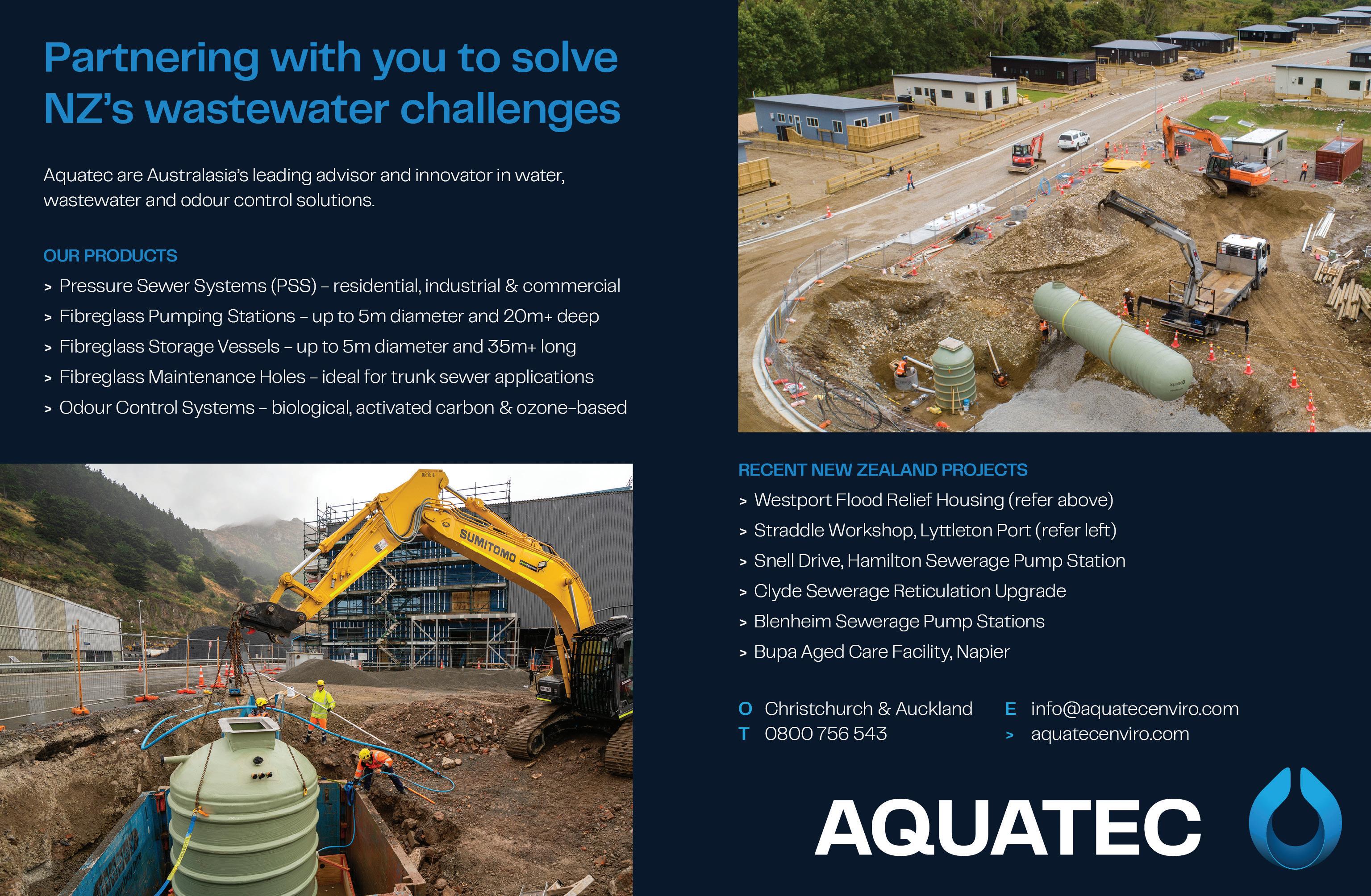

Feel free to get in touch by calling 0800 756 543.
Aquatec’s end-to-end service is a key point of difference for us, with the ability to deliver projects in-house right from initial brief through to detailed design, construction, and commissioning. The recent delivery of a fibreglass pump station and storage vessel to service a temporary housing development for the flood-affected Buller region was a great example of this. The system was delivered early to fit a tight timeframe, and the prefabricated vessels limited the time spent by installers in the excavation, proving our agility in project management and commitment to product innovation.
– Michael Blackmore, Key Account Manager, NZAquatec is Australasia’s leading advisor and innovator in water, wastewater and odour control solutions. This family-run business has seen rapid growth over the last 30+ years to be regarded as market leaders in the water industry.
Rowan Massey has been the owner and operator of Wanganui Towing since May 2019, taking over from Tony & Carolyn Swain who established the business back in 2004.
They were originally based in a smaller location in Wilson Street, moving to 1 Liffiton Street in 2018 to a much larger and more suitable premises. Rowan began his career in towing and salvage at a young age of 17 with Wanganui Towing, so pretty much knows all there is to know about the industry.
Rowan is supported by a great team of suitably qualified towing and salvage drivers and office staff who are at the ready to help, whether you need a vehicle towed, a vehicle stored, or

roadside assistance or rescue anywhere across the Wanganui region and beyond.
We are key providers to the AA, NZ Police and Roadside Rescue (First Assist) as well as virtually every major insurance company. No one wishes for an accident or a car breakdown. Nevertheless, when it does happen, Wanganui Towing 2019 are available 24/7 to help. We take pride in our fast and reliable service, if you have a flat tyre, need a jumpstart or a tow and ensures that the whole process is smooth and hassle-free. Both you and your vehicle will be well looked after.
Wanganui Towing have a full fleet of slide deck trucks capable of carting up to five and a half ton and transporting up to three cars at a time in the central North Island. Our specialised crane truck can be used for lifting heavy machinery, immobile vehicles or for serious crash recoveries, and also has an under lift,
allowing vehicles to be lifted from the rear. Our ute is fully kitted out with everything we need, whether you have a flat tyre, need a jumpstart or have locked your keys inside the car.
We can handle breakdowns and recoveries of all vehicles in all situations. We specialise in the towing and transport of all types of vehicles from classic cars to caravans, crash and accident recoveries, and a wide range of plant and equipment.

We strive to be a leader in our industry and go above and beyond what is expected of a towing company. Our team are fully licensed and trained to handle all aspects of towing and vehicle recovery. We put a lot of pride and care into making sure our trucks are clean and well–equipped with high-quality gear. This ensures vehicles are safe and secure whilst being towed. We are always ready to handle any situation you find yourself in, from flat batteries to post-accident towing and more!
We strive to be a leader in our industry and go above and beyond what is expected of a towing company. Our team are fully licensed and trained to handle all aspects of towing and vehicle recovery.
Give us a call and let us take the hassle out of your misfortune!
Office: 06 241 7266
24 hours: 027 443 5449
E: info@wanganuitowing.co.nz
www.wanganuitowing.co.nz

Fairly new in the game, Southern Towers Ltd can provide high quality crane services across the lower South Island. Managing director, Graham Millar, has been worked in the crane industry for over 25 years and has a sound knowledge of what tower crane will best suit his client's needs.
He brings his experience of erecting and operating cranes throughout New Zealand into Southern Towers. Although the company has only been operating for around five years, clients can rest assured they’ll receive the best service and equipment available.

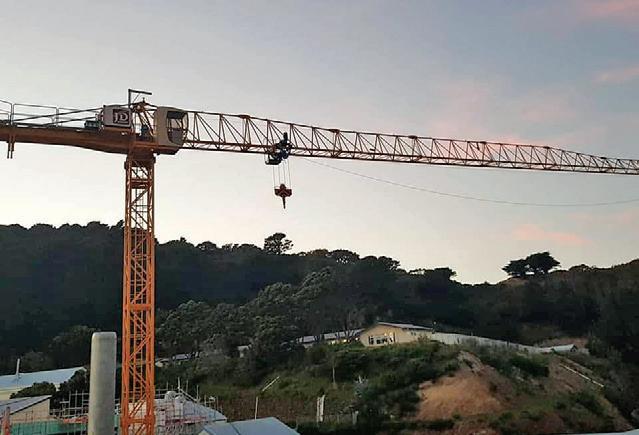



Southern Towers filled a much-needed gap for tower crane operations in the Otago region in 2018 and now towers above the rest to provide excellence in every avenue. The company has a range of cranes to hire, from hammerhead cranes to self-erecting cranes. Not only this, but Southern Towers provides hoists to hire, including personal construction hoists and crane decks.

The Leibherr 71Ec is a hammerhead crane with a maximum capacity of 5.6 tonnes and a maximum boom length of 45 metres
making it an excellent crane for big jobs. On the smaller side, the Leibherr 34K is a self-erecting crane with a maximum capacity of four tonnes and a maximum boom length of 33 metres. If you’re looking for a crane with an even longer boom length, Southern Towers provides the Raimondi MR81+3, a hammerhead crane with a maximum capacity of five tonnes but a maximum boom length of a whopping 51.8 metres.
Another slightly smaller crane that Southern Towers provides is the Raimondi LR60 which is a luffing crane with a
027 486 2460
graham@southerntowers.co.nz
Queenstown, Otago
www.southerntowers.co.nz
maximum capacity of five tonnes and a maximum boom length of 36 metres.
Southern Towers hires out a Liebherr 280C-H, a litronic high-top crane and while it only has the capacity for 12,000 kilograms, it has a maximum boom length of 75 metres!
Southern Towers has five kinds of hoists to hire. Firstly, there’s the Geda single and twin PH3240 and the Geda 3700Z/ZPS which are personal/material construction hoists. Then there’s the range of crane decks – the crane deck 2200, 2800 and 3200 – featuring rear rollers for ease of
installation, harness anchor points, safe working loads of up to five tonnes and vastly reduced overall costs on comparable products. Meanwhile, the Elsa H20 has a maximum height of 220 metres and a net load of 2000 kilograms and, finally, there is the YSC650A series.
If you’re looking for a great range of crane and hoist products in the lower South Island, look no further than Southern Towers. For more information, visit www.southerntowers.co.nz or call 027 486 2460. Alternatively, you can email Graham at graham@southerntowers.co.nz.
Southern Towers filled a much-needed gap for tower crane operations in the Otago region in 2018 and now towers above the rest to provide excellence in every avenue. The company has a range of cranes to hire, from hammerhead cranes to self-erecting cranes.
In a survey by Site Safe in conjunction with ACC and Work Safe New Zealand, they found that, in figures between 2008 and 2014, falls from heights and being hit by falling objects were two main causes of fatal accidents in the construction sector.
Falls from height were also noted as one of three main causes for severe injuries on the construction site. MBIE also says that more injuries happen on residential building sites than any other workplace in the construction industry.
To find out more about the Site Safe survey, visit: www.sitesafe.org.nz/globalassets/ guides-and-resources/nz-health-and-safetyreform/worksafe-construction-safety-surveyhandout.pdf
MBIE says that more than 50 percent of falls on construction sites are from less than three metres and approximately 70 percent of falls are from ladders and roofs. It estimates that the cost of these falls is around $24 million a year – not forgetting the cost of human lives as well.
“Factors contributing to injuries sustained from working at height include lack of or inadequate planning and hazard assessment, inadequate supervisions, insufficient training for the task being carried out, incorrect protection or equipment choices, incorrect use or set-up of equipment including personal protective equipment, unwillingness to change the way a task is carried out when a safer alternative is available and suitable equipment being unavailable.”
This is why MBIE is continuing to review and create further legislation, guidelines and resources to ensure people within
the construction industry are aware of the ramifications of falls and can create a safter working environment.
In 2012, they initiated a targeted harm reduction programme to address the issue through the Preventing Falls from Height Project.
“These guidelines (best practice guidelines for working at height in New Zealand) are a critical element of the programme and will give all who are involved with working at height clear direction on how to manage the

work in a way that will bring down the death and injury toll,” MBIE says.
To download the best practice guidelines for working at height in New Zealand, visit: www.worksafe.govt.nz
Before work sites introduce protective measures, MBIE says sites need to begin by planning a safe approach. This means identifying hazards, assessing the hazards, controlling them, monitoring your approach and documenting this. MBIE notes there are four ways of identifying hazards.
1. Physical inspections – walk around the workplace using a checklist to identify and manage hazards.
2. Task analysis – identify the hazards involved in each task of the job.
3. Process analysis – identify the hazards at each stage of the production or service delivery process.
4. Analysis of accident investigation – identify hazards and casual factors involving similar types of work.
MBIE says there are some common issues that should be considered when identifying the hazard of working at height.
For example, when assessing the risk of falls from height, look at access between multiple levels and how that works, edges of roofs, openings or hoist areas, unprotected shafts and more.
It also says to look out for the risk of electrical shock and arc flash as working at height increases a worker’s proximity to overhead power supplies.
“Access using insulation work platforms and insulated tools is specialist work and may only be carried out by workers who have the required competency to industry stands and in accordance with approved industry procedures,” MBIE says.
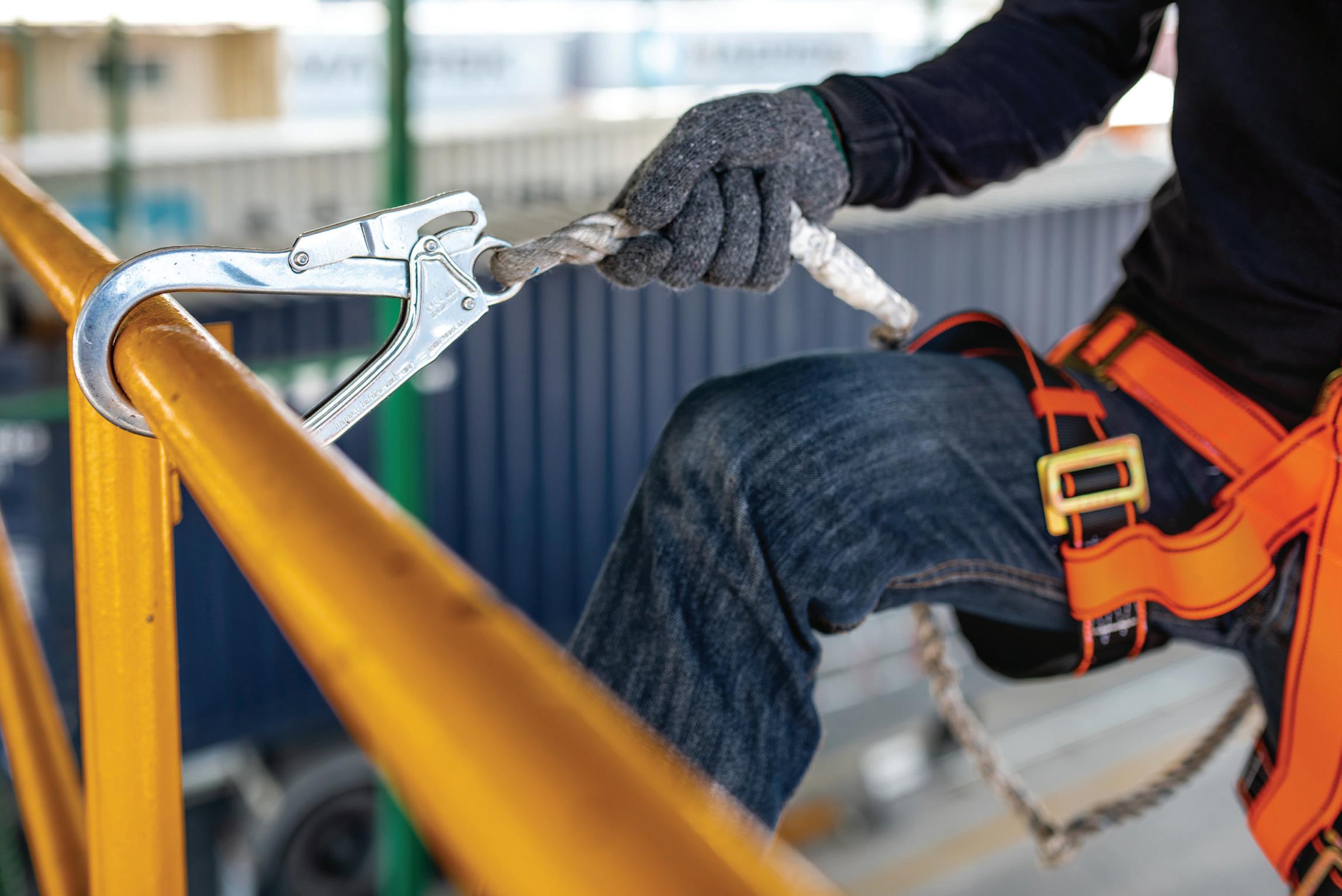
Another consideration when identifying hazards at heights is falls through upper-level surfaces such as corroded metal roofing, fragile or brittle surfaces like asbestos cement, cellulose cement, glass, fibreglass, acrylic, skylights and roof penetrations.
MBIE states that the best method for hazard control is eliminating the potential of a fall altogether.
“Consideration of elimination controls should occur early in the project development stage in order to allow necessary design, planning and coordination.
“Eliminating the potential of a fall can be achieved through safter design, using alternative construction methods and using specific tools and equipment,” it says.
Many work sites these days involve heights and ensuring workers are safe is a priority for the Ministry of Business, Innovation and Employment (MBIE).
This could look like using low-maintenance building materials, installing walkways with handrails, prefabricating wall frames horizontally before standing them up, prepainting fixtures/roofs before installation, using long handled tools such as paint roller or window brushes with extendable handles and much more.
However, if workers are unable to eliminate the risk of a fall, then safety procedures must be put in place.
Protection equipment such as edge protection, safety mesh, temporary work platforms, catch platforms, soft landing platforms, soft landing systems, fixed roof ladders and crawl boards, safety nets and harness systems help to keep workers safe.
MBIE recommends applying group controls that isolate multiple workers from the risk of falling.
This means having multiple methods of protection at one time, such as scaffolding, edge protection, mechanical access plant and safety mesh.
“Controls such as harness systems and temporary work platforms provide a lesser form of protection and should only be considered when group controls are not practicable,” MBIE says.
All of these, and more as documented on the MBIE website, are things that must be assessed when creating a plan for a safer work environment.
“Doing nothing is not an option,” MBIE states on multiple occasions.
“The safety of workers on construction sites is a non-negotiable issue; workers must be kept safe at all times.
“Ensuring the correct plan with the appropriate measures are in place means the injury and death toll within the industry will be able to be brought down.”
• The country’s largest independent safety-netting specialist.

• Our fall through protection system has been independently tested and certified by Massey University.
• Our system ensures that as a PCBU, you have taken all reasonably practicable steps to ensure the safety of your workforce.
• Bespoke debris and asbestos containment, fall protection system for uninterrupted work processes during industrial property re-roofing.
• A nationwide network of local installers providing exceptional customer-focused fall arrest solutions.
Protection equipment such as edge protection, safety mesh, temporary work platforms, catch platforms, soft landing platforms, soft landing systems, fixed roof ladders and crawl boards, safety nets and harness systems help to keep workers safe.
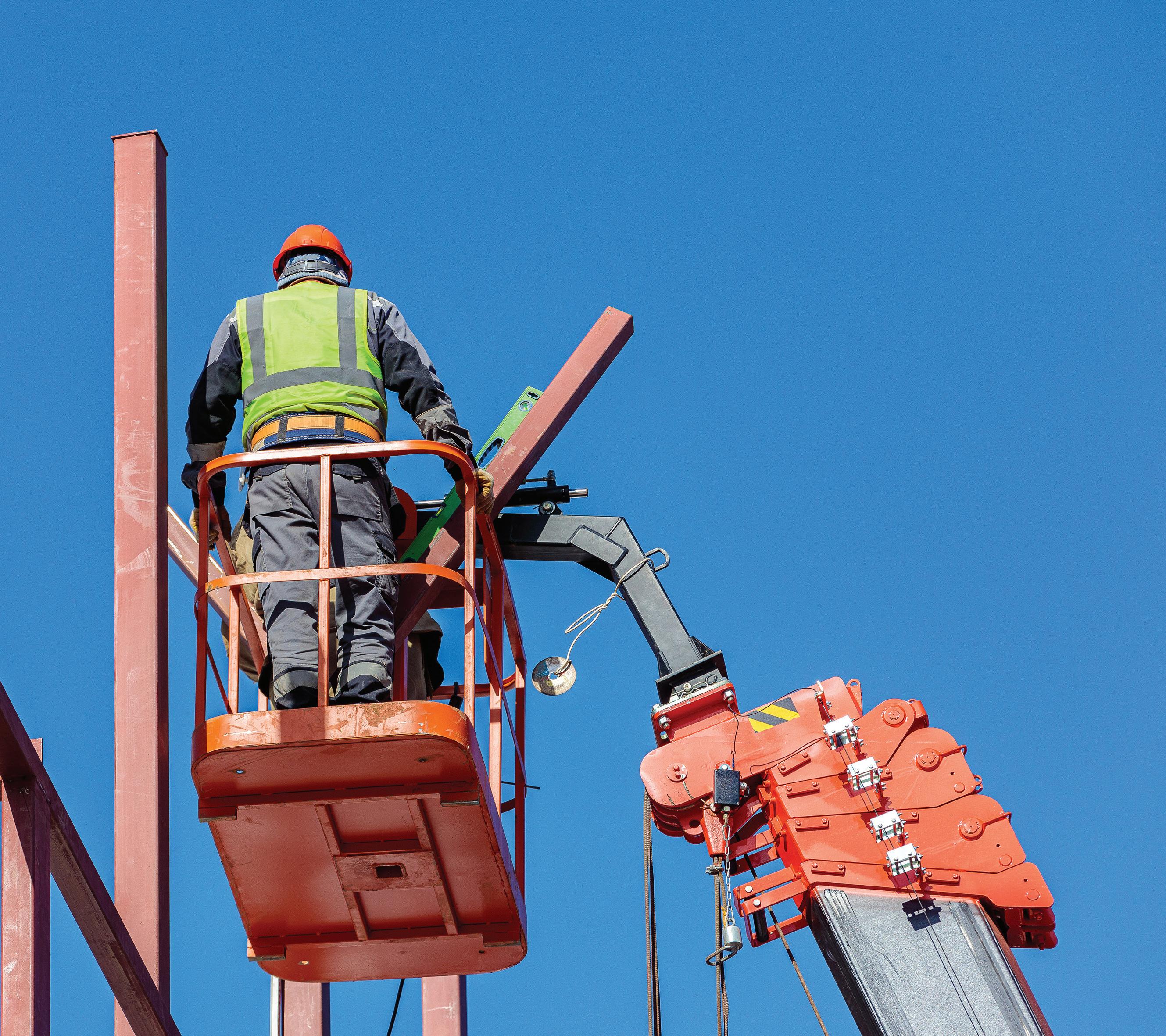
NORTH ISLAND 0800 NETSNZ (638 769)
SOUTH ISLAND 0800 NETS4U (638 748)
WWW.SAFETYNETSNZ.CO.NZ
Why choose Proscaf Aluminium?
Leaders across the scaffolding industry know that the efficiency of their teams is critical to their success. Many factors impact the efficiency of scaffold crews, from the versatility of the equipment to the ease of installation and transport.
Overtime companies have developed systems to reduce the weight of scaffold and retain strength and durability. Despite the developments, scaffold installation is a hard physical job. Securing and retaining quality staff is an industry wide challenge.
In 2015, SafeSmart Access decided to relook at the challenges facing the scaffold industry and looked at replicating the Proscaf steel system in aluminium. Proscaf Aluminium Scaffolding is designed to fill a niche in the scaffold industry and save scaffolders money. If a scaffold is going to be installed for less than a month, or if the project is weight sensitive – Proscaf Aluminium Scaffolding is the answer.

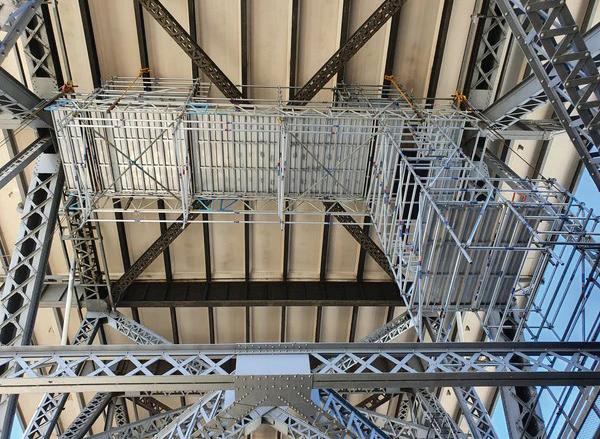
Ideal applications for Proscaf Aluminium
Scaffolding for residential housing:

The typical residential house scaffold only stands on-site for 4-6 weeks. The largest cost of the project to the scaffolder is labour in the erection and dismantle. Proscaf Aluminium Scaffolding is 46% lighter than most steel systems: a scaffolder carrying 20kg of equipment means 2 x 3.07m steel ledgers or 5 x 3.07 aluminium ledgers. A recent case study proved that the installation and dismantle time on a single-story new build is reduced by 28% using Proscaf Aluminium.
Proscaf Aluminium Scaffolding is unique for its ability to cantilever using the loadbearing diagonal brace. With industry high compression and tension loads, complex projects can be achieved. Applications are for industrial and energy projects where irregular structures present challenges for standard modular equipment. The anti-corrosion and non-sparking elements of Proscaf Aluminium element are also a benefit in these applications.
Proscaf Aluminium Scaffolding is perfect for weight sensitive projects such as:
• Rooftop platforms
• Remote projects requiring lengthy cartage
• Projects only accessible by helicopter. Scaffold on islands, etc
• Commercial building maintenance
• Silo and boiler maintenance
• Marine and superyacht painting work.
Proscaf Aluminium is designed to be used for suspended/ hanging scaffold projects. Proscaf Aluminium is a 6061-T6, marine grade aluminium. The strength to weight ratio of this grade of aluminium is twice that of steel, allowing scaffold contractors to build suspended platforms with a lower tare weight. The extrastrong spigots are double bolted, suiting suspended scaffolding projects. The impressive strength to weight ratio of Proscaf Aluminium makes it suited for the maintenance of structures like wharfs and bridges that have weight restrictions.
Proscaf Aluminium Scaffolding has more flex than steel systems, giving the impression that it is weaker.
Proscaf Aluminium has a thicker internal wall dimension than Proscaf steel to achieve its high weight rating. The outside dimensions of the system are the same as Proscaf Steel, which means it is compatible with Proscaf Steel.
Find out more about Proscaf Aluminium Scaffolding, contact us on 0800 or sales@safesmart.co.nz

If a scaffold is going to be installed for less than a month, or if the project is weight sensitive –Proscaf Aluminium Scaffolding is the answer!
• Temporary bolt down posts



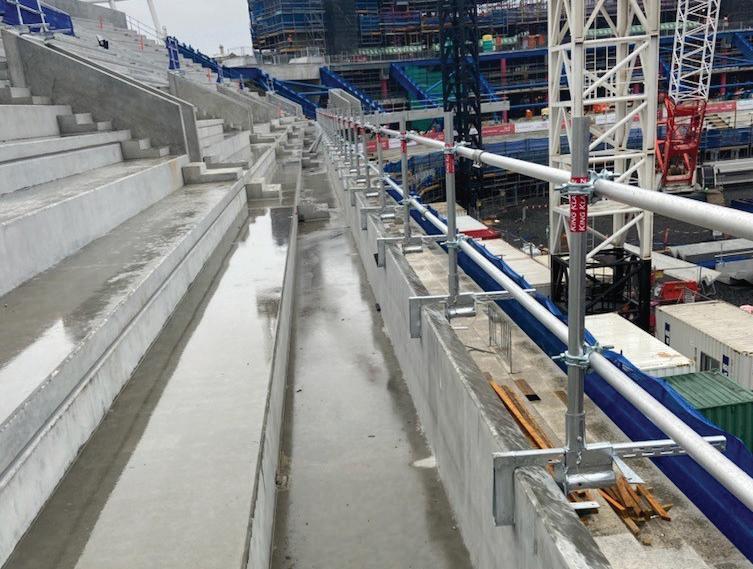
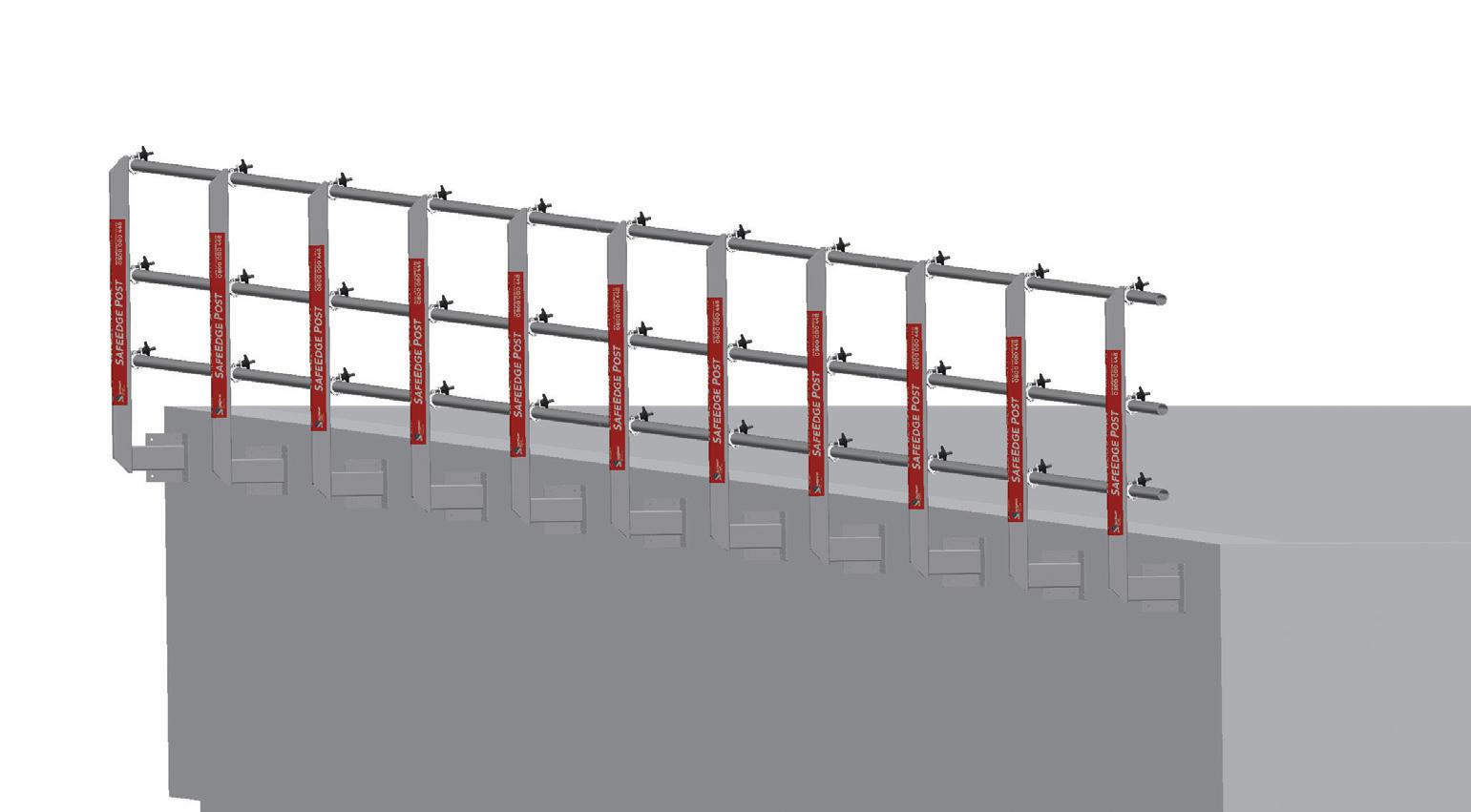

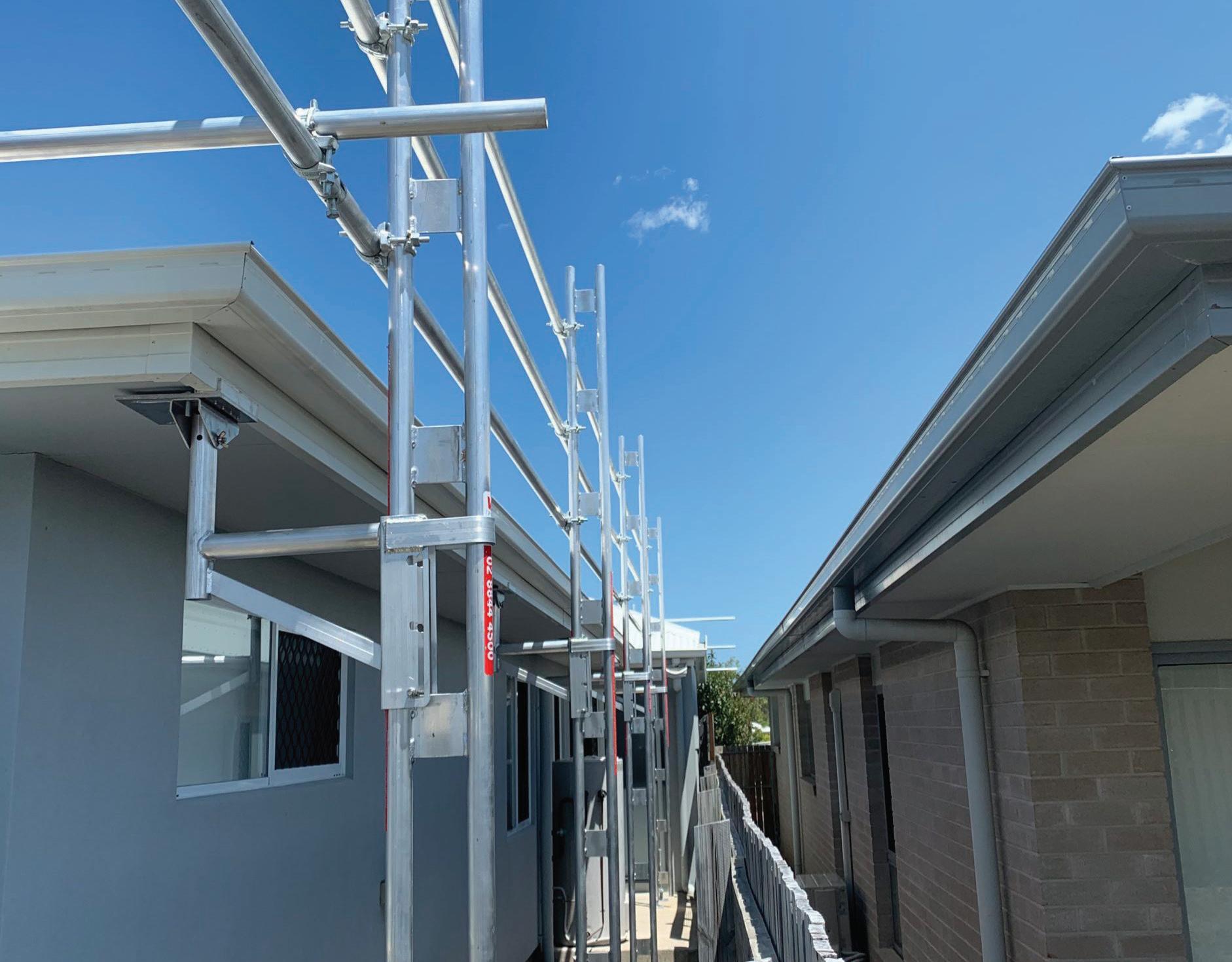

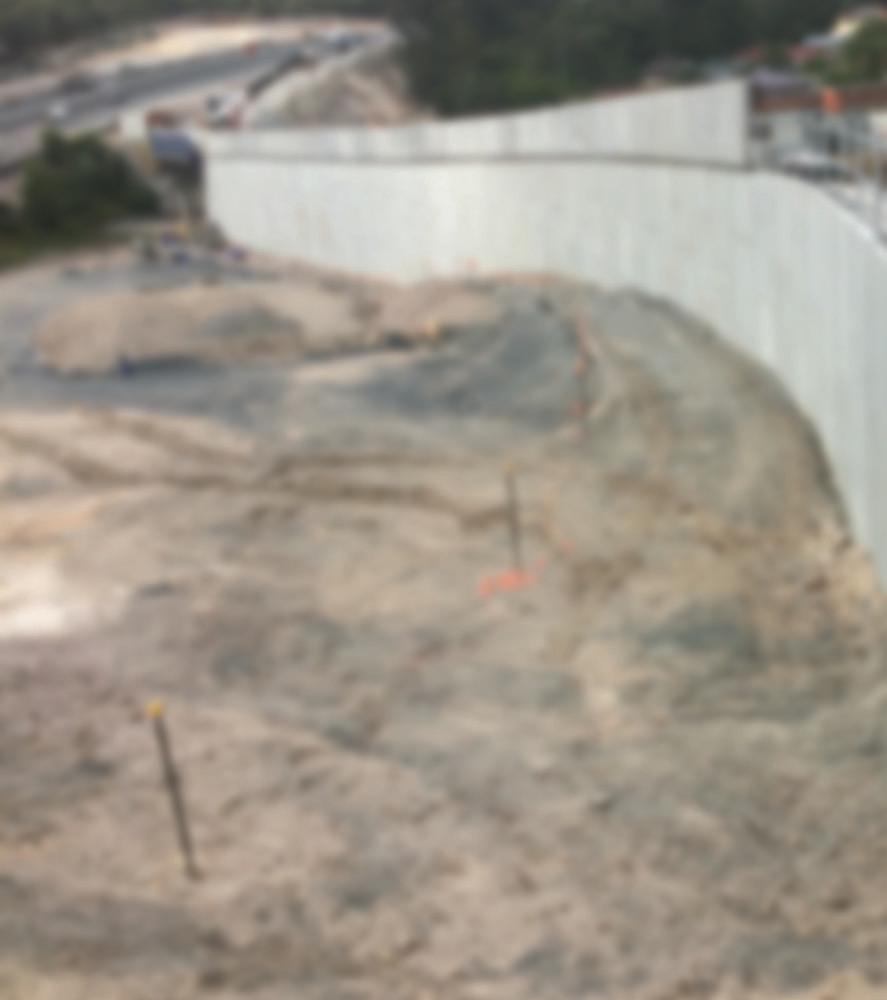
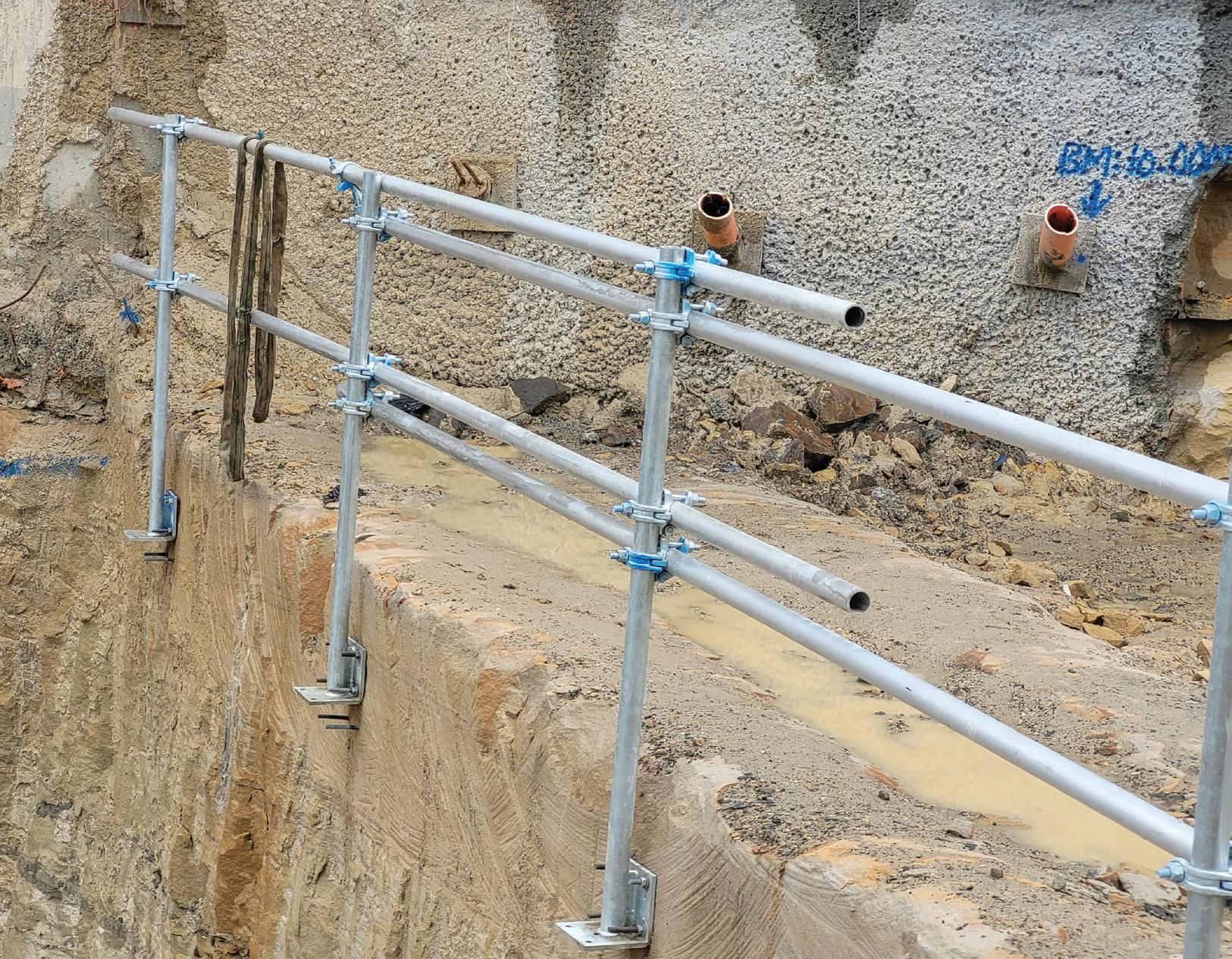

Aluminium Safe Edge Post


All of our premium scaffold components are manufactured from the highest quality steel procured directly from Steel manufactures and are hot-dip galvanized using in-house galvanising facilities. This ensures consistent high quality, optimum durability and a faultless safety rating.





• Ringlock System
• Aluminium Z Staircases
• Tube and Fittings
• Steel Hook Decks
• Aluminium Trusses
• Commercial & InfraFormwork Solutions
• Superslim Soldiers
We collaborate with our partners to provide quality and professional tailor-made Scaffolding solutions for any size project.

Jason Maheno
P: 022 374 7050
Our products are produced within a strict quality assured facility. All certified and tested to NZ/AU Standards 1576.3. 59, Lady Ruby Drive, East Tamaki 2013, Auckland
E: jason.maheno@technocraftgroup.com www.technocraftgroup.co.nz
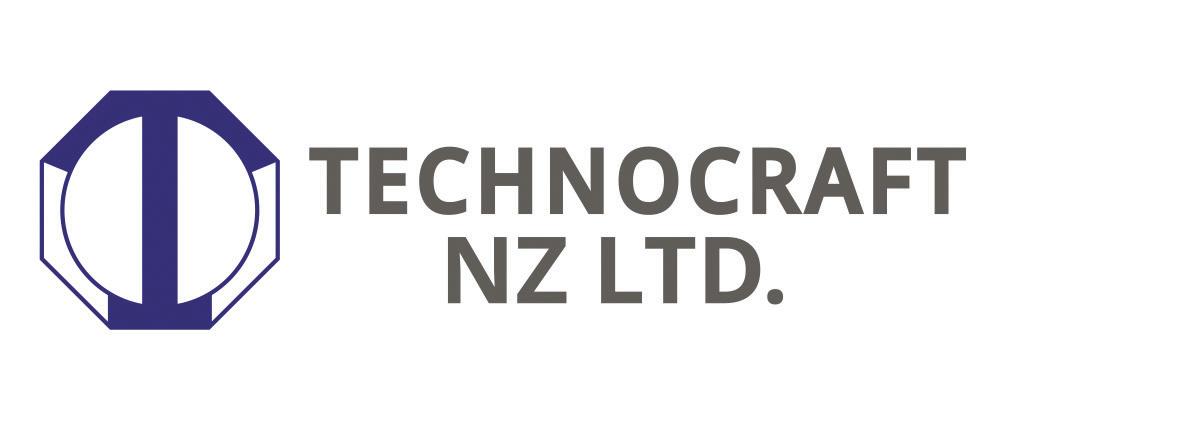
Whether you are a commercial or residential business, Intaks NZ’s’ lightweight scaffolding and edge protection is designed to work for you.
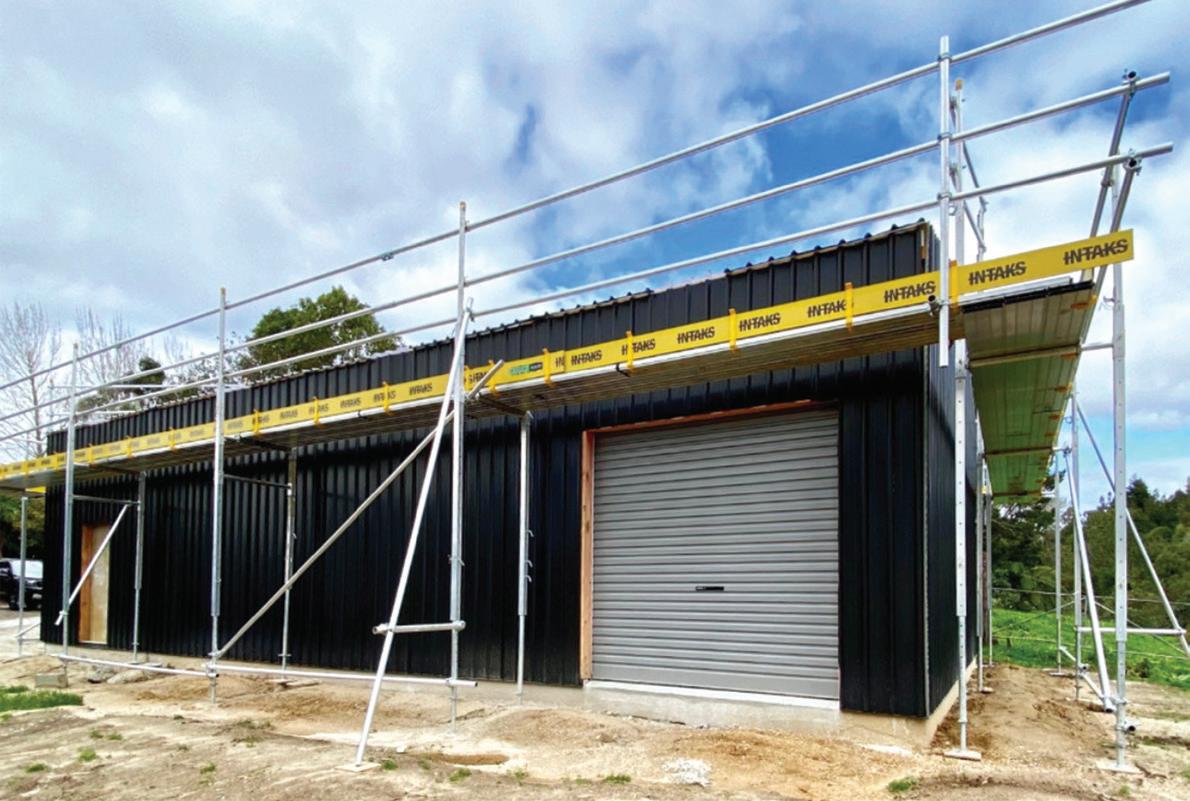
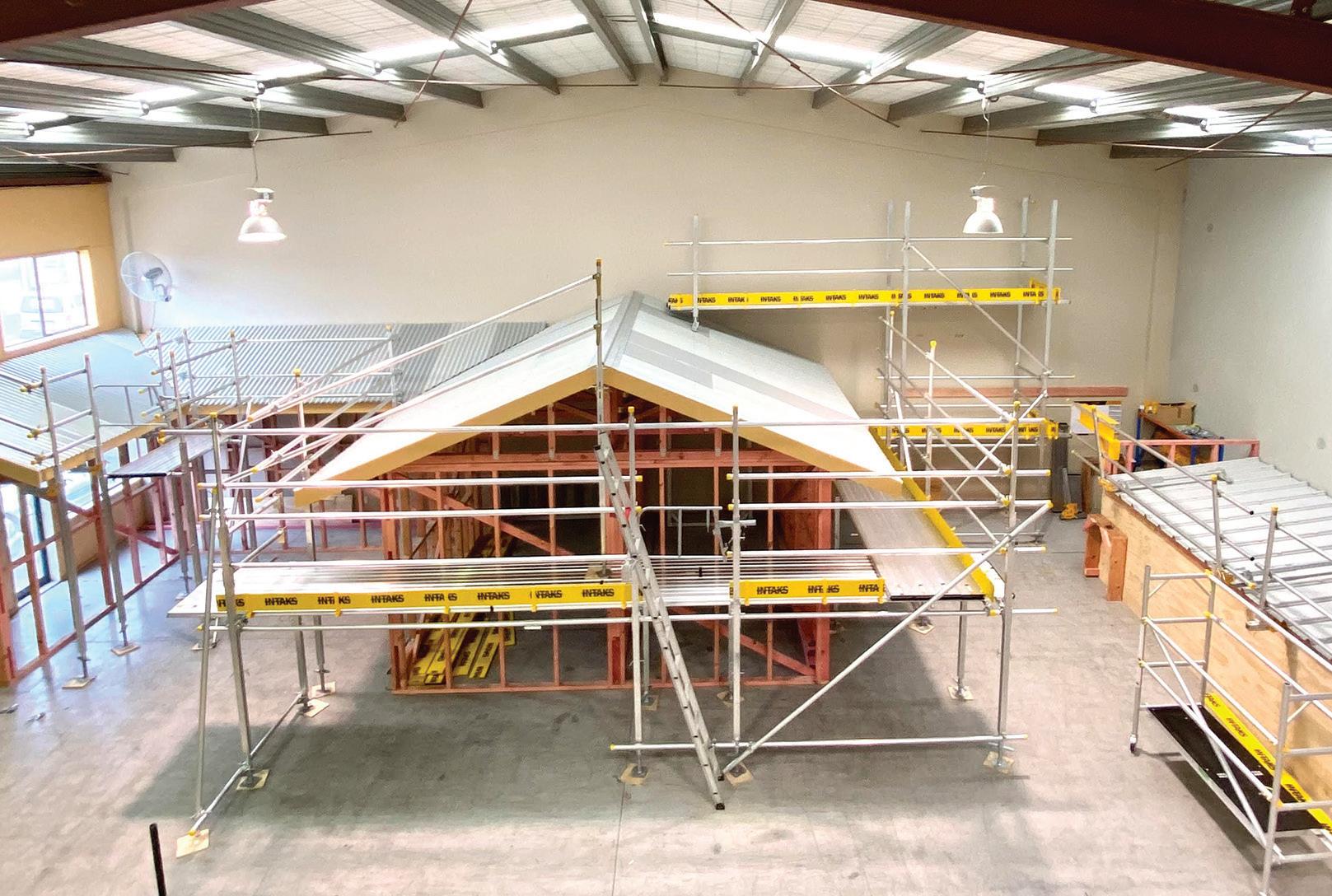
The scaffolding and edge protection systems help improve building productivity dramatically, a win for tradies. Both systems are thoughtfully designed to ensure installation and dismantling is a breeze, which is a win for our clients.
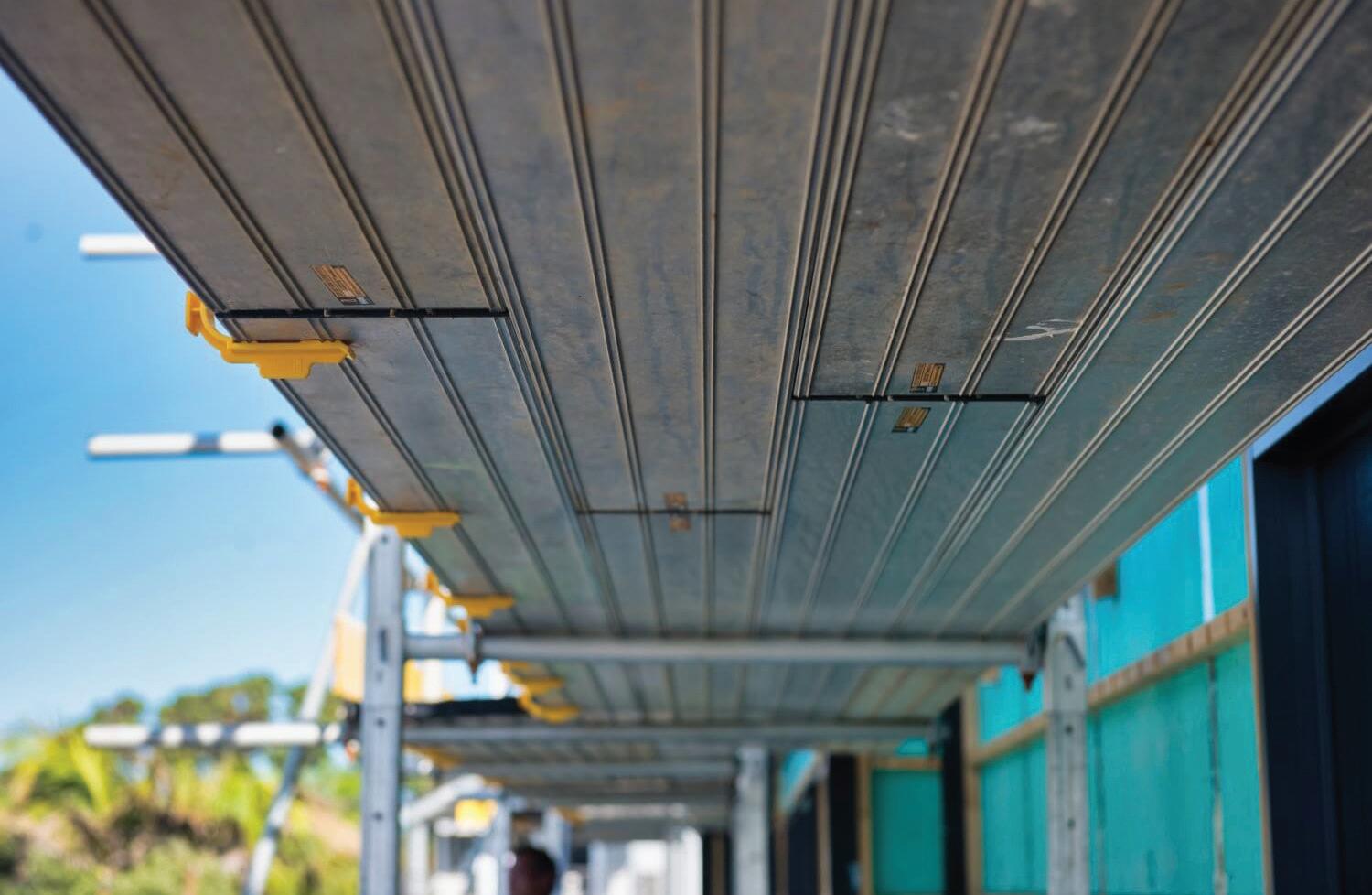
General Manager of Intaks, Joel Warren says, “One of our main focuses is on people who want to start a scaffolding and edge protection business.
“We have customers who have been with us since the very early years, who we continue to support the whole way along”.
Our model is based on providing support and advice to business entrepreneurs wanting to start in the scaffolding and edge protection market.
“Everyone knows straight away when they see our system installed, either in our training facility or on a building site that INTAKS is the easily the best system on the market but what most people don’t realise is that we believe our biggest strength is our support and training, which is unparalleled in New Zealand.”
Joel says, “the industry is huge with work out there for all levels in the market and,
with our support and training we can help both experienced Scaffolding businesses and new clients who have never had any experience in the industry.
“There is also a gap in the edge protection market where people still need to better understand regulations and guidance for what to look out for. There is movement in the industry to get this information out there which will then help stop uncompliant systems been used and creates massive opportunities for our clients in this niche.
Intaks works closely with customers, new and established to support their businesses regarding the INAKS scaffolding and edge protection training. Our commitment to this is demonstrated with our amazing indoor training facility and full time Training Manager, Gary Tavey.
Gary says he is available to travel and work in with their customer’s needs or have them come to our training facility in Tauranga where training can be given in a safe and controlled environment.
“We want our customers to know we are always there for them.
“The training is very adaptable, and Gary will be there to support new customers in their journey,” Joel says.
Intaks professional expertise and innovative ideas means your business will run smoothly, while also having the team there to support you.
If you are a new business and want to reach out, make sure to visit their website at intaks.co.nz or give them a call on 0800 468 257 for more information.
22 Porutu Place Tauriko Tauranga 3110 0800 468 257 info@intaks.co.nz Intaks.co.nz
Everyone knows straight away when they see our system installed, either in our training facility or on a building site that INTAKS is the easily the best system on the market but what most people don’t realise is that we believe our biggest strength is our support and training, which is unparalleled in New Zealand.
The organisation directs, educates and leads members in best practice for working at heights. Every residential, commercial or even industrial project needs scaffolding for other industries like builders and roofers to be able to do their part.

You need scaffold that is safe, with a company behind it that knows and follows best practice for quality and safety.
SARNZ works closely with agencies like WorkSafe, MBIE, and CHASNZ to ensure that the voices of our industry are heard, and that regulations are practical and fit for purpose. Members receive regular communication and updates, events and meet-ups to ensure that they are familiar with best practice and changes in the industry.
With recent changes to training in the scaffolding and rigging industry, SARNZ has been instrumental in co-ordinating with industry leaders about the transition and what it means for apprentices.
SARNZ has worked diligently to provide better guidance around the use and disposal of shrinkwrap, joined forces with CHASNZ to reduce sprains and strains in the industry, promotes the industry to encourage more women in trades, and works to highlight the importance of understanding and acknowledging mental health in the industry. Hiring a SARNZ member means hiring someone that has the support and network of an association committed to quality and safety in the industry.
Choosing a SARNZ member is a smart choice because they have the organisation’s support for a range of business concerns, industry concerns, and connections to a range of services that minimise risks during projects.

Members have access to discounts on insurance and technology solutions through our partners, adding another level of security to your project. Companies that join as members of SARNZ are committed to demonstrating the values that we uphold –quality and safety every time.
You know you’re getting a trusted service when you hire a SARNZ member, backed by an association with over 20 years’ experience. Make a SARNZ member your first choice with your next project.
Ensuring scaffolding makes the grade Scaffolding is an essential component of most construction projects. Not only does it provide support to workers and their tools while on the job, it also makes it easier for personnel to access areas of a structure that would otherwise be difficult to reach.
As important and as widely used as scaffolds are, scaffolding risks exist on any construction site. This is especially true if important safety steps are neglected. Scaffold risk is a reality in the workplace.
National organisation Scaffolding, Access and Rigging New Zealand (SARNZ) has worked since its formation in 1994 to advocate for



higher standards for safety and quality within the access industry.
Today SARNZ represents more than 200 practitioners working in the manufacturing, distribution and installation of access and rigging (approximately one-third of the market).

Founded in April of 2019 to provide exceptional service to temporary fence users, Site Safety Temporary Fencing has been providing excellence ever since. They’re not only about installing, hiring and dismantling temporary fencing either; the team are constantly researching products, services and processes it can offer to provide safety to commercial and residential building, construction and civil sites, events and more.
Site Safety Temporary Fencing services areas from South Auckland to Whangarei. Customer focused, the team can customise their products to suit your needs and are available when you need them.



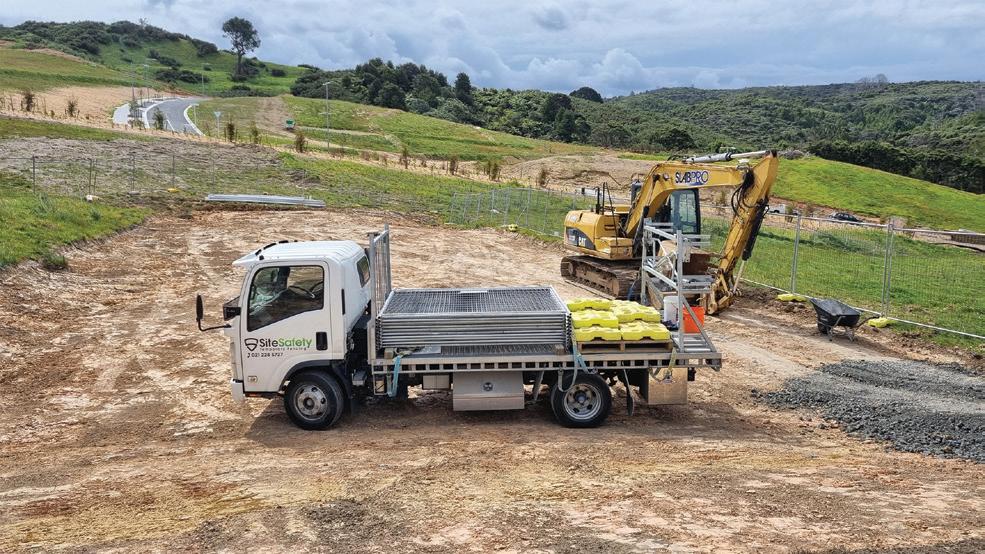

Their temporary fencing is made from robust, wire mesh and is available for all residential situations including new builds, renovations, demolitions, relocations and more. They have resources to cover all your temporary fence requirements, whether it be a commercial or industrial site, big or small. They also
have solutions for all aspects on temporary fencing including new subdivisions, civil infrastructure sites and projects, rail networks and upgrades and more.
The team doesn’t just do temporary fencing either; they also offer fence wrap and site boxes. Fencing mesh is an excellent, costeffective way to advertise your brand 24/7 on your sites. Open weave mesh is ideally suited to high wind, exposed conditions too. Open weave mesh is specially designed polyester mesh with a 50 percent fabric content making it suitable for printing graphics, logos and more. There’s no setup costs or artworks costs involved either and it is available in custom sizes.
Site boxes can be used for a wide range of applications from sign in stations, storage for first aid kits and fire extinguishers, hand sanitizer stations and more. They’re manufactured in New Zealand, fully UV stabilised and weatherproof, come in a range of colours, lockable, tough and can be secured to fences, walls, posts, vehicles and much more.
Site Safety Temporary Fencing provide solutions when you need them and where you need them. As the experts in temporary fencing requirements, you can trust them to do an exceptional job. They respond to customer enquiries with the utmost urgency. Getting tenders and proposals to
customers to meet deadlines is something the team are super passionate about. They’re always open to discussing new projects so, if you have a unique project, get in touch with the team. Site Safety Temporary Fencing are always open to having discussions with customers to find out pain points and frustrations in the industry where it can further research ways to help. For all your temporary fencing and site safety needs, don’t hesitate to get in touch with the passionate and experienced team at Site Safety Temporary Fencing today. For more information, visit www.sitesafety.co.nz or call 021 628 279. Or, you can email the team at loranzo@sitesafety.co.nz
One of the primary resources that these companies need is construction equipment, such as heavy machinery.
There are many popular construction heavy machinery brands in the country that various companies use, including Komatsu, Terra Cat, John Deere and Kobelco.

According to the Komatsu New Zealand website, Komatsu originated in Japan in Komatsu City in Ishikawa, a copper mining community.
Komatsu started in New Zealand in 1965. Motor Holdings was the country’s first distributor of Komatsu Equipment until 2001. The brand Komatsu is known for having equipment in the mining and forestry industry.

Komatsu New Zealand offers heavy machinery for construction work, such as excavators, dump trucks, bulldozers, etc. More details on what Komatsu has to offer can be found online at www.komatsu.co.nz.
Another famous brand for construction equipment is Terra Cat. They are the New Zealand equipment dealer for the brand Caterpillar.
Caterpillar is one of the largest heavy machinery suppliers in the world. The construction giant is an American-owned construction equipment manufacturer founded in 1925.
In 1932 the company Gough, Gough & Hamer became part of the Caterpillar franchise, according to the Terra Cat website.
Gough, Gough & Hamer changed their name in 1999 to Gough, and then later to Goughs. However, in 2019 the company was renamed Terra Cat after new ownership.
Terra Cat offers heavy construction equipment, including compact truck loaders, graders and forestry equipment.
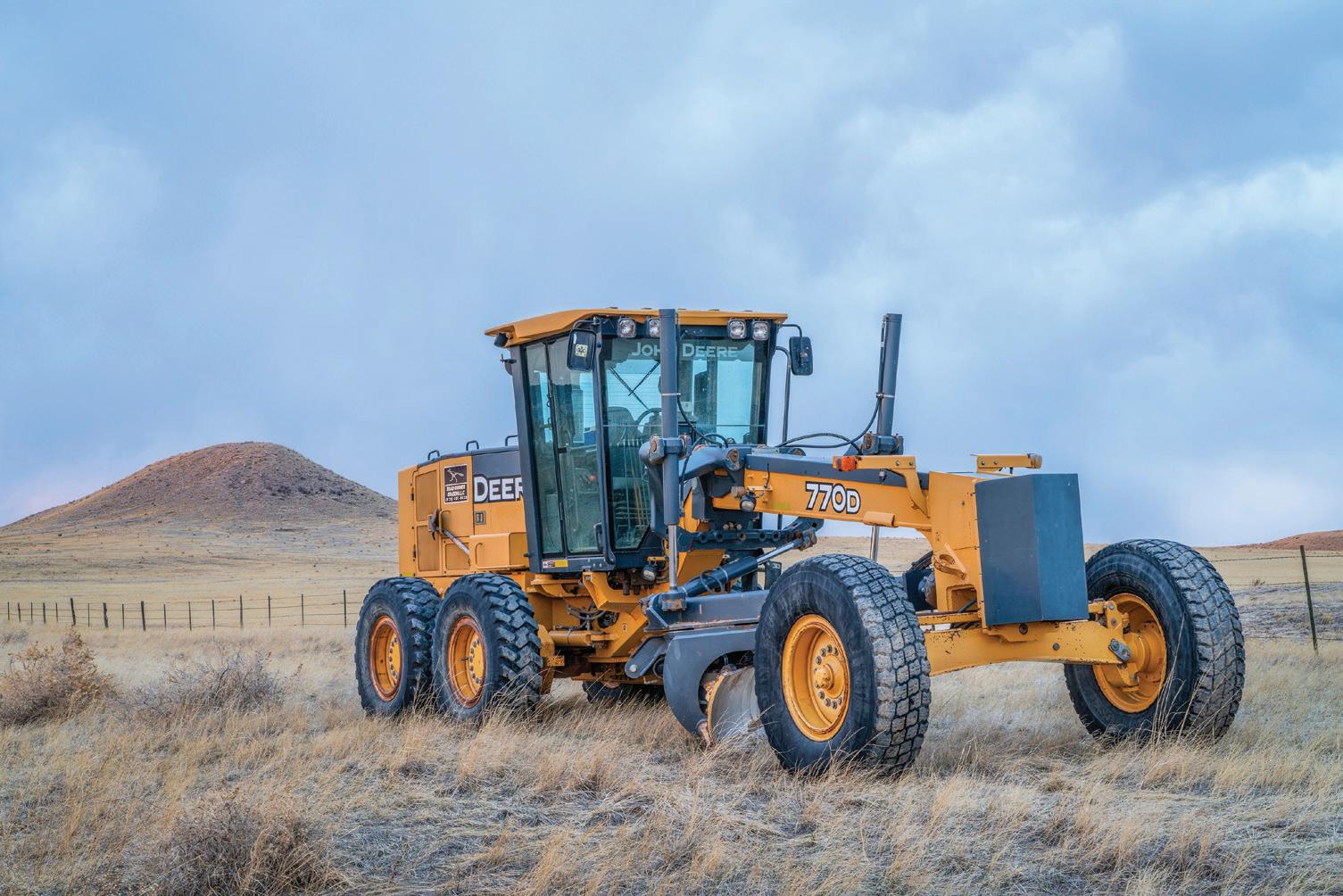
For more information on what Terra Cat offers, visit their website at www.terracat.co.nz.
In 1837, a blacksmith from Vermont named John Deere developed the first commercially successful steel plough, according to the John Deere website.
John Deere is very popular in the farming industry, known for its iconic green colour, especially in tractors and harvesting equipment.
Although John Deere was originally a company dedicated to the farming industry, the company has expanded to other sectors such as lawn and garden equipment, forestry and construction equipment.
Their green colouring can recognise the agriculture equipment of John Deere, whereas their construction equipment is yellow.
Construction equipment by John Deere includes many categories of heavy machinery, including dump trucks, compact truck loaders, graders and more.
To learn more about John Deere and their equipment, visit www.deere.co.nz.
The distinctive blue-green turquoise coloured machinery brand Kobelco is a well-known excavator brand.
According to the Kobelco website, Kobelco has been part of the construction industry for 90 years since the year 1930 in Japan, where they produced their first excavator.
The company supplies their excavators to the construction dealership MIMICO which has four locations across New Zealand in Waikato, Auckland, Paraparaumu and Christchurch.
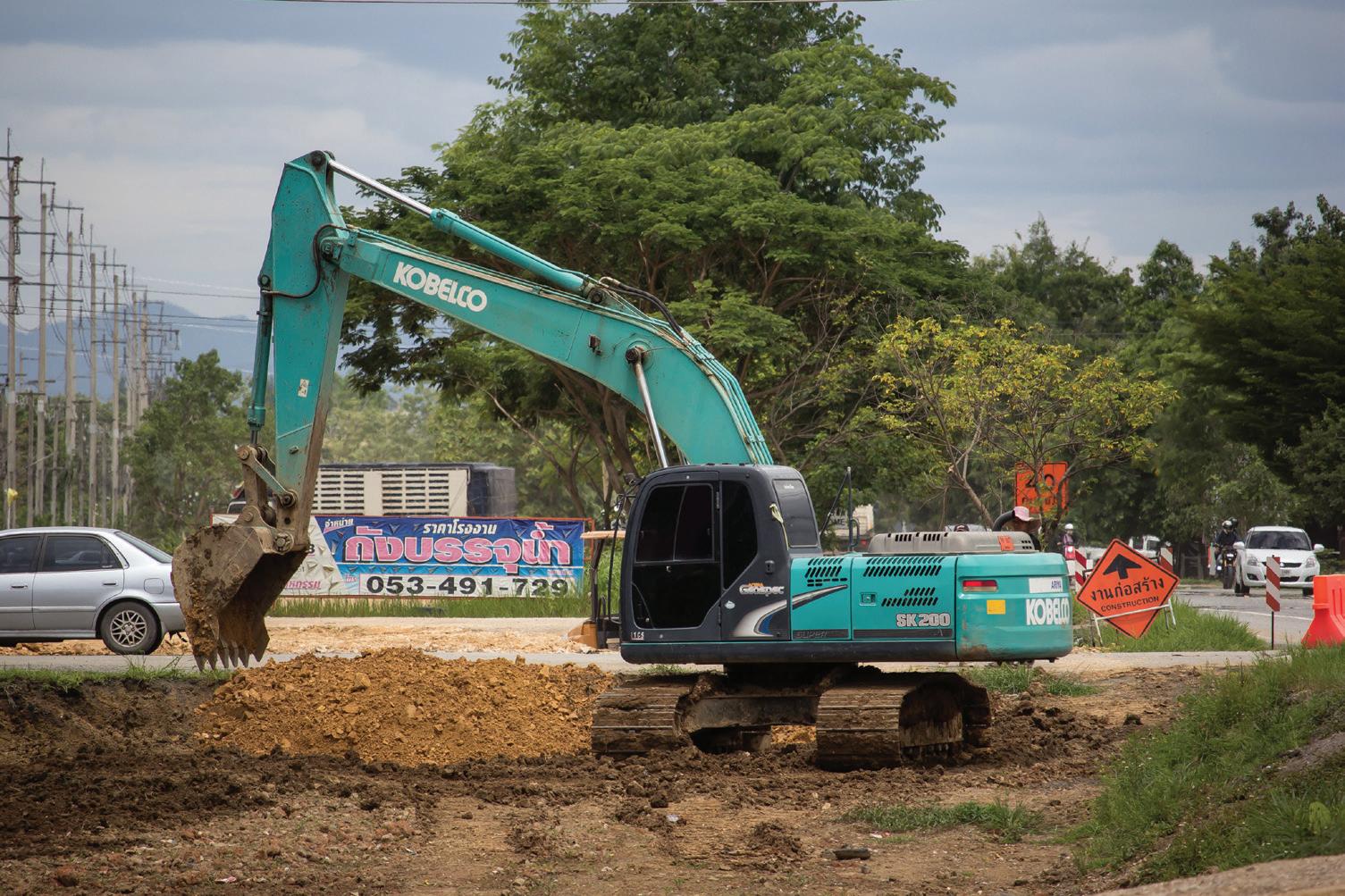
MIMICO added Kobelco to their dealerships in 2011, according to mimico.co.nz.
Kobelco supplies diggers in four categories: mini, medium, large and speciality excavators.
For more information on the excavator brand Kobelco, visit www.kobelco.co.nz.
Construction equipment in New Zealand plays a significant role in the agriculture, forestry, building and construction industry. Excavators or diggers are the most popular heavy machinery used in construction. Not far behind are bulldozers and wheel loaders.
According to statista.com, in 2022, there were around 77.2 thousand businesses in the construction industry alone.
As some of the powerful machinery brands, Komatsu, Terra Cat, John Deere and Kobelco play an essential role in their industry,
providing equipment for construction and building companies.
John Deere Construction, Terra Cat and Komatsu are similar brands in the way of which machinery they provide. They sell excavators, trucks, graders and bulldozers. Kobelco focuses more on multiple types of excavators, from small backyard diggers to large excavators for commercial use. Each of these brands has differences in what kind of machinery they can provide, and a lot of research is required when buying a new piece of equipment for your company or personal use.
Researching their websites and talking to machinery experts is a great way to find the perfect machine for you.
New Zealand has a variety of building and construction companies that are well-known throughout the country.

Video technology can support a fleet safety programme in a variety of ways, from identifying fatigued or distracted drivers and reducing the risk of incidents, through to providing evidence for investigations and insurance claims in the event of a crash.
This technology is continually evolving and can assist fleet managers to mitigate road risk.
Brake NZ director, Caroline Perry says, “Driving for work is a significant health and safety risk to organisations, so it’s essential that you have relevant policies and procedures in place to address risk.

“Technology, including video technology, is evolving rapidly, and there are an increasing number of systems available that aim to improve vehicle and driver safety.
“Knowing what the latest developments are and what to consider when implementing technology can help fleets to ensure they get the most from these systems, helping them to reduce their road risk.”
MiX Telematics Middle East and Australasia managing director, Brodie Von Berg says, “With the increased adoption of AI solutions, fleet operators are demanding evolving technology to provide real-time visibility and control over their fleets and drivers.
“Monitoring driver behaviour with video telematics increases safety, which leads to fewer incidents and fewer claims.”
We all know that stress can affect our decision-making process. Heightened
emotions such as stress, anger or upset are a form of cognitive distraction which can significantly impede drivers’ ability to spot and respond to hazards.
Any number of stressors can affect our driving on a normal day, but during this unprecedented time of a pandemic, in addition to navigating our way through school holiday traffic, our stress levels can go through the roof.
Tips for staying safe on our roads: Distance between your car and the car in front
Always keep a minimum three seconds gap between you and the car in front. When it’s raining and/or foggy double the distance to six seconds no matter what speed you’re doing.
Indicate early
Always indicate when changing lanes, 30-metres wherever practical, to advise other motorists of what you are doing.

Eyes ahead
Drive with your line of sight parallel to the road not looking down onto it. By doing this you see further into the distance so you can be better prepared if there is a problem ahead. It may even mean you can avoid a crash.
Ensure you have enough room to go past the vehicle you are overtaking and not cut them off. Pick you time carefully as overtaking can be quite dangerous and making the wrong decision may result in a serious crash.
Driving at night
Driving at night requires more skill and concentration than at daytime due to your restricted vision. Oncoming headlights can obscure your vision and pedestrians can be near impossible to see. Leave a bigger gap between you and the car in front to allow for your reduced vision and reaction time.
Road rage
Stay relaxed and try not to let other people’s driving skills or decisions worry you.
If another driver makes a mistake don’t get angry - just concentrate on your own driving skills, behaviour and safety.
Remember that travelling during holiday periods can be more-risky because of increased traffic volumes, congestion, tiredness, there are higher numbers of people driving under the influence of alcohol or drugs, and people may be driving in unfamiliar environments. Being courteous and flexible, remembering to share the road with others, allowing increased time for the journey, and scheduling frequent breaks can help drivers to stay safe during these high-pressure periods.
Warning: This article discusses sensitive topics such as suicide.
Mates in Construction has only been in existence since November 2019, but the industry response to the implementation of our suicide prevention programmes has been overwhelmingly positive.

New Zealand is very good at postvention and looking at what happens after a suicide. We all gather together to support whānau and the people who have been affected by the suicide, but what we aren’t so good at going back to the beginning and determining what would have helped prevent suicide in the first place.
MATES is a suicide prevention programme and addresses a worker’s struggles early and connects them to help.
The ‘tough guy’ culture in the construction industry is part of the problem and leads people to hide their thoughts when they are struggling because of the stigma associated with poor mental wellness and asking for help.
Everyone has heard the phrase ‘take a concrete pill and toughen up.’ That attitude is not only prevalent in our industry; it’s a societal issue that we have had for a very
long time and leads to the saying ‘real men don’t talk’.
Ninety-nine percent of the people that we lose to suicide in the construction sector are men who are stoic in their behaviour and recognised as being the guys who do the hard yards.
The tough-guy image of workers in our industry is preventing many people who require help opening up to workmates, family or professionals.
Poor mental health or mental illness is not always a predisposition to someone taking their life. Fifty-two per cent of those who we lose to suicide had no known history of mental illness.
What we do know is suicide can be caused by being unable to cope with whatever is going on in your life at that time. People may have poor mental health due to depression or anxiety, but the stress that comes from life’s daily struggles is a reason that people consider taking their own life. Other things that move people towards the tipping point are being unable to cope with bullying, alcohol, drugs, a poor lifestyle, societal factors including poverty or low education and financial pressures.
One of the most positive moves in recent years is a massive improvement in suicide awareness. We see better messaging about talking to someone when you are struggling or helping your mates if they are struggling. This behaviour is essential and
fits well with the Mates in Construction industry programmes.
However, there is one further step that is needed to make the prevention model work, and that is how do you access support services at an early stage.
When we go onto a worksite, we run a General Awareness Training programme for all workers. We talk about suicide, the effect that it’s having on the industry, and then look at the things that may be contributing to a change in worker’s behaviour.

Then we move on to one of the essential parts of our training. Once behavioural changes have been identified that may point toward a mate is struggling or having thoughts around suicide, we need to know what to do next.
MATES talks about how to navigate that path and gives them the tools to understand how to get there.
MATES is building capacity on-site with a whole-of-community approach. We make sure everyone has the skills and tools in their toolbelt to help a mate or seek help themselves.
Need help and support?
Check out these resources:
Anxiety New Zealand - 0800 ANXIETY (0800 269 4389)
Depression Helpline - 0800 111 757
Kidsline – 0800 54 37 54 (0800 kidsline) for young people up to 18 years of age. Lifeline - 0800 543 354 or (09) 5222 999 within Auckland
Need to Talk? - Call or text 1737 Rural Support Trust - 0800 787 254 (0800 RURAL
Mates in Construction New Zealand Level 1 / 7a McNab Street
Penrose Auckland (09) 302 0535 www.mates.net.nz


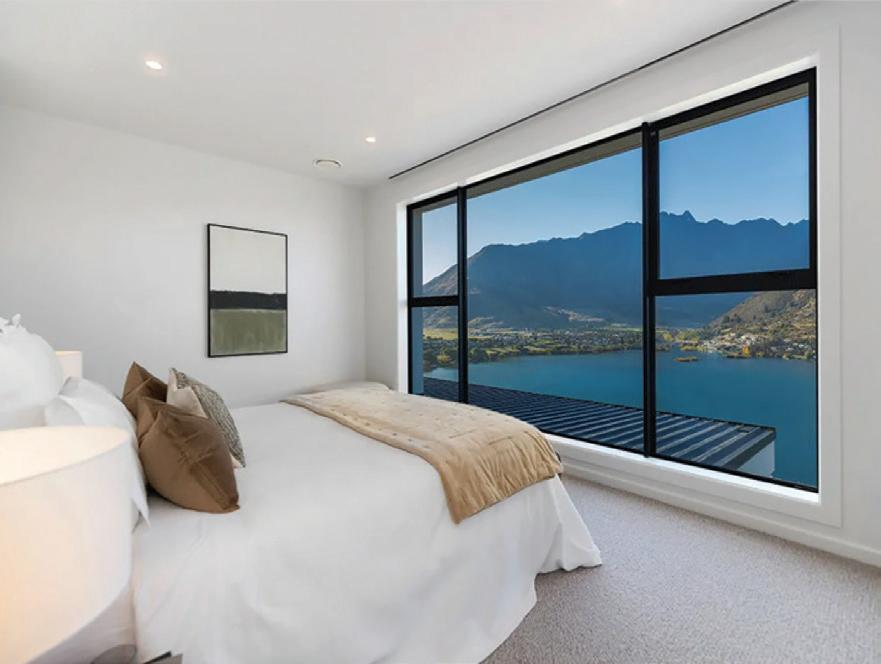






That’s where working with a specialist partner can make all the difference. By partnering with a digital transformation specialist, such as Target State, you can get the most out of these tools and technologies. We have the expertise and knowledge to guide you through the process of digital transformation, from selecting the right tools to integrating them into your workflows.
Our team is here to help you reshape your details, processes, skills, and structures to help achieve your business goals.
It’s essential for businesses in New Zealand to have the latest and quality technology for long-term maintainable success. That’s why at Target State we’re all about being fast and efficient, affordable, supportive, experienced, and knowledgeable and we can help you progress your digital roadmap today.


IT projects – no matter how big or small will be done on time, on point and on budget with us by your side.
A Target State advisor can help you identify the digital tools and technologies that are most relevant to your specific needs, such
as BIM, 3D printing, VR/AR, and wearables. They can also assist you in selecting the right software and hardware to support your workflows, as well as help you understand how to use these tools most effectively.



In addition to providing expert advice, our advisors can also help you overcome any challenges you may face during the digital transformation process. They can provide training and support to your teams, ensuring that everyone is comfortable and confident using the new tools and technologies. This
can help you achieve a smooth transition to a more digital way of working, reducing the risk of disruption to your operations.
Partnering with a specialist in digital transformation can also help you stay up-to-date with the latest trends and advancements in the industry. As technology continues to evolve, it can be challenging to keep pace with the latest developments. Target State will help you stay informed and ensure that you are using the most cuttingedge tools and technologies available.
Partner with us and can ensure that you are using the most effective tools and technologies to deliver better outcomes for your clients.
Visit our website for more information here: targetstate.co.nz
Interested in getting in touch?
Get in touch with us today by calling our team at (09) 832 0833, emailing at info@ targetstate.co.nz, or alternatively heading to our office at Level 26, HSBC Tower, 188 Quay St, Auckland 1010, New Zealand.


As a business owner, you know that incorporating digital tools and technologies can help you work more efficiently, reduce costs, and deliver better outcomes for your clients. However, it can be challenging to take advantage of these technologies, especially if you’re not familiar with the latest advancements.
Our team is here to help you reshape your details, processes, skills, and structures to help achieve your business goals.
With more than 50 years’ experience in the construction sector we are well aware of the needs of the industry. This means we realise how important the safety of your best asset – your staff – is to you and your company’s future.
So, as a national company servicing New Zealanders in the construction industry, we are committed to the safety of your staff.
And when you deal with us you’re dealing with the owner, which means you receive a superior and speedy service – every time.
Our extensive construction knowledge ensures we understand local compliance issues and we realise how critical your deadlines are and we guarantee to be on time – check out our Secureguarantee.
• We guarantee to beat any written quote by 10%
• We guarantee to return all quotes within 48 hours otherwise you will receive the first week rental FREE of charge!
By using Securescaffold you can rest assured that your objectives of safety, cost and meeting deadlines are of paramount importance.
All our equipment is rigorously tested to the highest of standards.
Securescaffold covers all NEW Worksafe working height requirements providing fall protection for builders, painters, home handyman and roofers on new and existing home constructions.

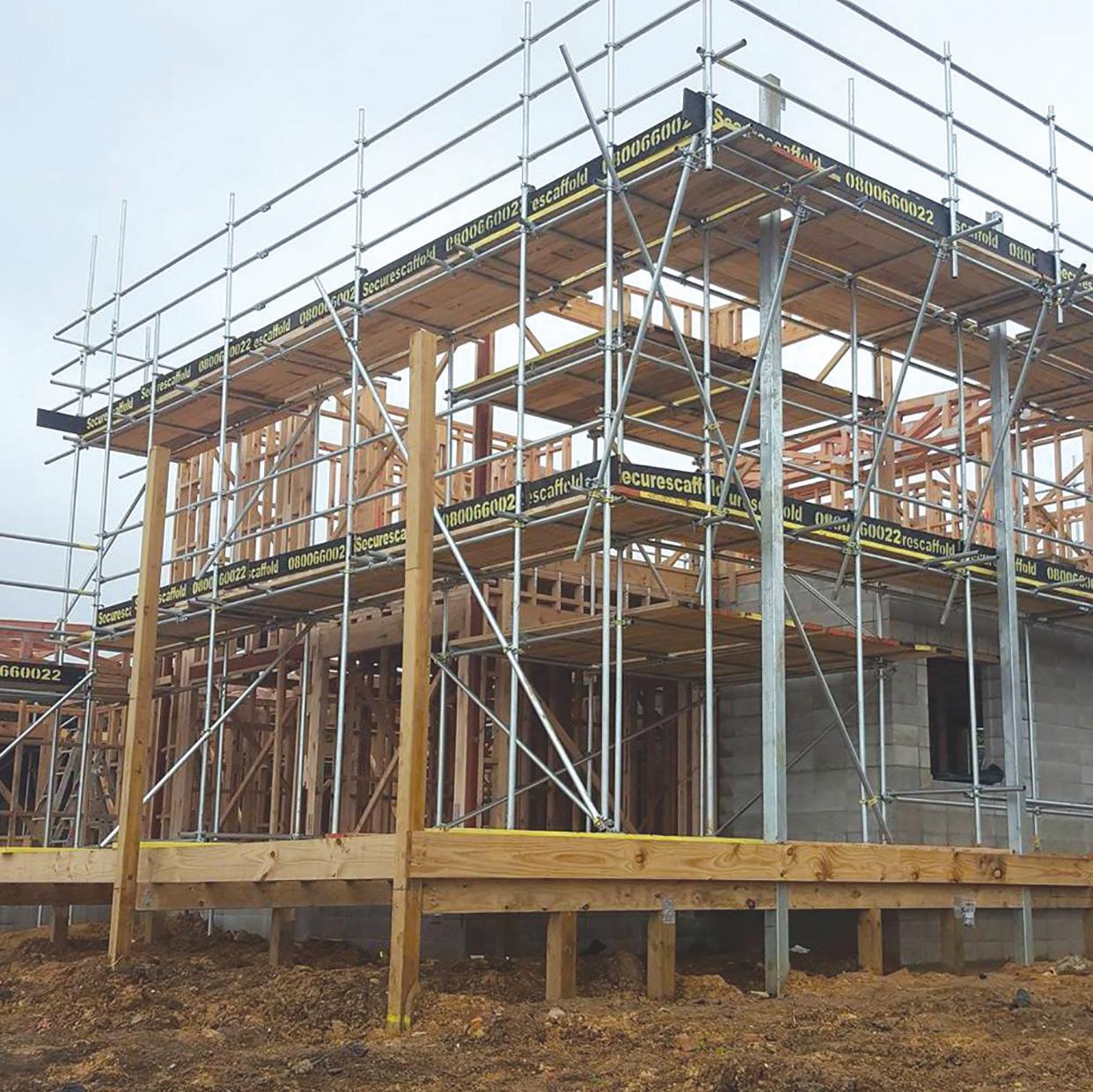
Ask

WorkSafe has recently raised concerns of asbestos, directed at businesses that have recently or are currently refurbishing, as it puts the company and their customers at risk.
Asbestos is a naturally occurring mineral containing strong fibres invisible to the eye. When asbestos is disturbed or removed, the fibres can become airborne and inhaled, posing a significant health risk.
While assessing or removing asbestos, personal protective equipment (PPE) is required to ensure you have the best protection while handling the dangerous mineral.

PPE is required when around asbestos, including respiratory protection which is necessary to avoid inhalation, overalls which decrease the risk of carrying fibres away from the work area, and appropriate non-laced footwear, alternatively disposable foot covers When renovating your business or home, the best option is to hire a surveyor to ensure you or any other workers in the building during refurbishment are not harmed by asbestos.
To identify if asbestos is present in a building, contracting an asbestos surveyor to assess the area is the best approach. The surveyor will need to be trained and knowledgeable in asbestos and, if need be, the removal process.
Before removing asbestos, it is necessary to find a safe disposal site. Your local council can advise you where to find the best place that takes asbestos waste.
For safety purposes, when disposing of asbestos, it is advised to double bag any materials that have come into contact with asbestos and firmly seal the bags with a tight knot and adhesive tape. Clearly name the bag identifying the asbestos materials. General Inspectorate head from WorkSafe, Simon Humphries, says “It’s not ok to assume there is no risk and you are in the clear. Businesses have a duty to identify and manage risks associated with asbestos, and management plans are required for workplaces where asbestos or asbestoscontaining material has been identified or is likely to be present”.
Businesses need a management plan for when the case arises if asbestos is detected. Such a plan sets out where any identified asbestos or asbestos-containing material is present and how it is managed.
A Person Conducting a Business or Undertaking (PCBU) must make sure a copy of their asbestos management plan is accessible and understandable to workers.
The PCBU in a business must review and revise (if needed) the asbestos management plan every five years or when:
• Asbestos controls are reviewed
• Asbestos is removed, disturbed, sealed or enclosed
• The plan needs to be revised to manage the asbestos risks. For example, if new asbestos is identified or a previously inaccessible area is now accessible.
Representatives and workers of the business may request a review of the asbestos management plan if needed, and they can raise their concerns with the PCBU.
Worksafe says buildings built before the year 2000 are more likely to contain dangerous materials such as asbestos. Therefore, businesses within these buildings are advised to prepare an asbestos management plan.
If a business or worker is concerned they may have come into contact with asbestos, they must monitor their health.
When in contact with asbestos, there is a risk that you may develop related diseases. However, there is a long period of time between exposure and the possible diagnosis of a related illness.


To monitor your health after exposure to asbestos, you should get a physical
examination, including the respiratory system, a chest x-ray and a lung function test. Medical practitioners should also research your demographic, medical and occupational history. Then, if needed, your doctor may need to do further testing.
You must get tested four weeks within exposure, and ongoing testing must be carried out every five years after exposure. Cancer and asbestosis are related diseases that may appear during a medical examination.
“WorkSafe has comprehensive information on its website to help businesses and people understand the risks of asbestos and how to manage them,” Simon Humphries says.
Businesses can head to the WorkSafe website for a business management plan template. For more information, visit: worksafe.govt.nz.








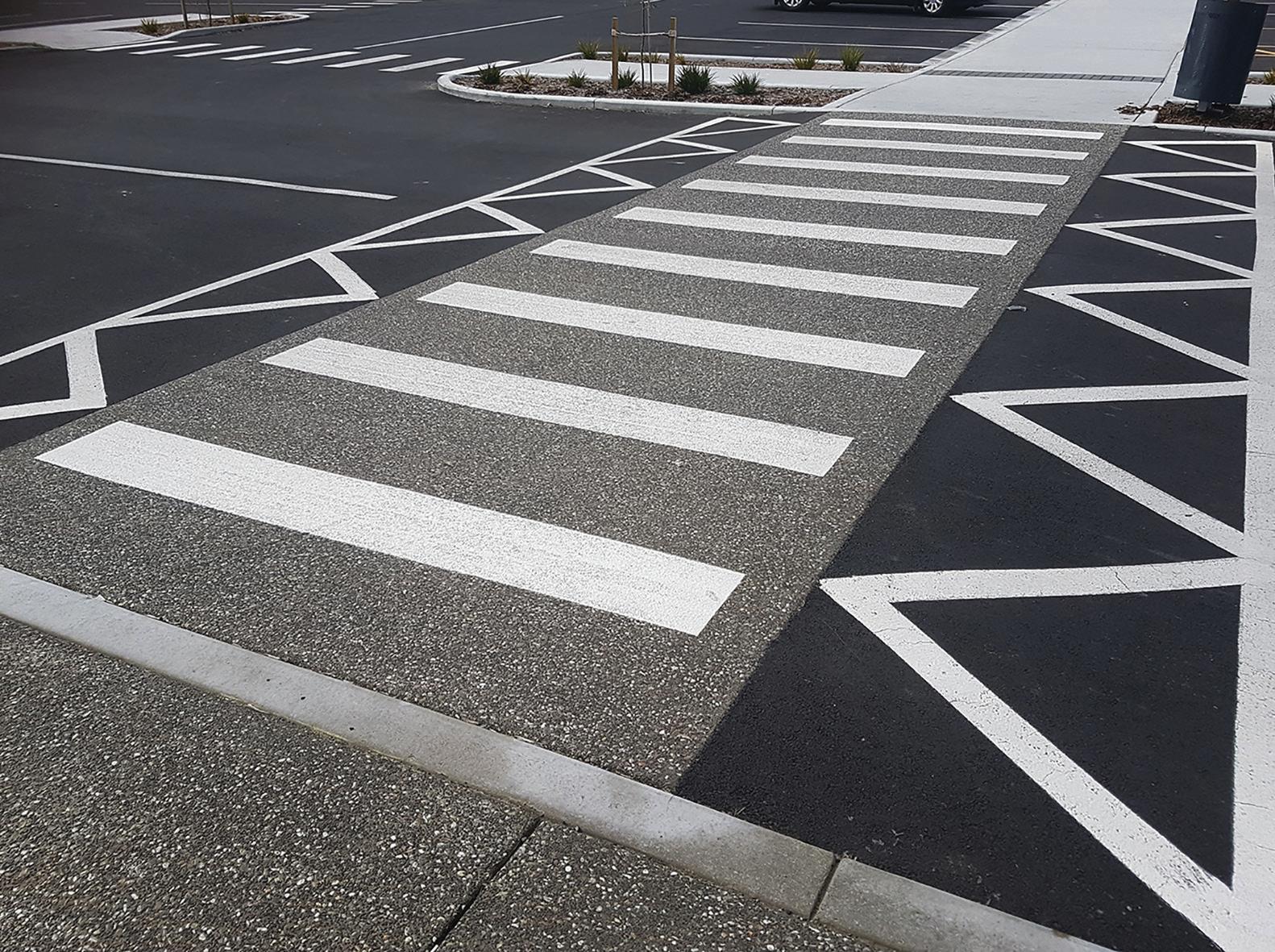
The team provides many services throughout the South Island for commercial and residential customers.
Concrete services include working on the driveway, patios and paths, commercial, coloured concrete, exposed aggregate, and kerbing.
They also provide phenomenal kerbing services such as commercial sites, roading projects or subdivisions.
The friendly team is South Island’s leading concrete and hardscaping professionals providing complete packages for schoolyard projects that include excavation, concrete, kerbing, paving, and asphalt.

What makes the company stand out is they work with specialised trucks, trailers and machinery, 12 kerb machines and 24 profiles to accommodate South Island’s council requirements, ensuring they can work whenever needed. Last year they poured 10,000m2 of concrete and laid over 40,000m of kerbing, which is a lot!

Residential and rural work is covered whether it’s for new builds or replacement projects, Canterbury Kerb and Concrete provide excellent concrete and hardscaping

packages including concrete finishes, exposed aggregate, coloured concrete, plain concrete, stamped concrete, and infill using colour and stencilling.
Whether it’s removing or replacing a residential driveway or doing a new kerb on a state highway or subdivision, no matter how big or small the project is the team is able to do it to their best ability.
They have the management, people, skills, and machinery to get the job done on time, every time.
These experts offer attention to detail, advice, various options, and the latest trends with free on-site construction and a quote, which is a bonus!
The company also takes its health and safety seriously. They’re committed to ensuring their staff, sub-contractors and customers are safe by following the Health and Safety at Work Act 2015.
Another huge focus is on staff development. Every team member shares similar values, perspectives and goals, and do everything they can to achieve these goals along the way. Leadership and team culture is really important to them and they strive to deliver exceptional services due to team work.
What’s not to like about the team? They aim to ensure their yard is kept tidy, their fleet is always up-to-date and offer complete concrete packages to commercial
and residential on time and on budget - just how customers like it.
They’re all about accepting various challenges, taking responsibility, having pride, teamwork, and building strong relationships with people.
Check out the website online for more information about the company, services provided, projects they’ve worked on, the latest news, positive testimonials, great footage and photos of their previous projects, to enquire, and more here: www.ckc.nz
Get in touch today by calling (0800 024 220) or contact the owner Alan Judd at (021) 228 4236.




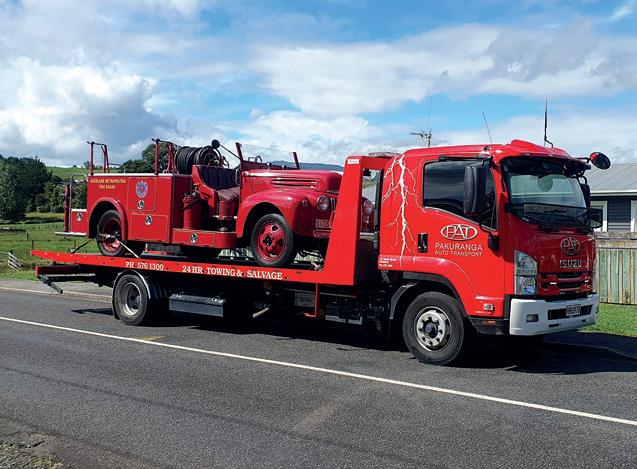

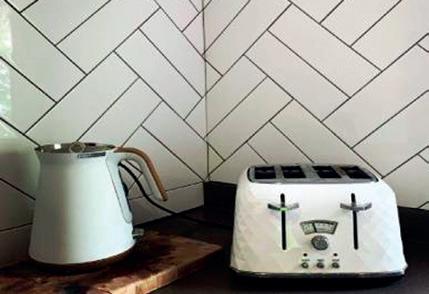




Te Hā Noa is the renewed Victoria Street and was slated to begin construction on the 11th of April, according to an Auckland Council publication.

The green light for construction to begin on the eastern section of Te Hā Noa – from Elliot Street to Kitchener Street – was given in mid-March.
Head of City Centre Programmes for Auckland Council, Jenny Larking, says Te Hā Noa is a flagship for contemporary urban design, putting people at its heart.
“The design of Te Hā Noa supports the way we know people want to live, work and spend leisure time.
“They want fast and seamless access to everything – jobs, entertainment, restaurants, parks and universities,” Jenny says.
“It’s important for us to build an Auckland that is internationally competitive, a city that attracts the worlds top talent.
“We want people to aspire to live and work here, so our streets and spaces are designed to offer healthy and attractive lifestyles.”
The street will become a tree-lined walking street with one lane of cars in each direction, a greater visibility of Māori art and design and more places for people to sit and relax.
Jenny says the magic will be in the trees. More than 20 native trees will be planted along the edges of Te Hā Noa, adding to the city centres expanding urban forest. This is designed to provide shade and shelter, cool the city and soak up carbon.
The trees will be planted in special tree pits, excavated and back filled with a combination
of organic and structural material, keeping the roots safe from heavy equipment and vehicles while allowing them to flourish.
In order to ensure the street works with the city in all facets, the council has closely worked with City Rail Link, Watercare, Auckland Transport and Vector.
“Sequencing construction to minimise the impact for neighbouring businesses and residents is central to our planning for the delivery of Te Hā Noa,” Jenny says.
“We have paid particular attention to working collaboratively with our partners to make sure we don’t cause any more disruption than we absolutely need to.
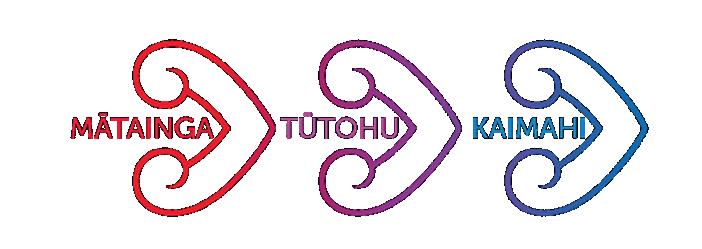


“Our plan is to deliver the street in chunks, minimising impact while optimising efficiency,” she says.
Auckland Transport’s Programme Director City Centre, Graeme Gunthorp, is excited about the ways Te Hā Noa will allow Auckland to maximise the potential of the City Rail Link.
We want people to aspire to live and work here, so our streets and spaces are designed to offer healthy and attractive lifestyles.
Te Waihorotiu Station is predicted to become the busiest train station in New Zealand, with thousands of people using it and flowing out onto Victoria Street every day.
“Te Waihorotiu Station is predicted to become the busiest train station in New Zealand, with thousands of people using it and flowing out onto Victoria Street every day.
“We need to make it as easy as possible for people to get to wherever they are going.
“Wider footpaths and a protected cycleway will allow safe and effortless connections between walking, cycling and public transport,” Graeme says.
The new station has been described as the jewel in the crown in terms of the midtown upgrades. It is expected to be Aotearoa’s New Zealand’s busiest train station.
This plan has been a carefully considered upgrade since it first made the pages of the City Centre Masterplan in 2012.
Now, the council predicts that Aucklanders will be able to see the first part of Victoria Street, in its new form, by the end of 2023. In another publication from the Auckland City Council, Jenny has described the upgrades to midtown as exciting. She says she thinks it will feel like people are in a new city. “It just a few years’ time, it will be unrecognisable and, not only will it look different, but the way people use the city will be different,” she says. Jenny says they want to cultivate an experience that makes people want to go to the city centre, not just for work but to experience arts, culture, shopping and hospitality they won’t find anywhere else.

“Land is scarce in the city centre so our streets need to be repurposed so that they’re no longer just serving traffic movement but also serving as a gathering place,” Jenny says.
“People don’t have backyards so we are creating spaces where they can get together with neighbours and friends and watch the world go by.”
For more information, visit:
www.ourauckland.aucklandcouncil.govt.nz/ news/2023/03/construction-process-for-teha-noa-set-to-begin-on-11-april
www.ourauckland.aucklandcouncil.govt.nz/ news/2022/09/it-will-feel-like-a-new-cityhow-midtown-will-transform-thecity-centre







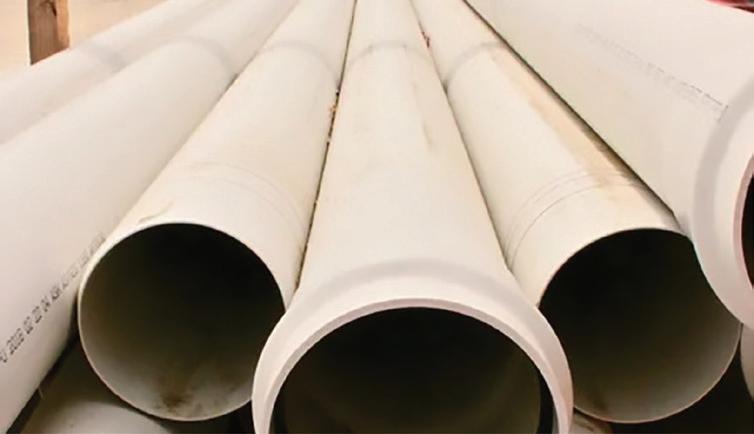

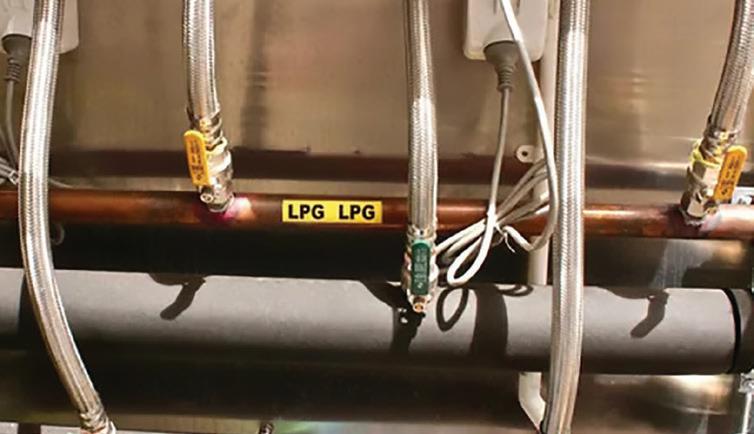
Oamaru, located in North Otago, is well known for its direct route to Dunedin on State Highway One and for being the steampunk capital of New Zealand.
The Oamaru Harbour is a popular destination among locals and tourists, providing a steampunk-themed playground, Holmes Wharf, Friendly Bay and the ocean end of the Alps 2 Ocean cycle trail.
New upgrades are planned for the harbour, which will provide a new footpath on Waterloo Road between McKeown Group and the intersection with The Esplanade, were due to begin in May.

This is the second part of the Oamaru Harbour footpath upgrades. The first part of the upgrades was completed in July/August 2022, connecting another path between Scotts Brewing and The Galley, which then joins on to Holmes Wharf.

A new raised crossing will also be installed to slow traffic turning into The Esplanade.

On time, on the job
Call us today on 027 431 8086 for free advice and quotes.
2 Bellevue Street, Belleknowes, Dunedin
McNab Plumbing provide all services for plumbing, gas fitting and drainage in Dunedin, Otago. We pride ourselves on being punctual, affordable and transparent. With decades of experience and plenty of happy customers - residential and commercial - we get the job done time and again.
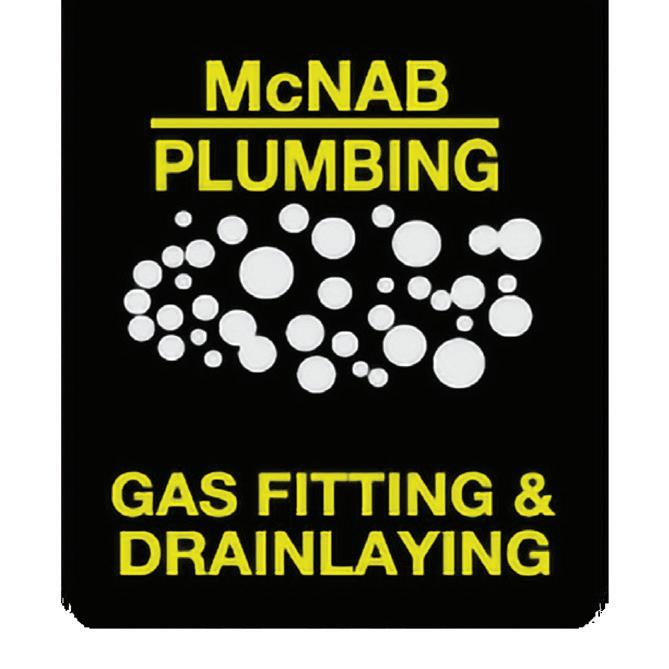
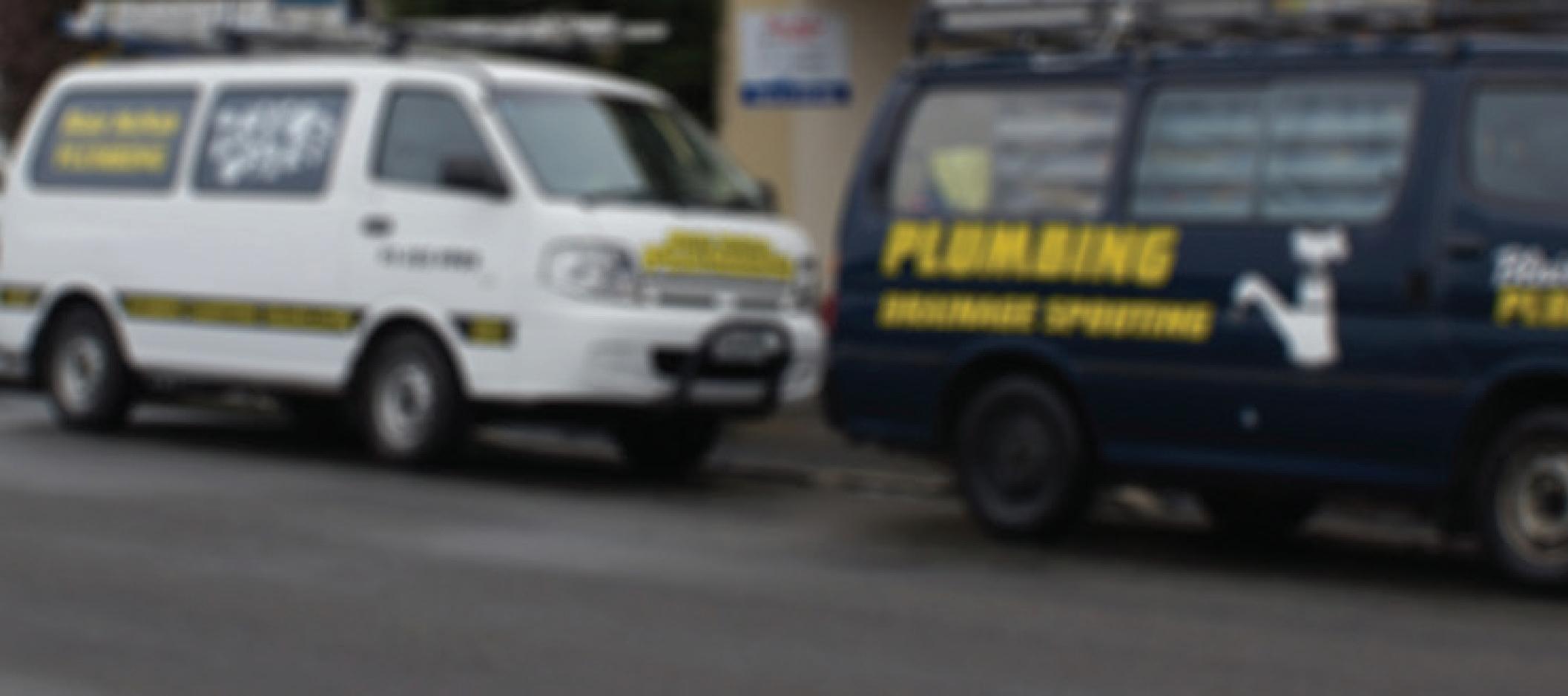
blair@mcnabplumbing.co.nz | www.mcnabplumbing.co.nz

Assets operations manager Joshua Rendell says, “The Oamaru Harbour area is really taking shape and is being enjoyed by many.
“This area is used quite a lot by walkers and cyclists, construction of the new footpath away from the roadside will assist in making this area safer for all.”
The footpath is expected to start work this year in May, with Whitestone Contracting to complete the job.
The footpath construction timeline depends on weather and other priorities required by the Council.
Local wildlife is not expected to be impacted by the work as the area is close to buildings, roads and rail.
During the footpath construction, there may be limited impact on traffic, although traffic management will be in place for the safety of the workers on site.
Project manager Erik van der Spek says, “The Oamaru Harbour area is enjoyed by those who both live in or visit the district. This is an important area to make safer and more accessible to all visitors”.
The budget for the two new footpaths at the Oamaru Harbour will be within $180,000, which the Council has approved.
The blue line on the diagram highlights the intended works.
For more information and to view the Oamaru Harbour Plan on installing the new footpath, visit the Waitaki District Council website: waitaki.govt.nz.
This area is used quite a lot by walkers and cyclists, construction of the new footpath away from the roadside will assist in making this area safer for all.

Having an Insurance Adviser can really help with ensuring you are covered correctly and having a “go to” person when a claim arises.
It’s important to have a relationship with an adviser because you know they have your best interests at heart and will support you through reviewing different cover options and assisting you through processes, like setting up policies and lodging claims.

Abby took on the responsibility and privilege of looking after her father’s clients and business in January 2021 when he chose to retire after 42 years in the insurance industry. Abby is one of three Directors of Umbrella Group which has their main office based in Masterton and another office in Greytown and has clients spanning the country.
With over 10 years industry experience in both Australia and New Zealand, Abby is fully qualified to assist clients in a range of insurances from home, car and contents



policies, to a variety of business insurances and commercial covers and also for Life, Trauma, Income Protection and Health insurance. Umbrella Group has access to a wide range of insurance providers so the best product that suits client’s needs is easily found. Abby is passionate about people having the right covers in place to ensure that when bad things happen, her clients will be looked after, and money is one less thing to worry about. With the recent natural disasters occurring, both abroad and in New Zealand, the importance of having yourself, your assets and your livelihood protected is well illustrated.
If you are wanting to review your current insurance covers or discuss taking out insurance cover, give Abby a call.
Abby returned home in mid 2019 after living in Melbourne for 8 years; whilst in Melbourne, Abby managed a team of 18 in the superannuation insurance industry. She primarily dealt with life and trauma claims. Due to her experience as both a Case Manager and a Team Leader, she is well versed in the claims process and understands the importance of having the correct covers in place.
Deciphering insurance, policy documents, what you’re covered for and how to navigate a claim can be an overwhelming task and experience.
Abby is passionate about people having the right covers in place to ensure that when bad things happen, her clients will be looked after
The Gearbox Factory is your one stop drivetrain shop, whose focus is providing the country with top-class service and transmission solutions, thus creating the ultimate customer experience.
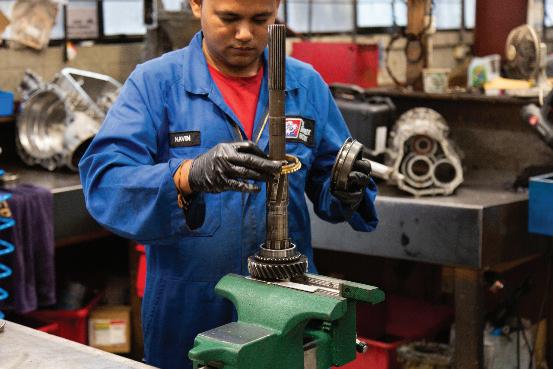


They have been servicing, repairing, overhauling, and replacing transmissions for over 49 years. Overall, their experience has positioned The Gearbox Factory as one of the top transmission repairers in the country. Based in Auckland’s East Tamaki, the family run business is a staple for the automotive industry, which services the entire country from top to bottom. To help gain a better understanding, here is an explanation of their different departments and what they specialize in…
Automatic Department:
The largest department of The Gearbox Factory, these guys have over 100 years’ experience shared between them. Since the beginning, this section has adapted and trained their staff with the latest information available to the world including the inception of CVT, DSG and DCT transmissions. Having this knowledge has kept them ahead of the trends and always up to date. Steve Hamilton, the Automatic Sales Manager, who joined the company in 1997, has dealt with thousands of transmissions through the years, coupled with his experience in engineering and engine reconditioning, he has helped develop tailored overhaul packages and modifications to most automatics The Gearbox Factory rebuild. Steph Dakin, Office and Service Manager, and so much more, handles all the service enquiries along with co-ordinating the Torque Converter department. Steph has exceptional customer service skills and has been with the company since 2015.
Manual Department:
This section encompasses all the gear driven components of your vehicle. Covering differentials (front and rear), 4WD/4X4 transfer case, wheel bearings, clutches, and of course manual gearboxes. Although the team have been rebuilding
manuals since the beginning, over the years 4WD vehicles have become hugely popular with manufacturers producing plenty of different models to the world and New Zealand markets. As these 4WD systems started to fail, The Gearbox Factory geared up with the latest equipment and specialist tools, ready to take these complicated systems on. Chris Hogg, the Manual Department Manager, joined the company in 1994. He started as a rebuilder and then became more of a foreman/manager with an officebased role. His engineering, plus overall workshop experience has helped develop a database of problem-solving techniques and diagnostics to make sure they are top of the industry. For Auckland based customers, thinking their gearbox may have an issue, The Gearbox Factory provides a free, no obligation roadtest which is easily done through phone booking.
Torque Converter Department:
Torque converters are vital for the operation of an automatic transmission. With any transmission overhaul, torque converters require the same treatment. The Gearbox Factory has devoted their machine shop and a comprehensive range of torque converter parts available to service the entire country’s retail and trade customers. With the latest transmissions utilizing the torque converter’s lock-up, more and more vehicles often require a torque converter rebuild before the transmission does. The Gearbox Factory can check, monitor, and diagnose any torque converter fault, with their latest diagnostic tools and experienced technicians. To prevent premature torque converter failure, servicing the transmission with correct fluid is paramount.
Fitting Department:
The Gearbox Factory’s fitting department covers the removal and installation of all various drivetrain components including servicing, clutch replacements, differentials, automatics, and manuals. The workshop is fitted out with 6 heavy duty 2 post hoists and one 4 post hoist to handle the even heavier duty vehicles (trucks up to 5,000 kg’s). Once the vehicles are diagnosed and ready to be repaired, they are sent to the fitters and scheduled in for the first part of the process. Their team of 4 are challenged daily but apply all their years of mechanical background experience to tackle all sorts of various makes and models coming through the factory doors.
Servicing:
Within the Auckland area, The Gearbox Factory service all passenger and light commercial vehicles with most filters and gaskets in stock readily available. This can be easily priced over the phone and booked in with plenty of weekly slots available.
For all service and repair enquiries contact The Gearbox Factory on 09 274 8340 / 0800 4432 7269 or visit their website www.gearboxfactory.co.nz

Over the years 4WD vehicles have become hugely popular with manufacturers producing plenty of different models to the world and New Zealand markets. As these 4WD systems started to fail, The Gearbox Factory geared up with the latest equipment and specialist tools, ready to take these complicated systems on.
The Gearbox Factory can check, monitor, and diagnose any torque converter fault, with their latest diagnostic tools and experienced technicians. To prevent premature torque converter failure, servicing the transmission with correct fluid is paramount.





